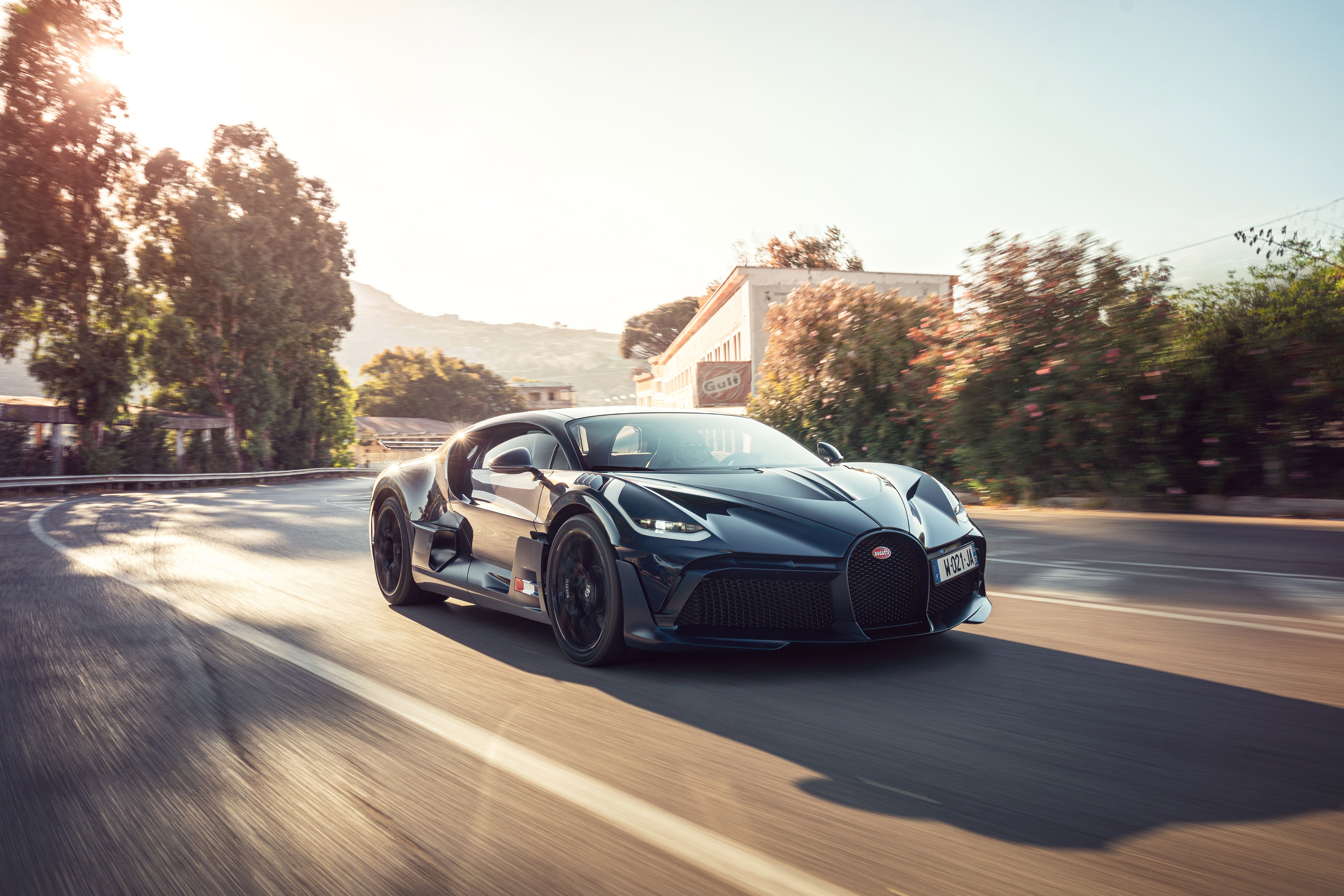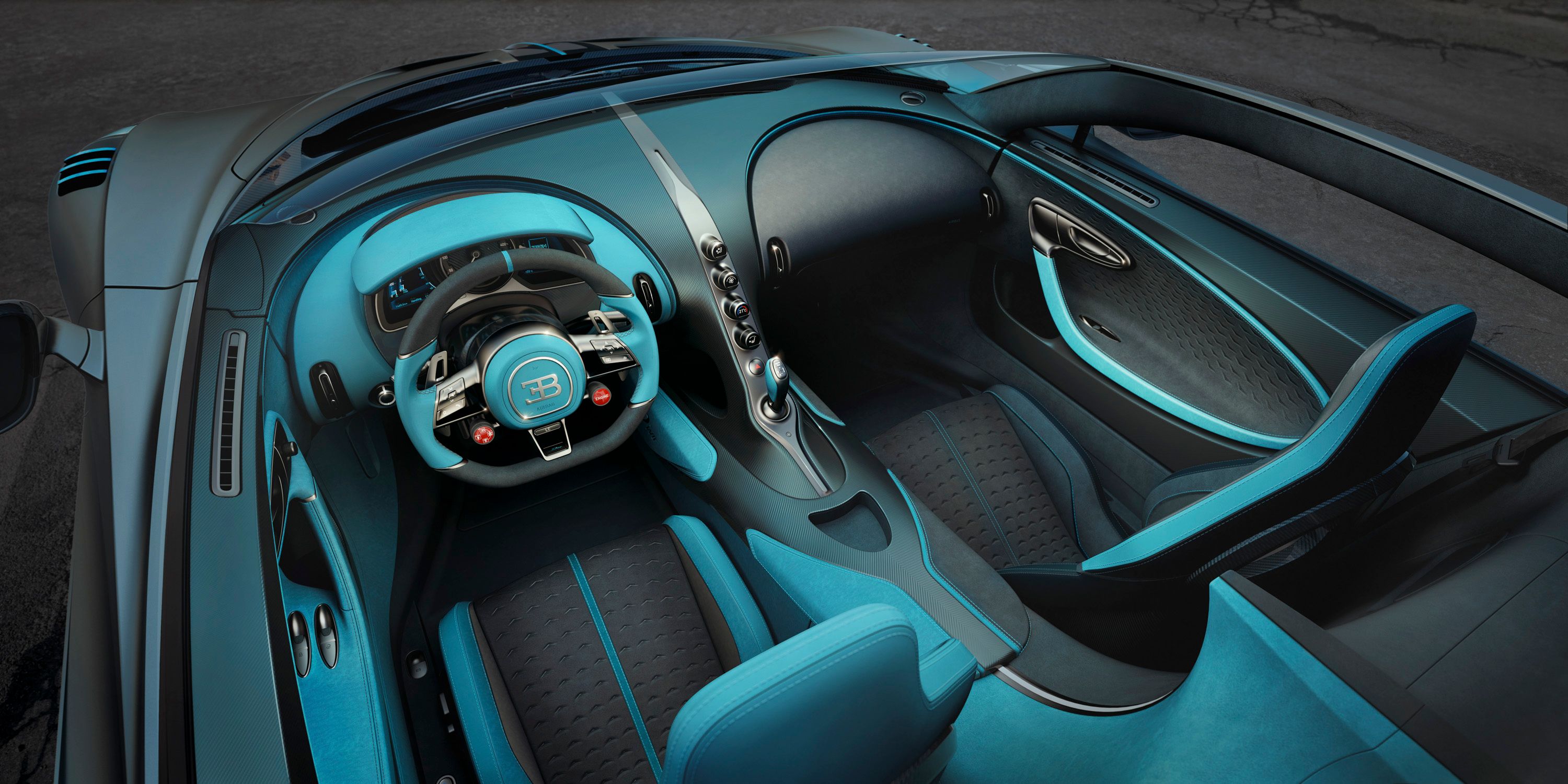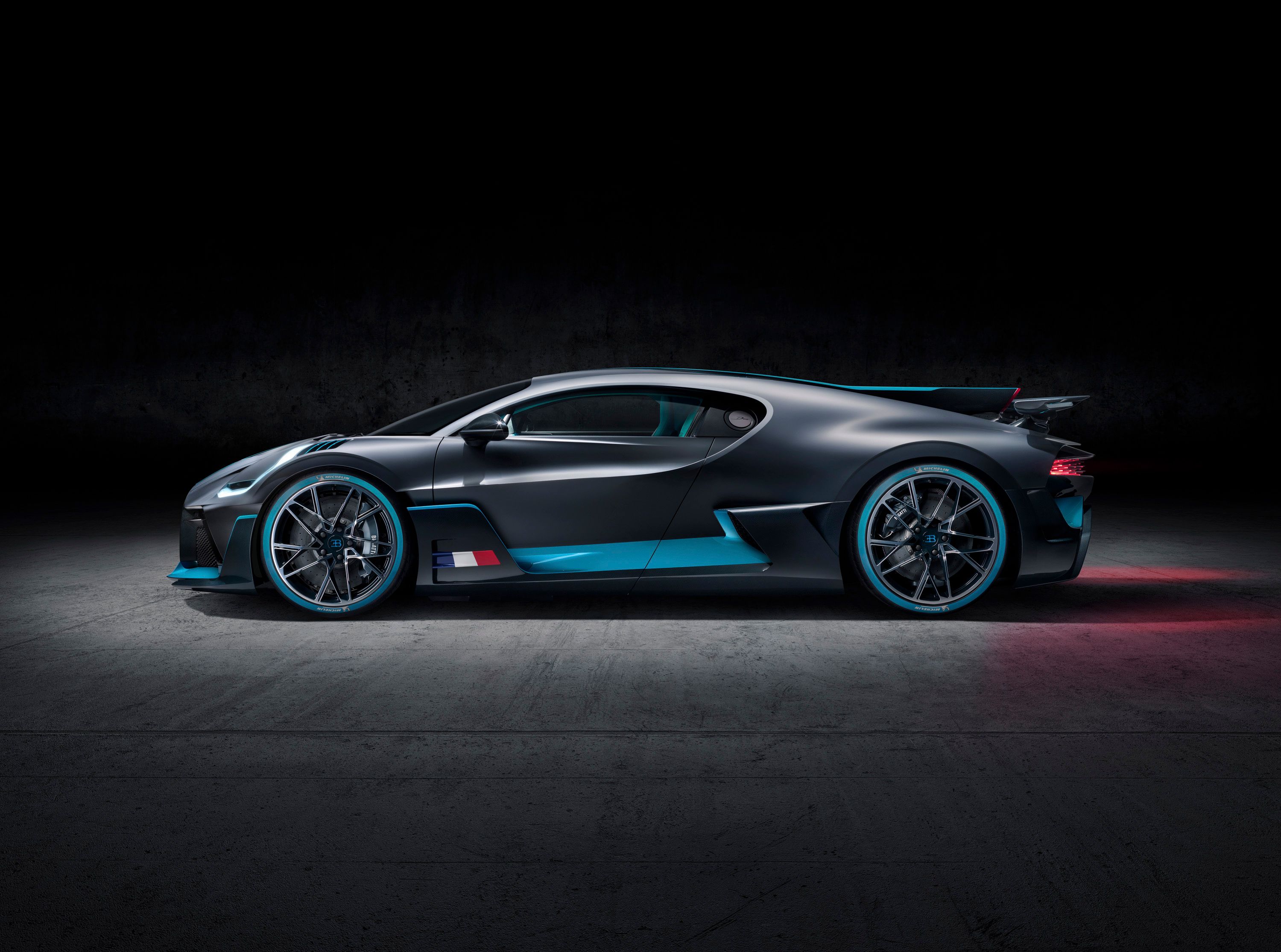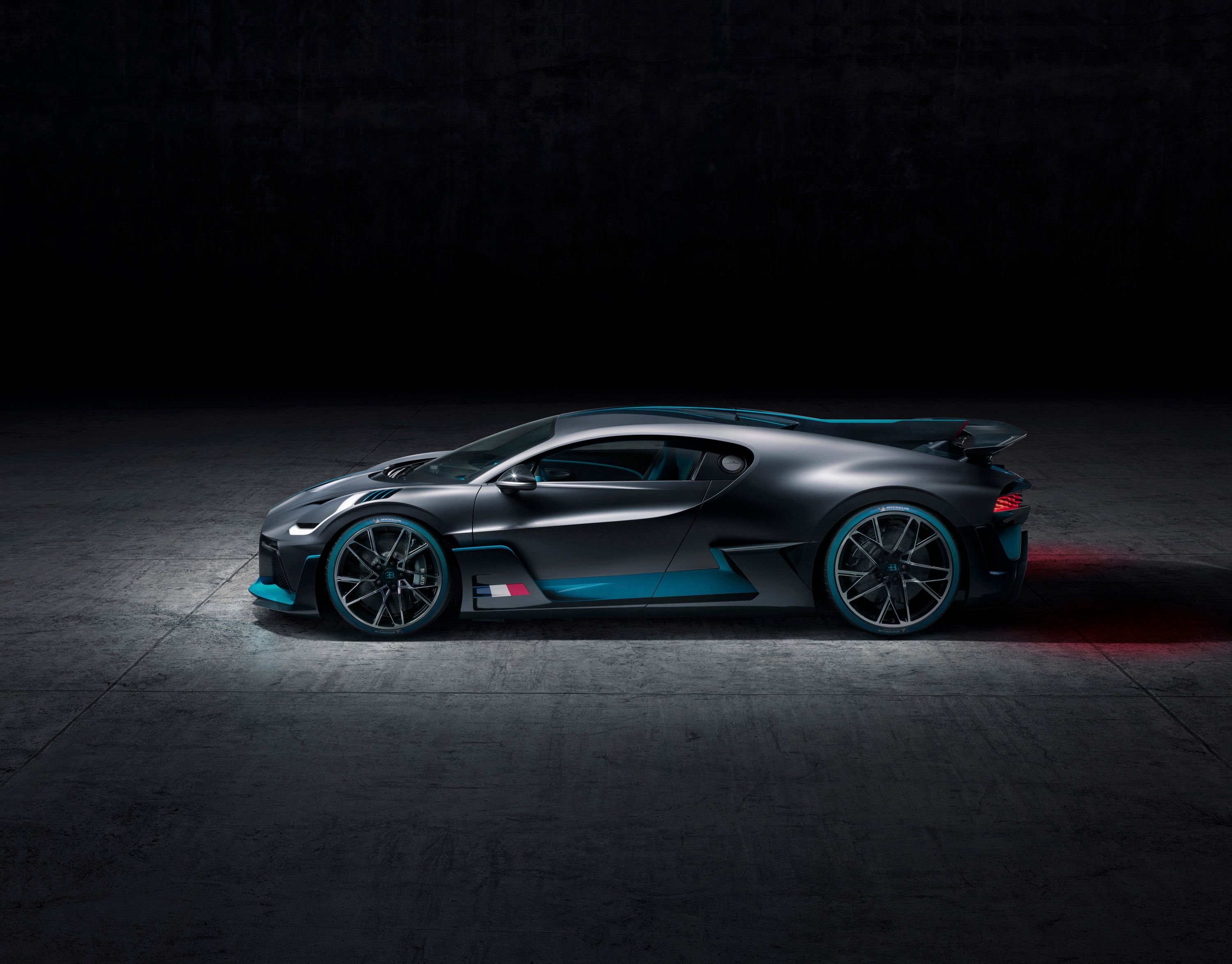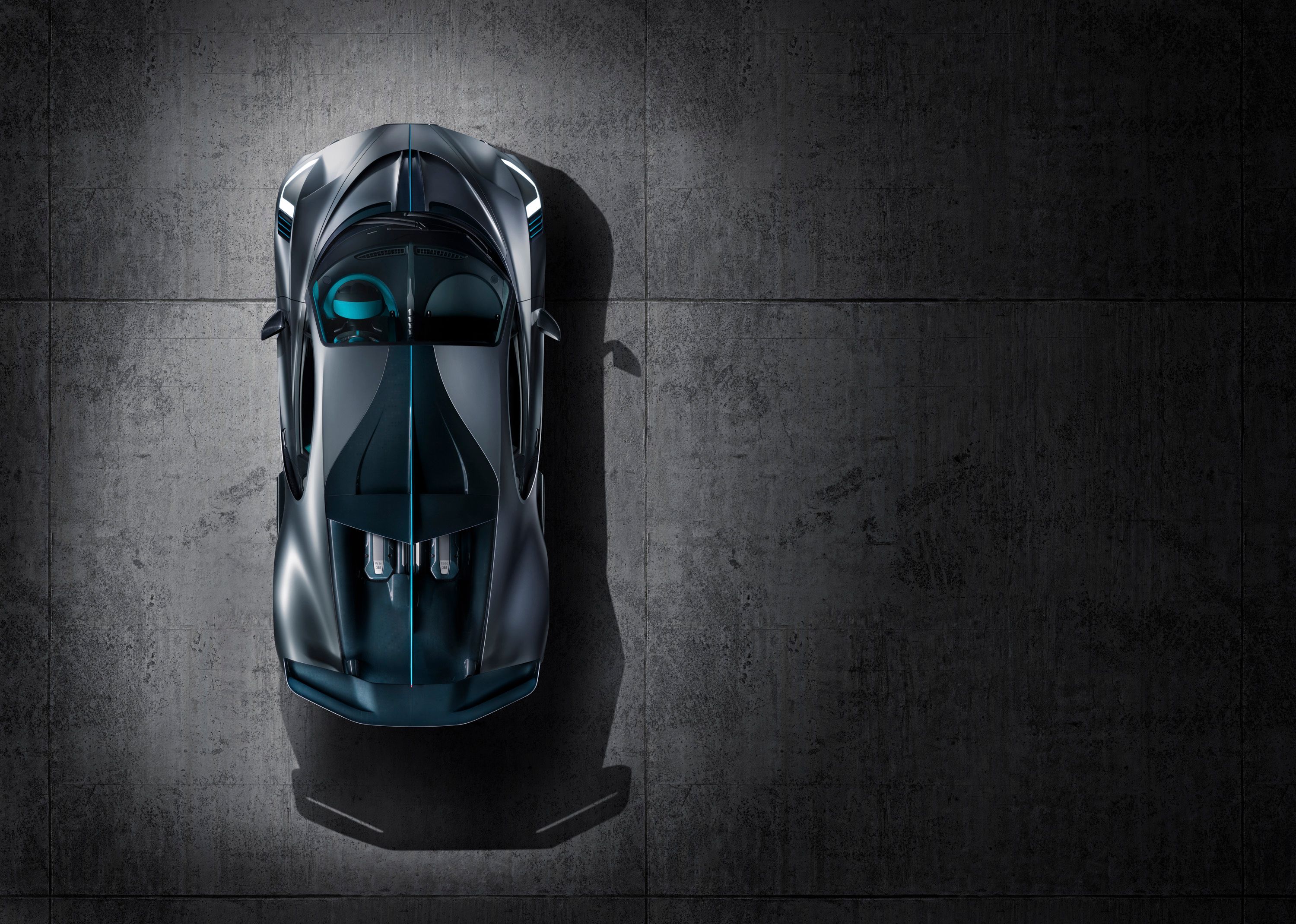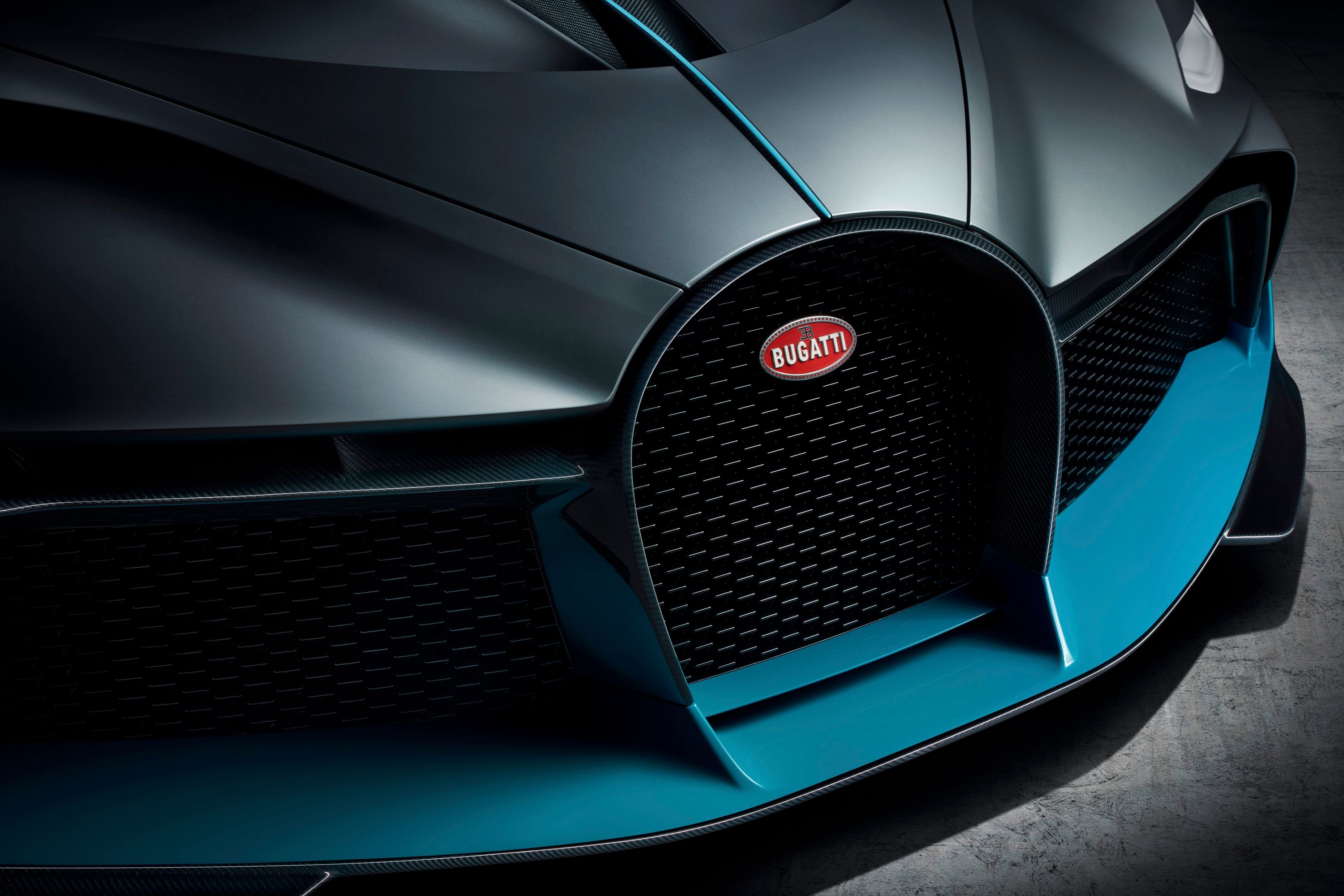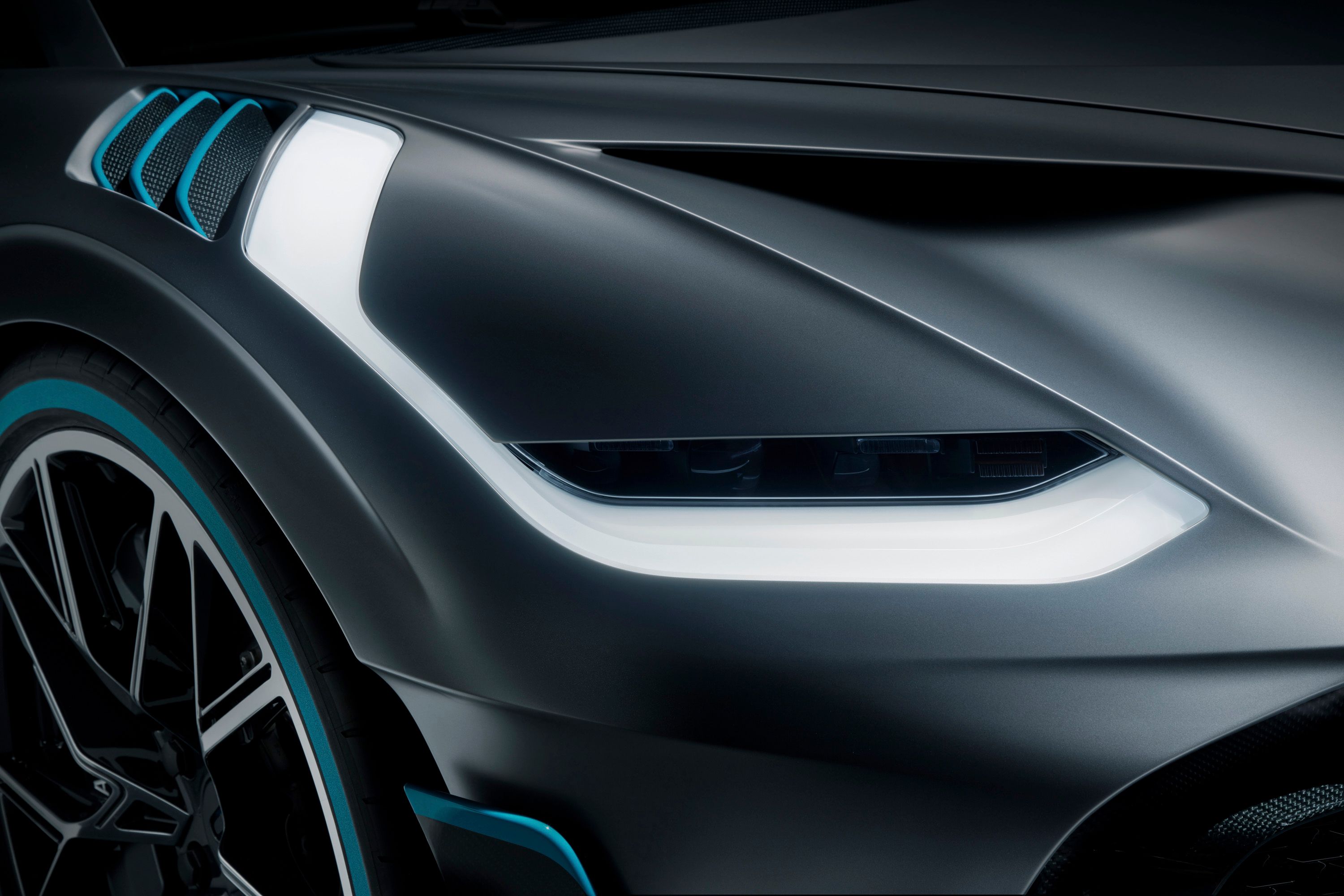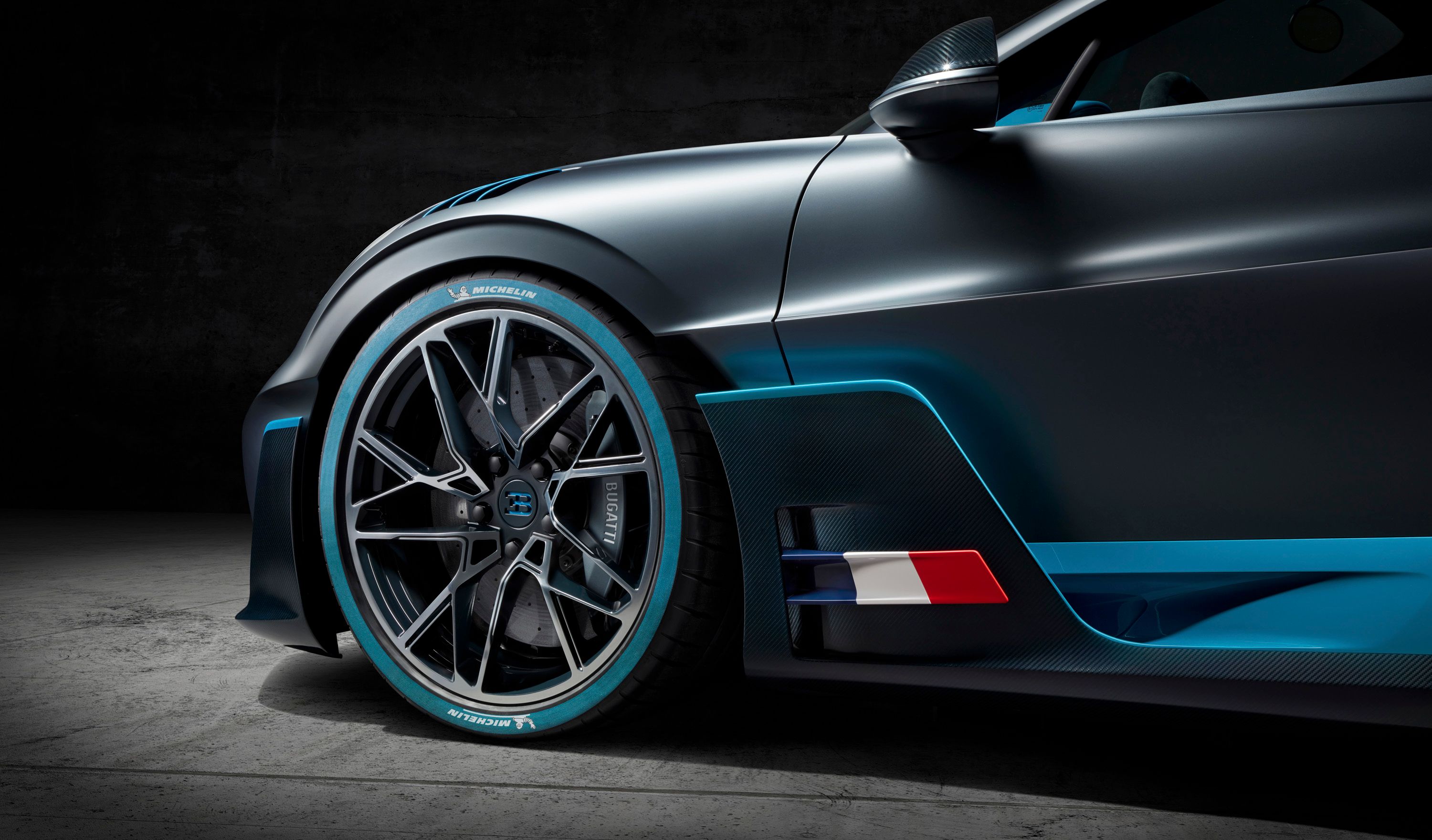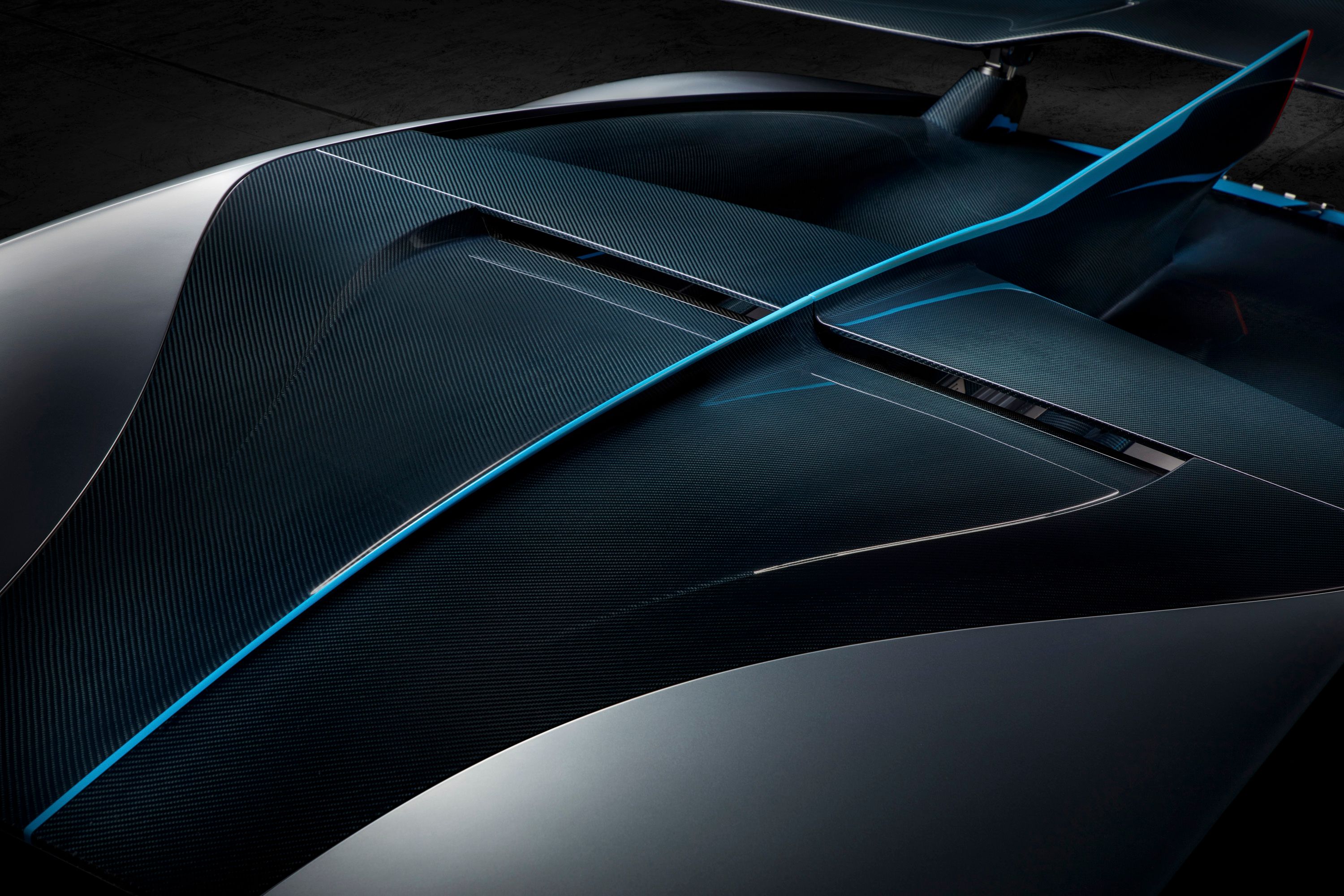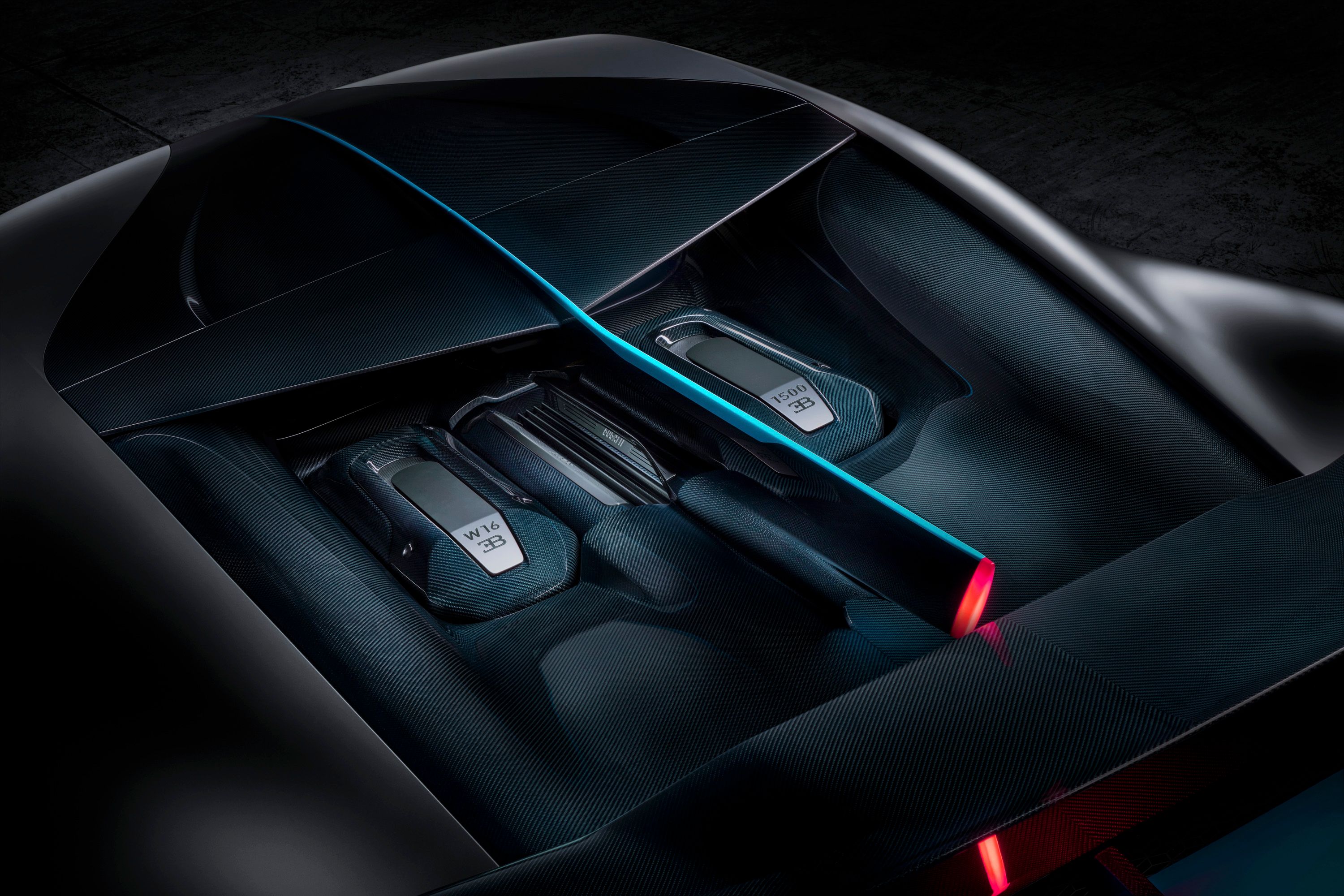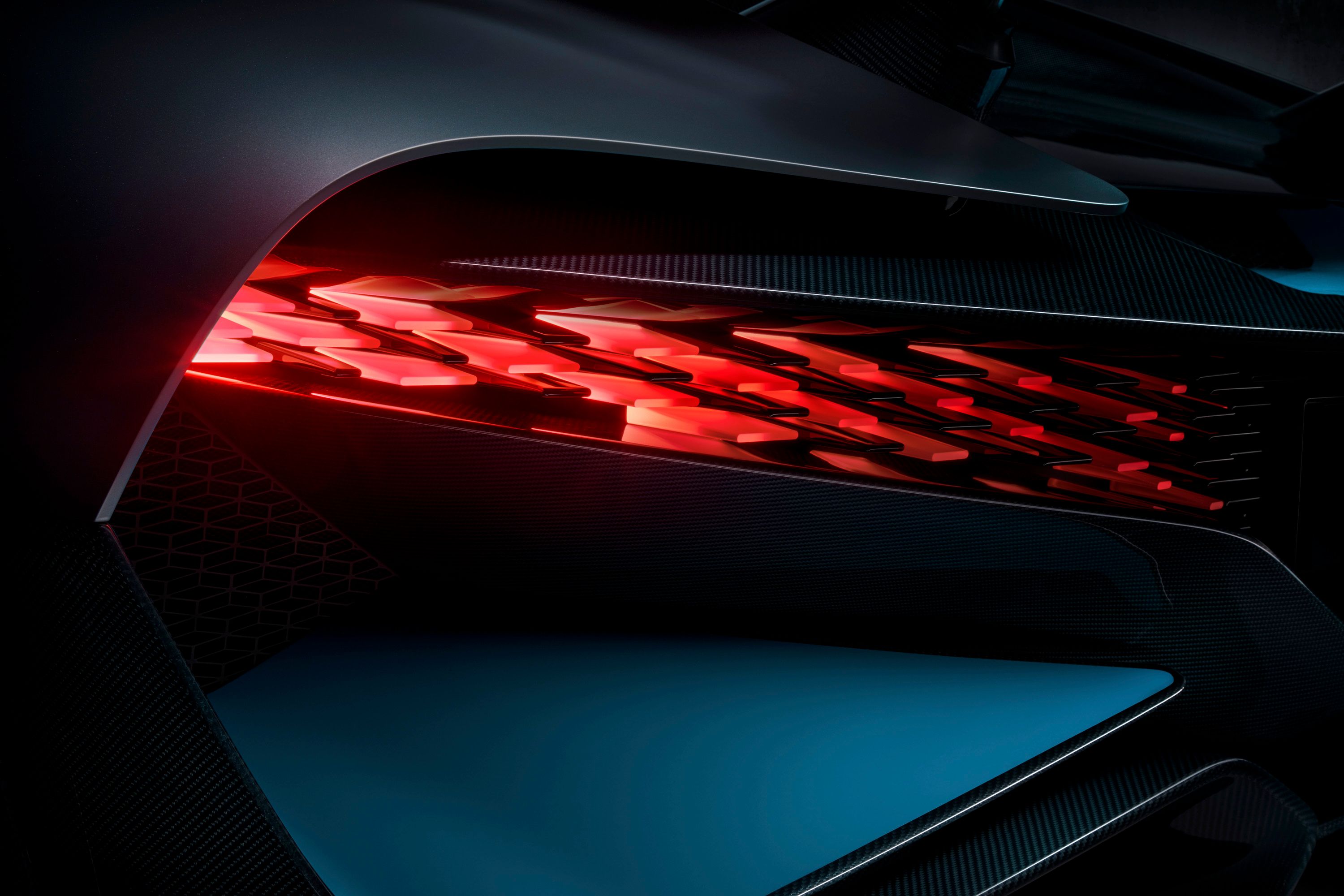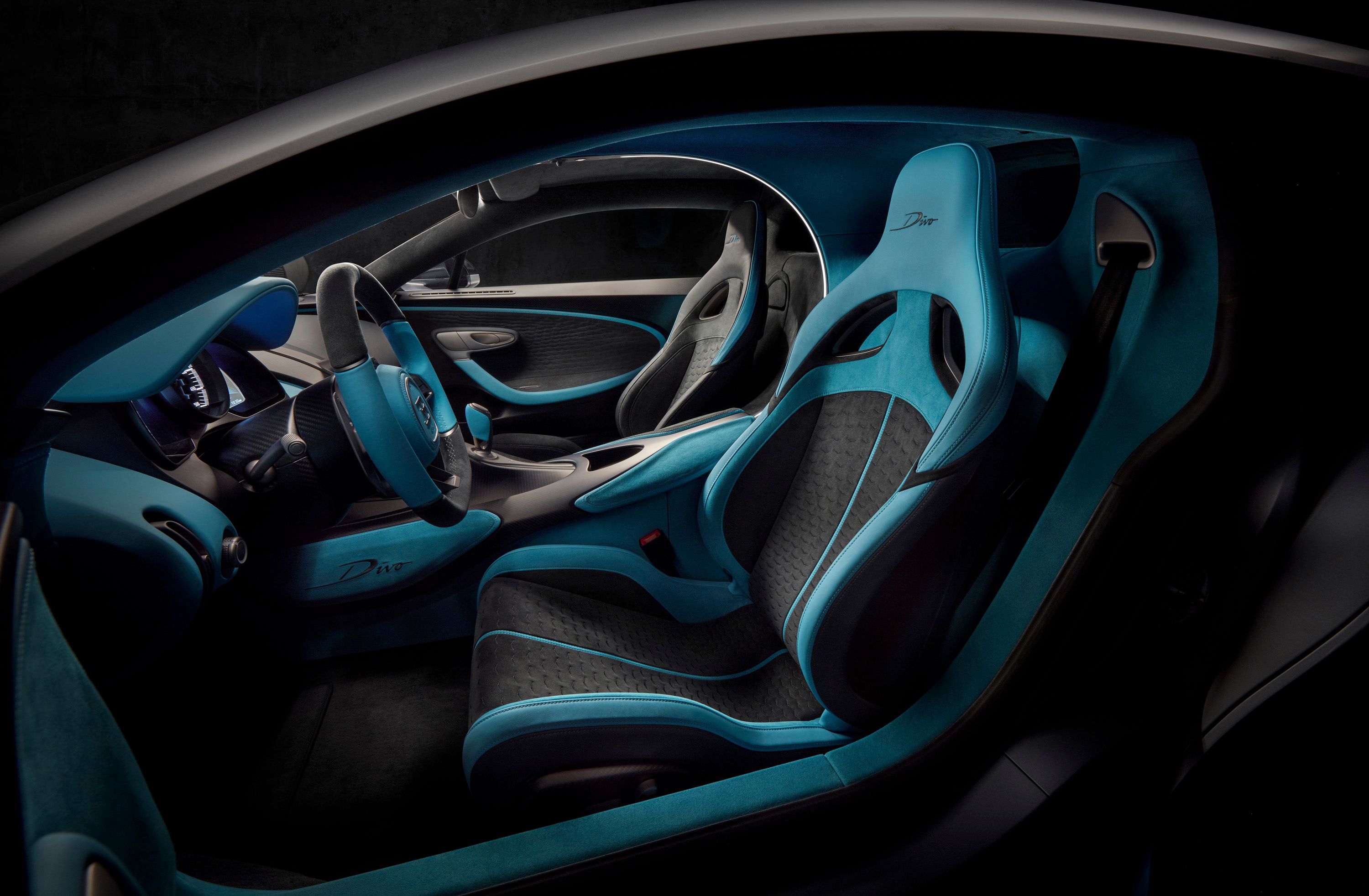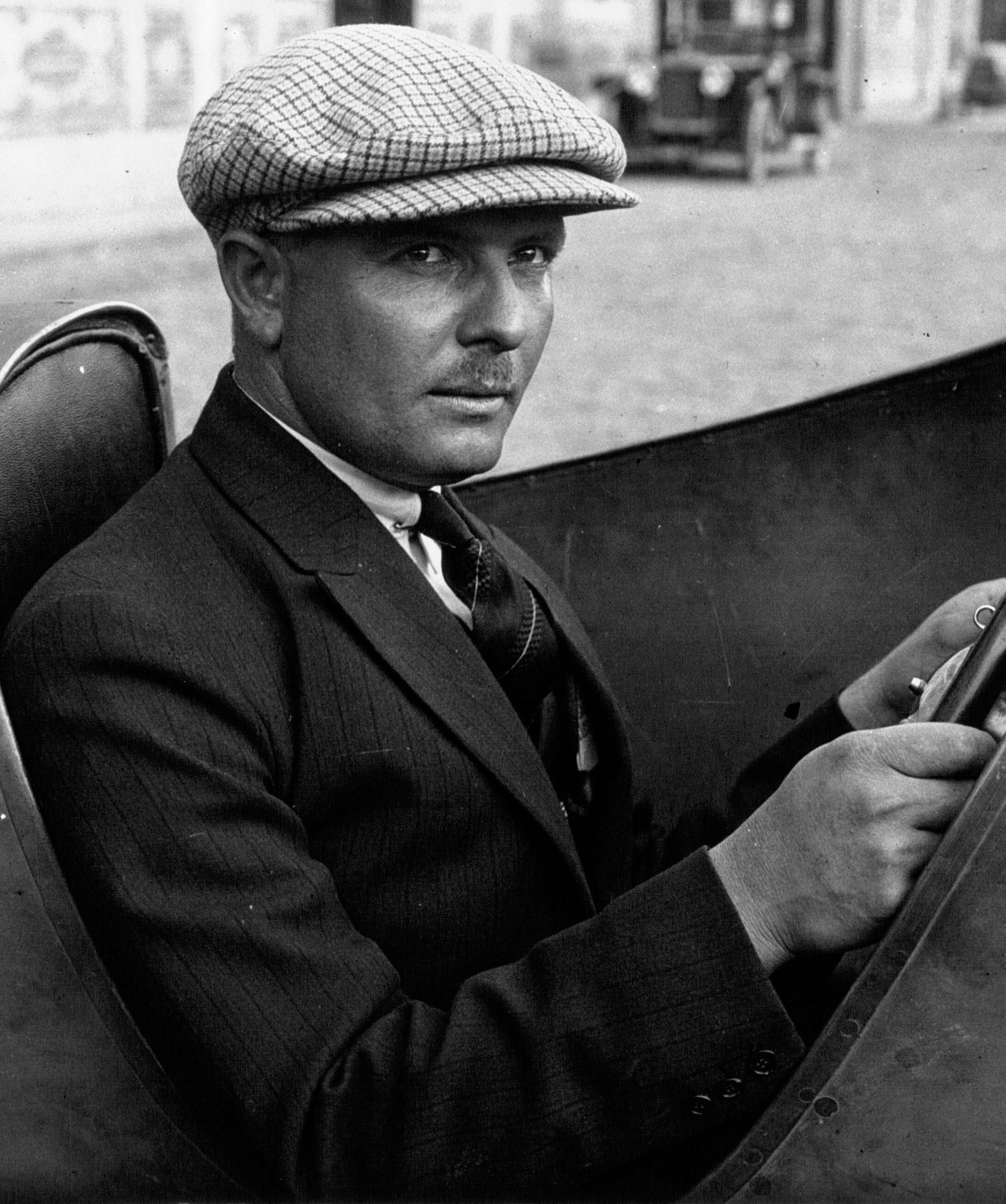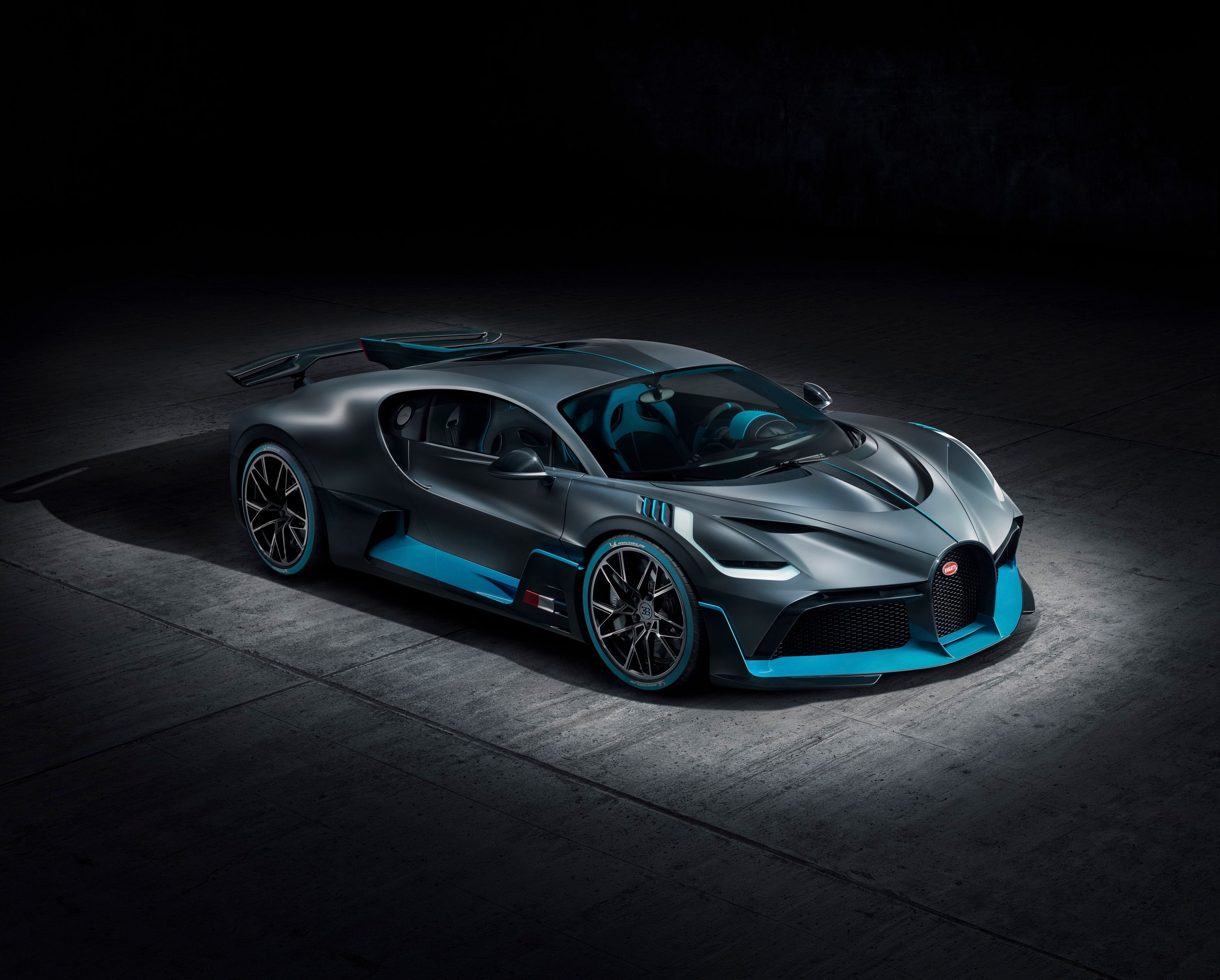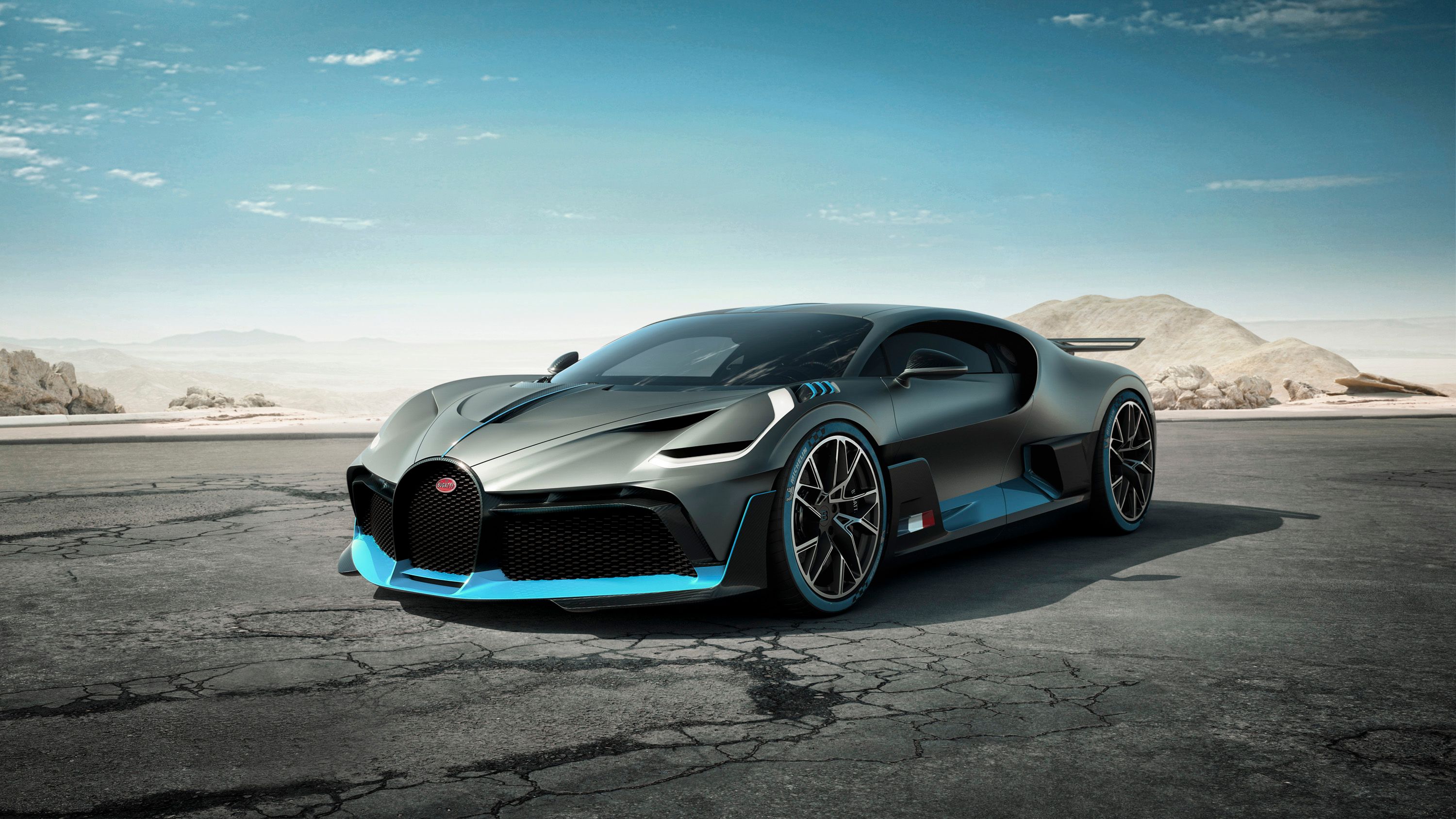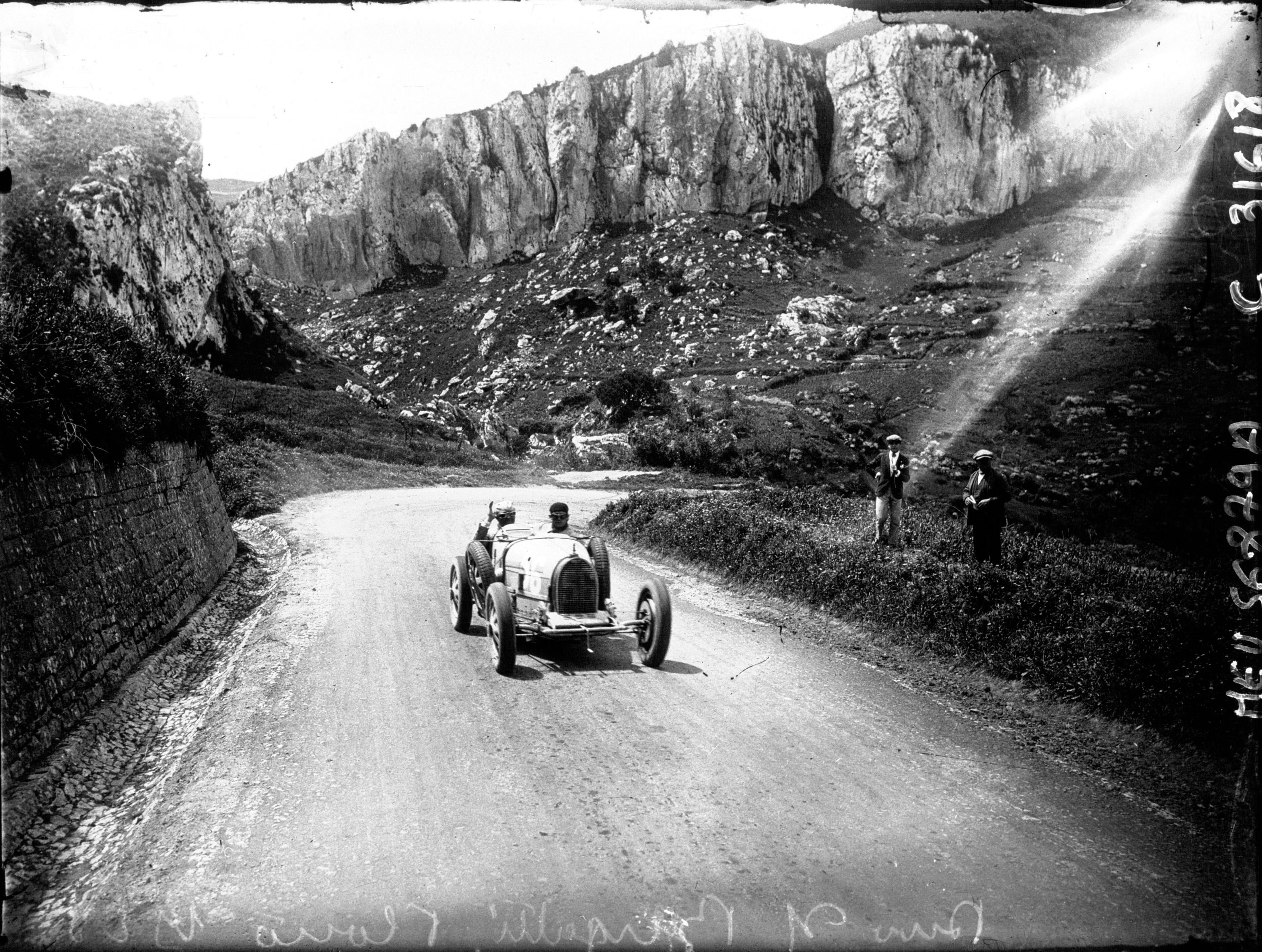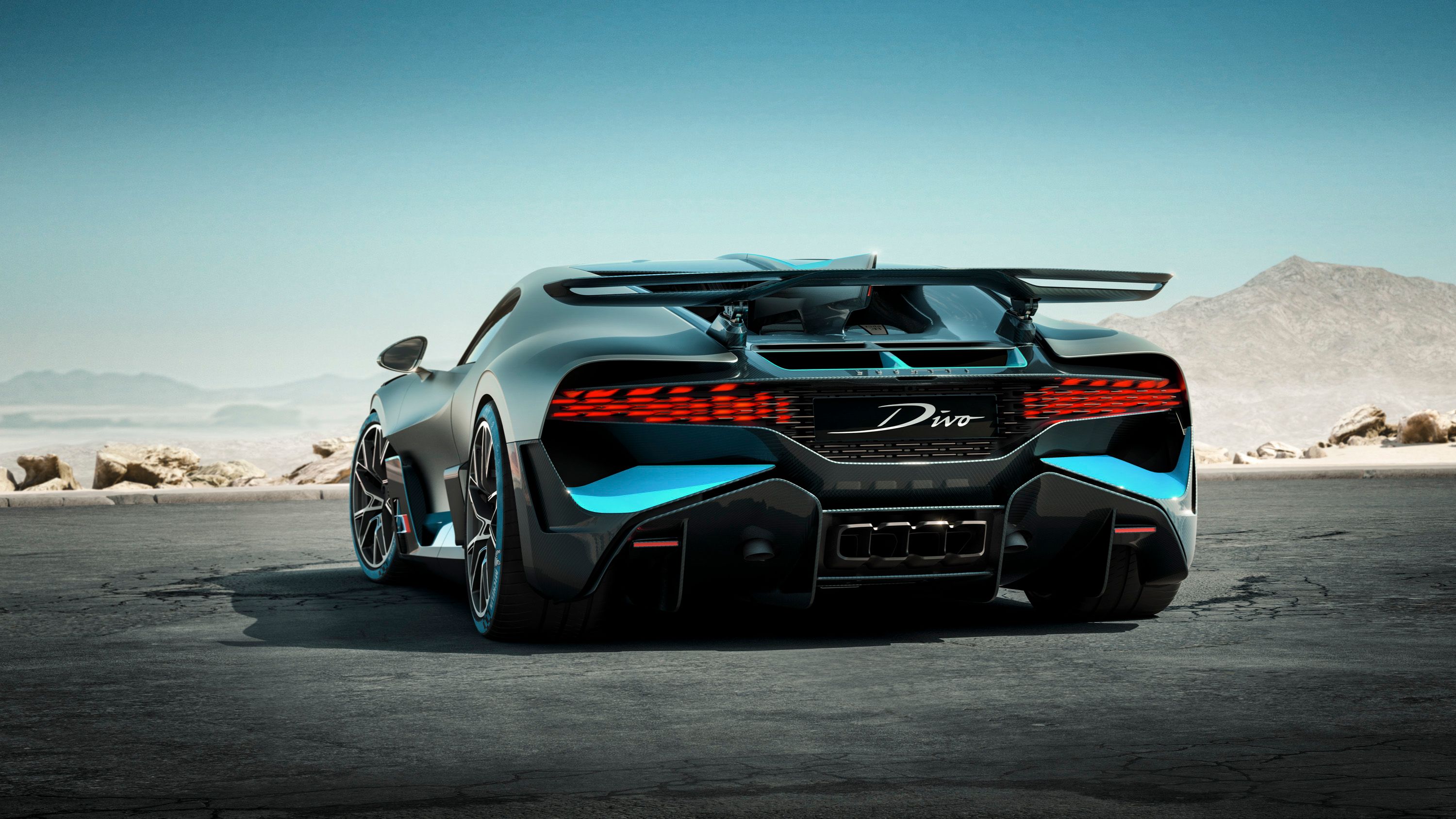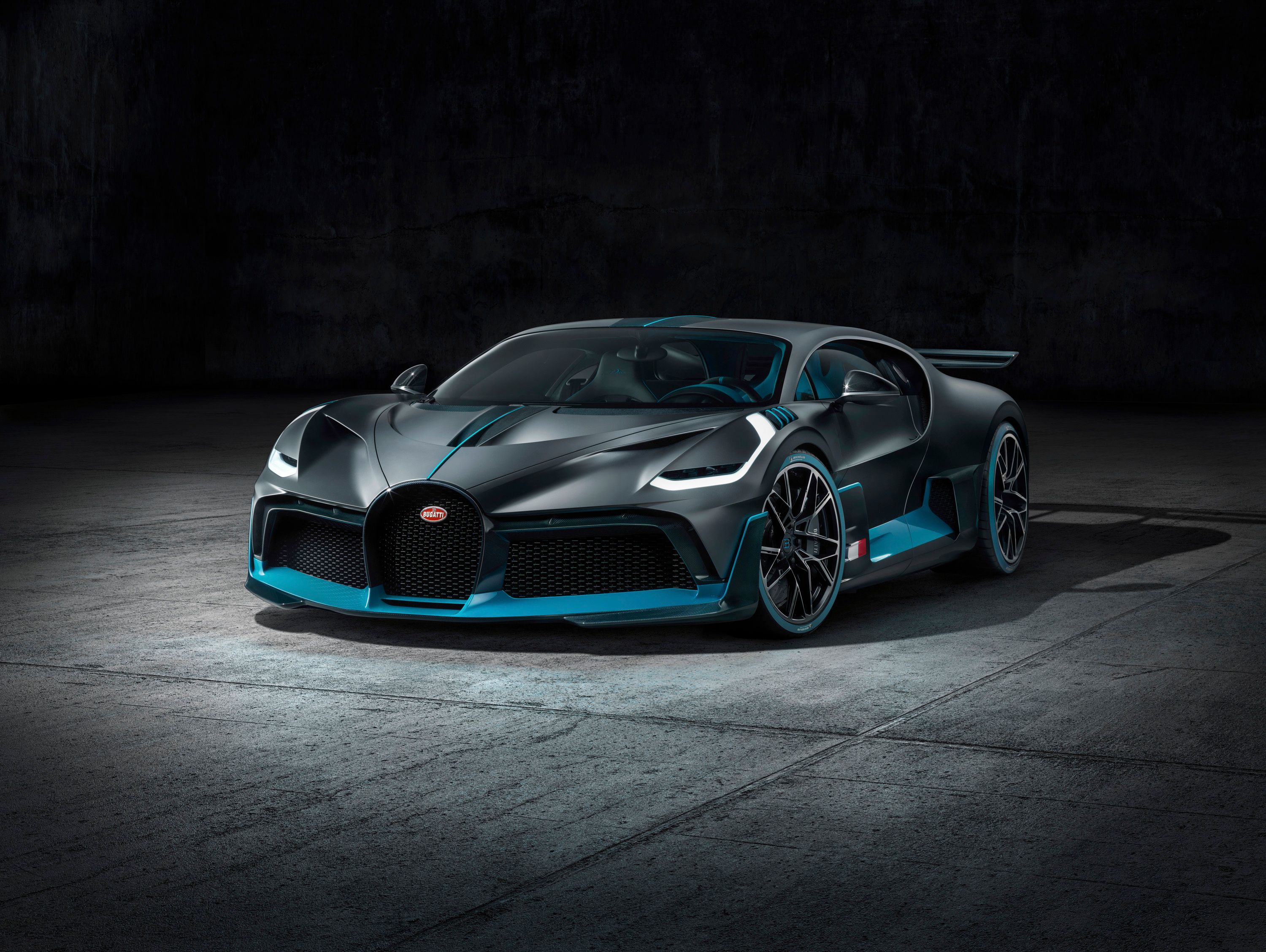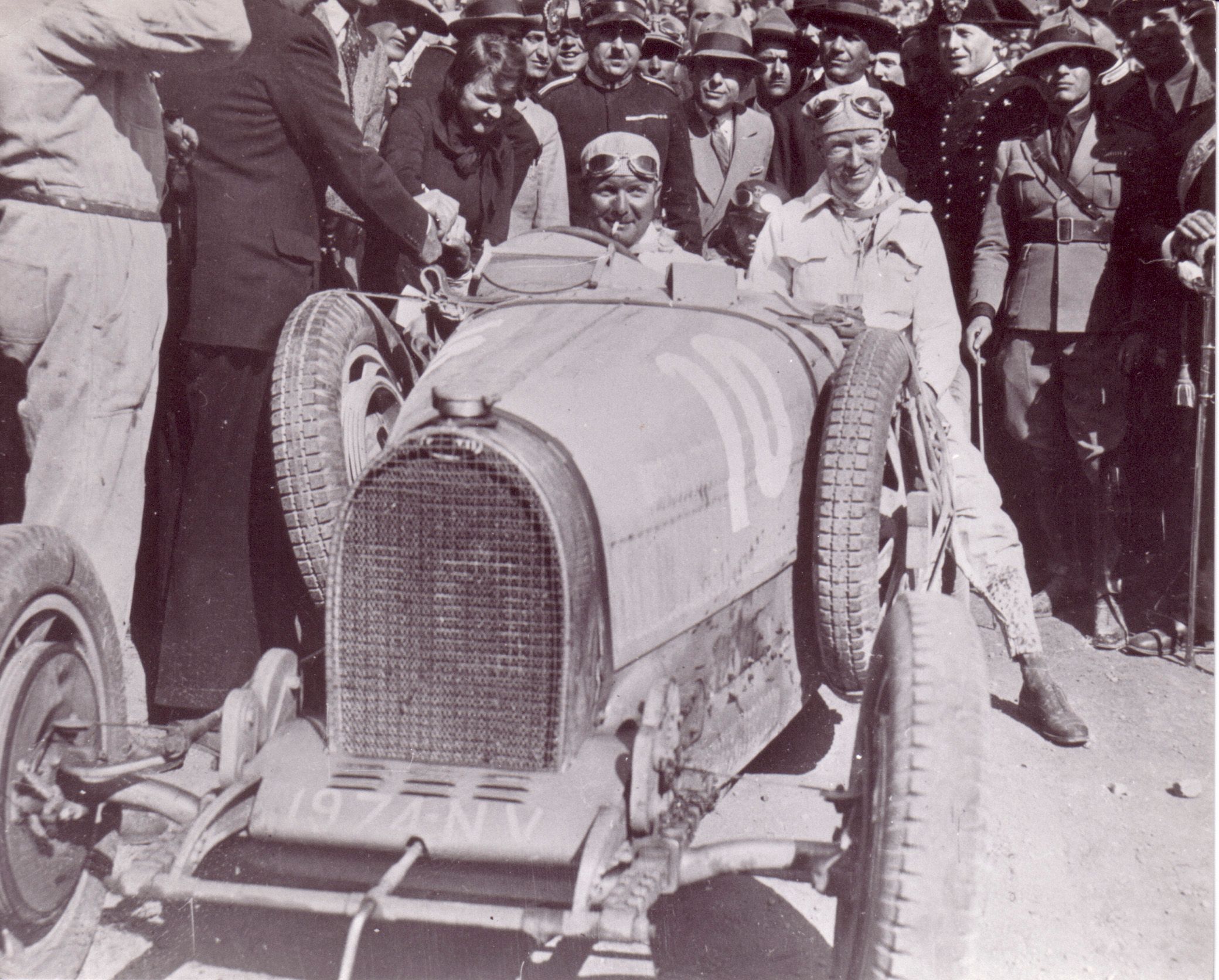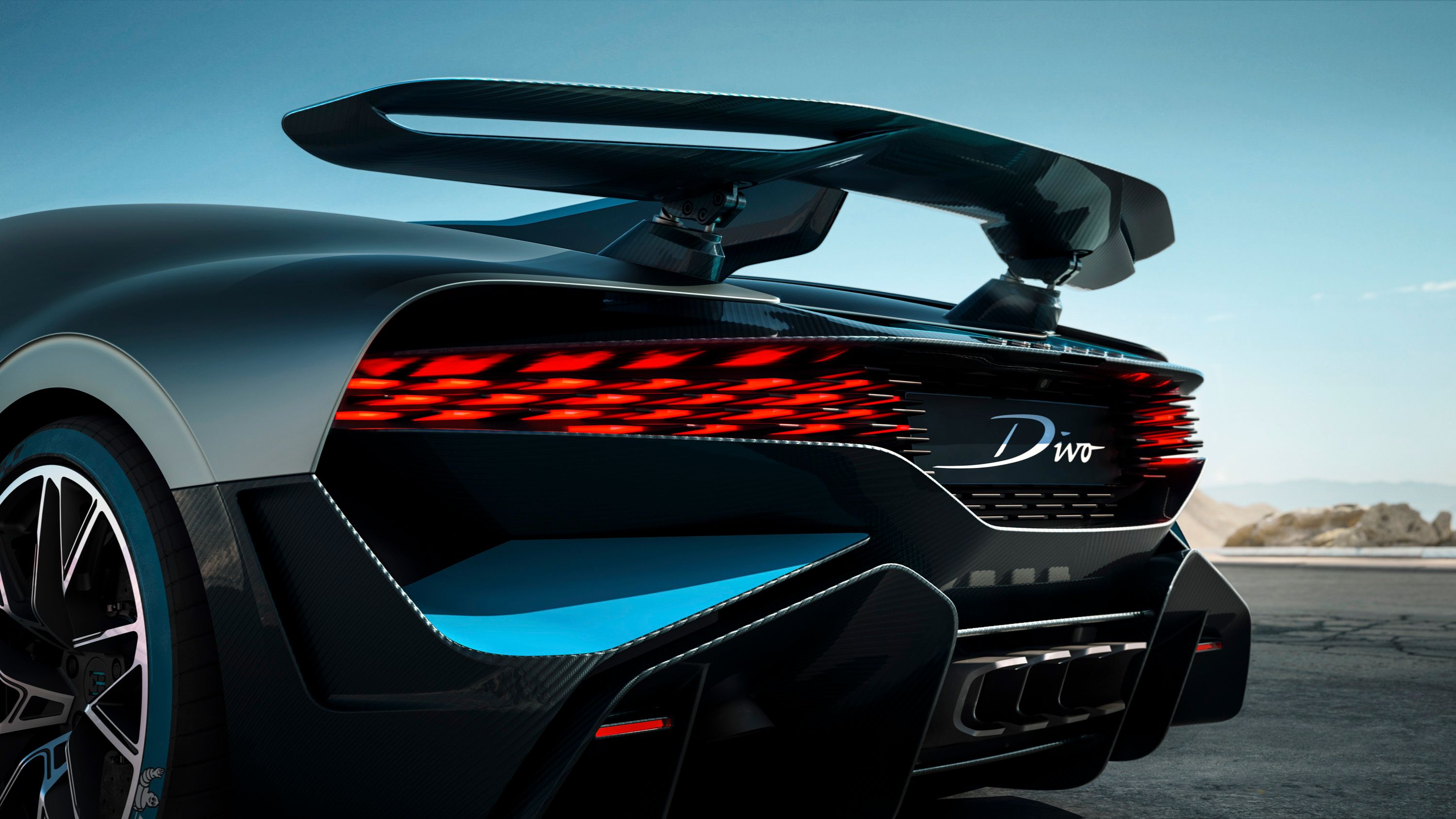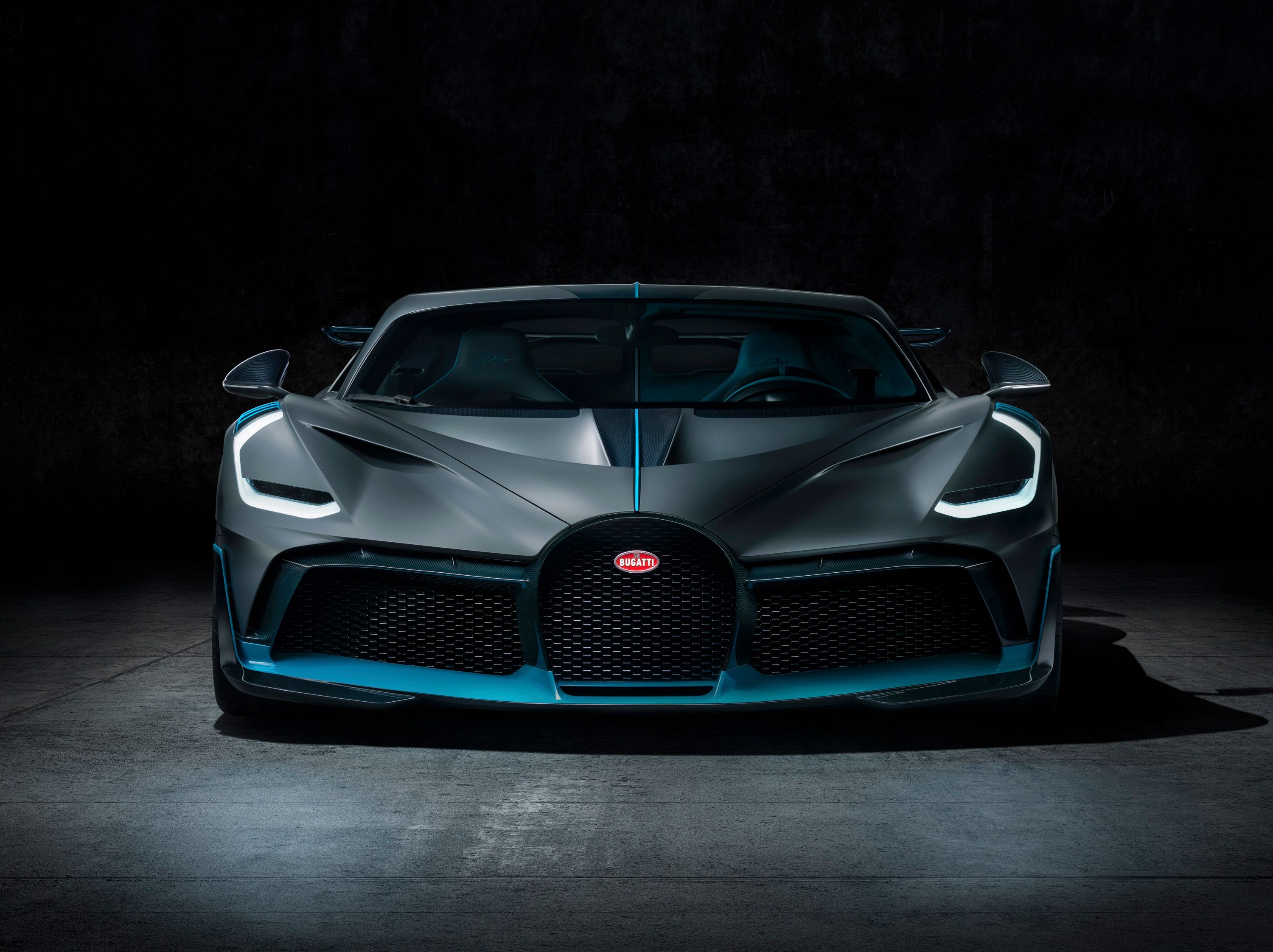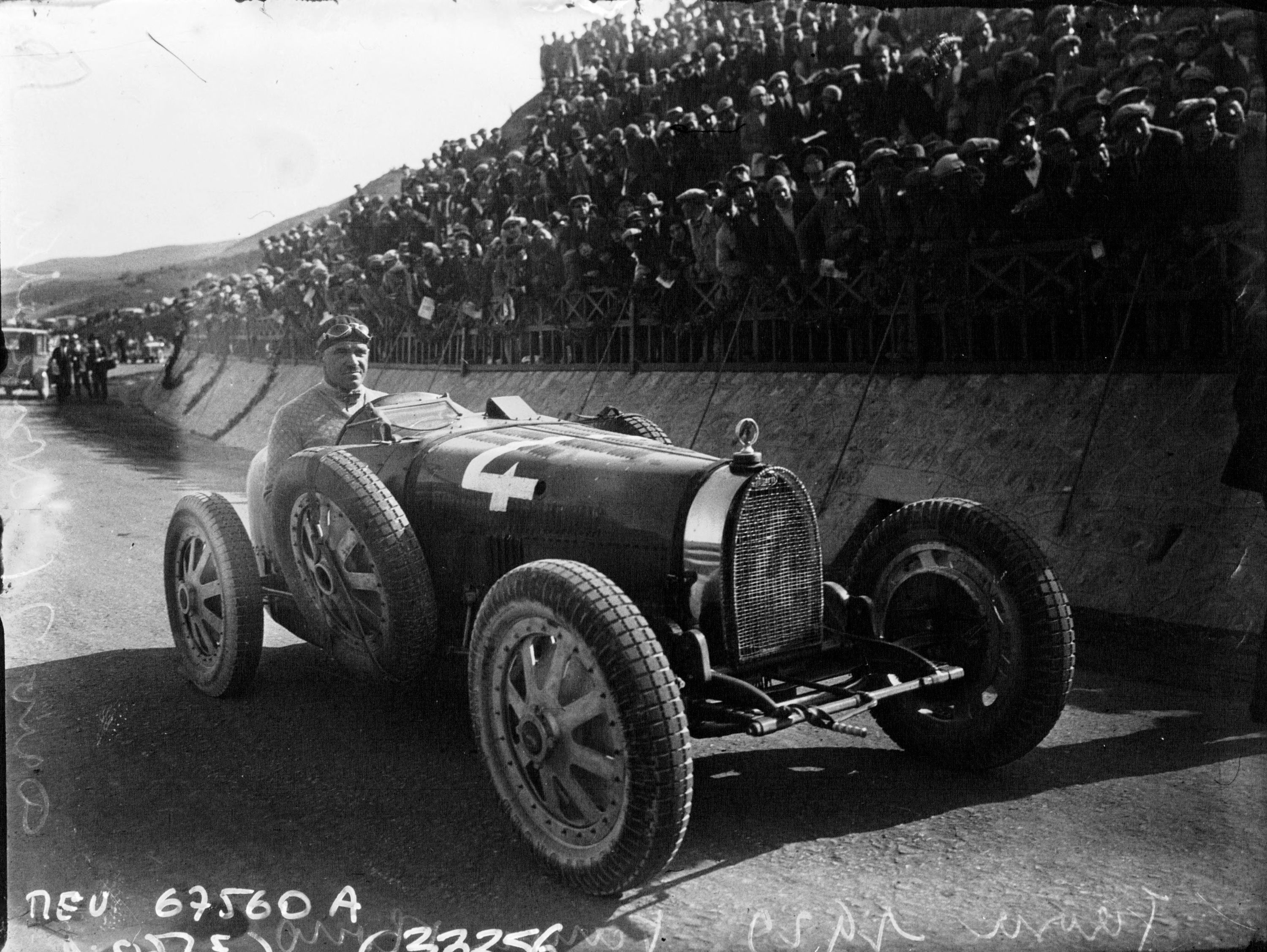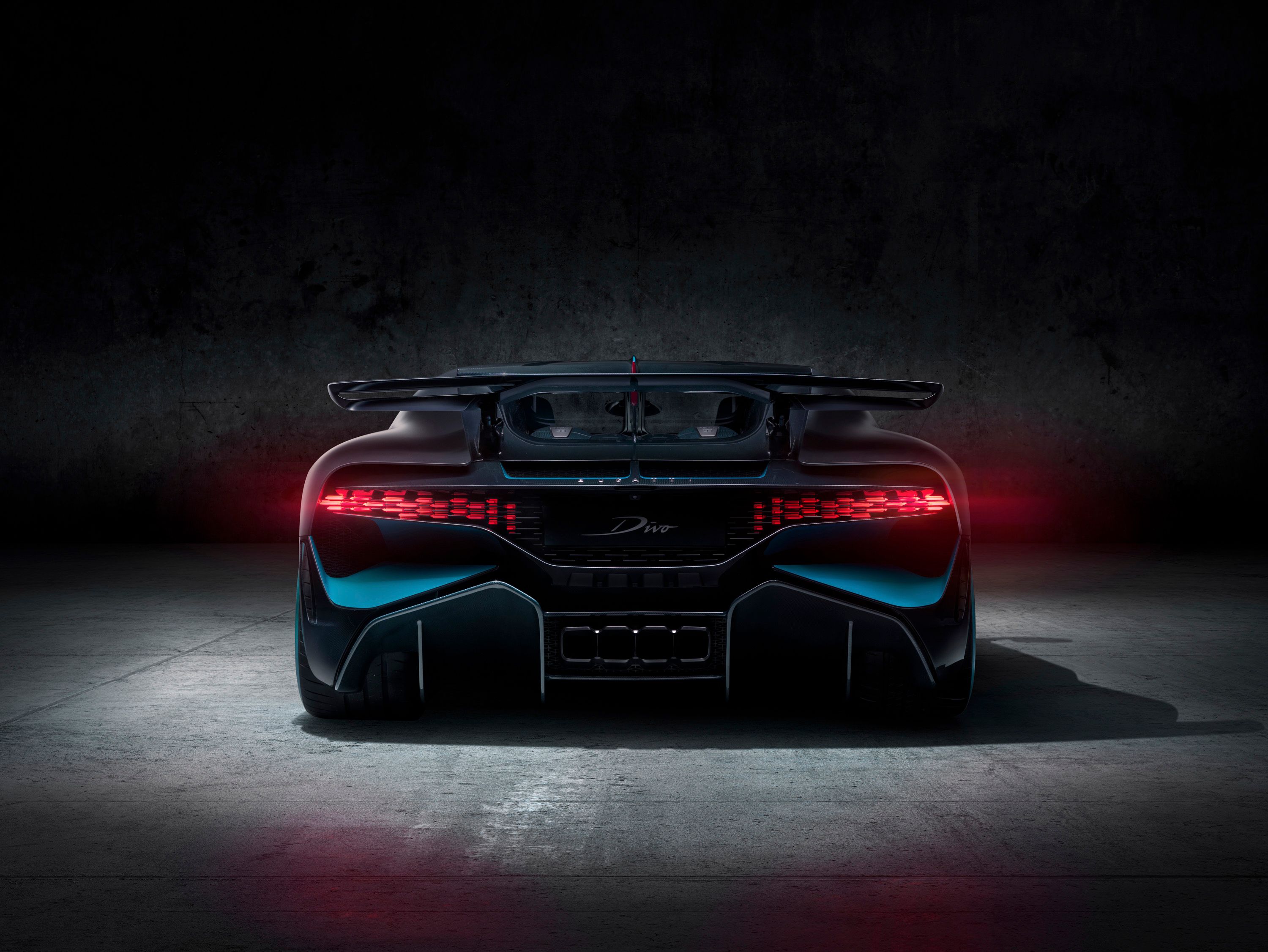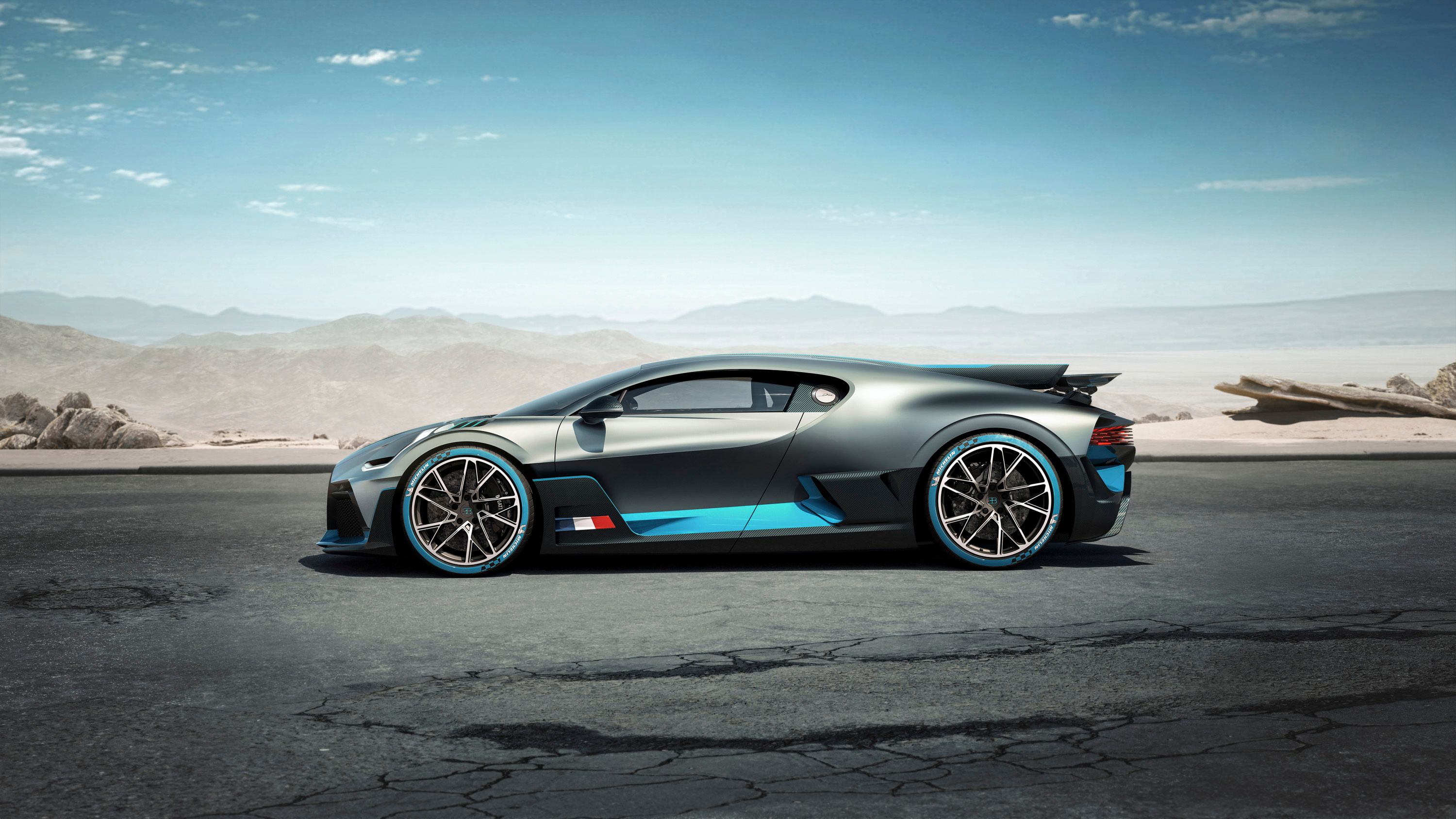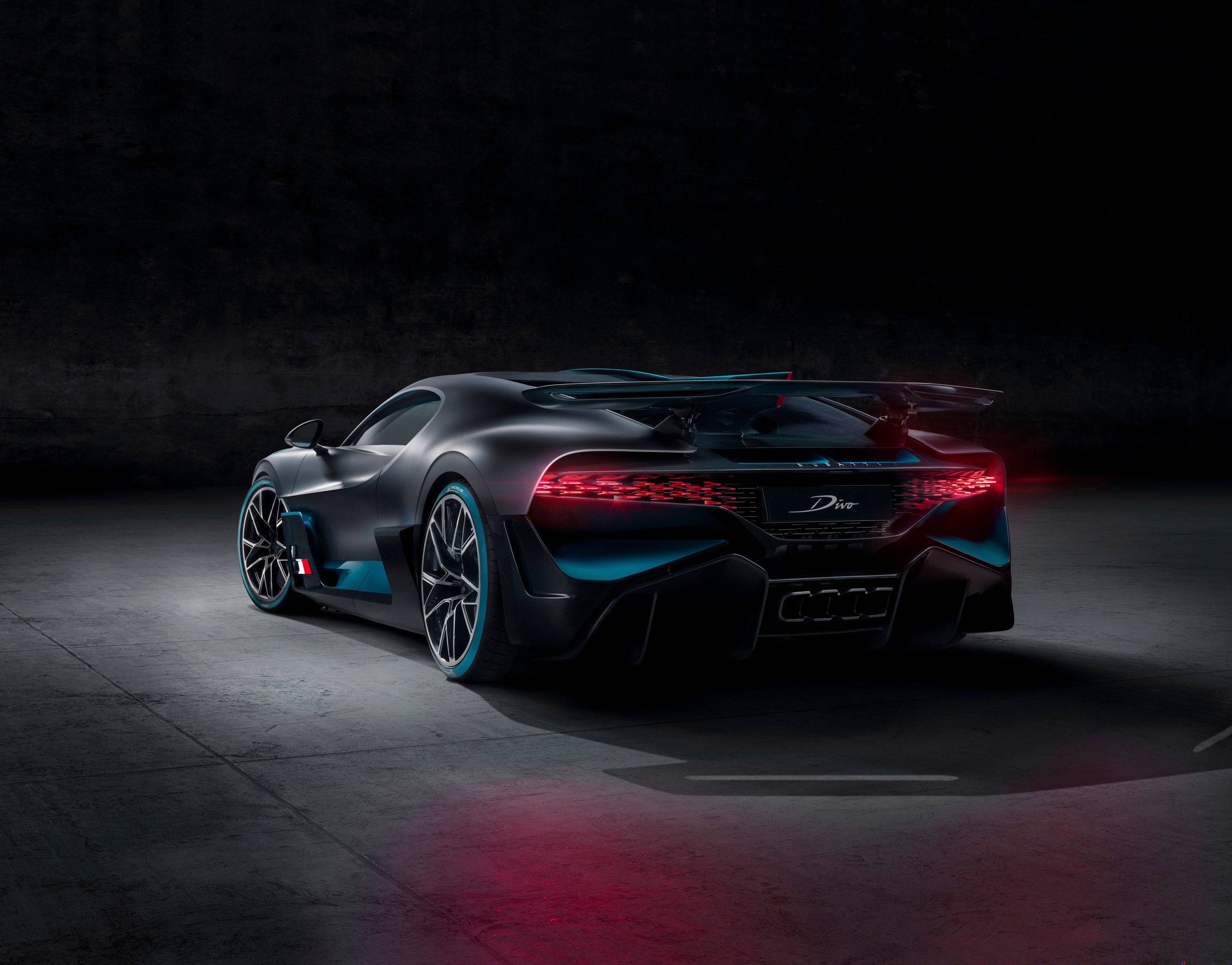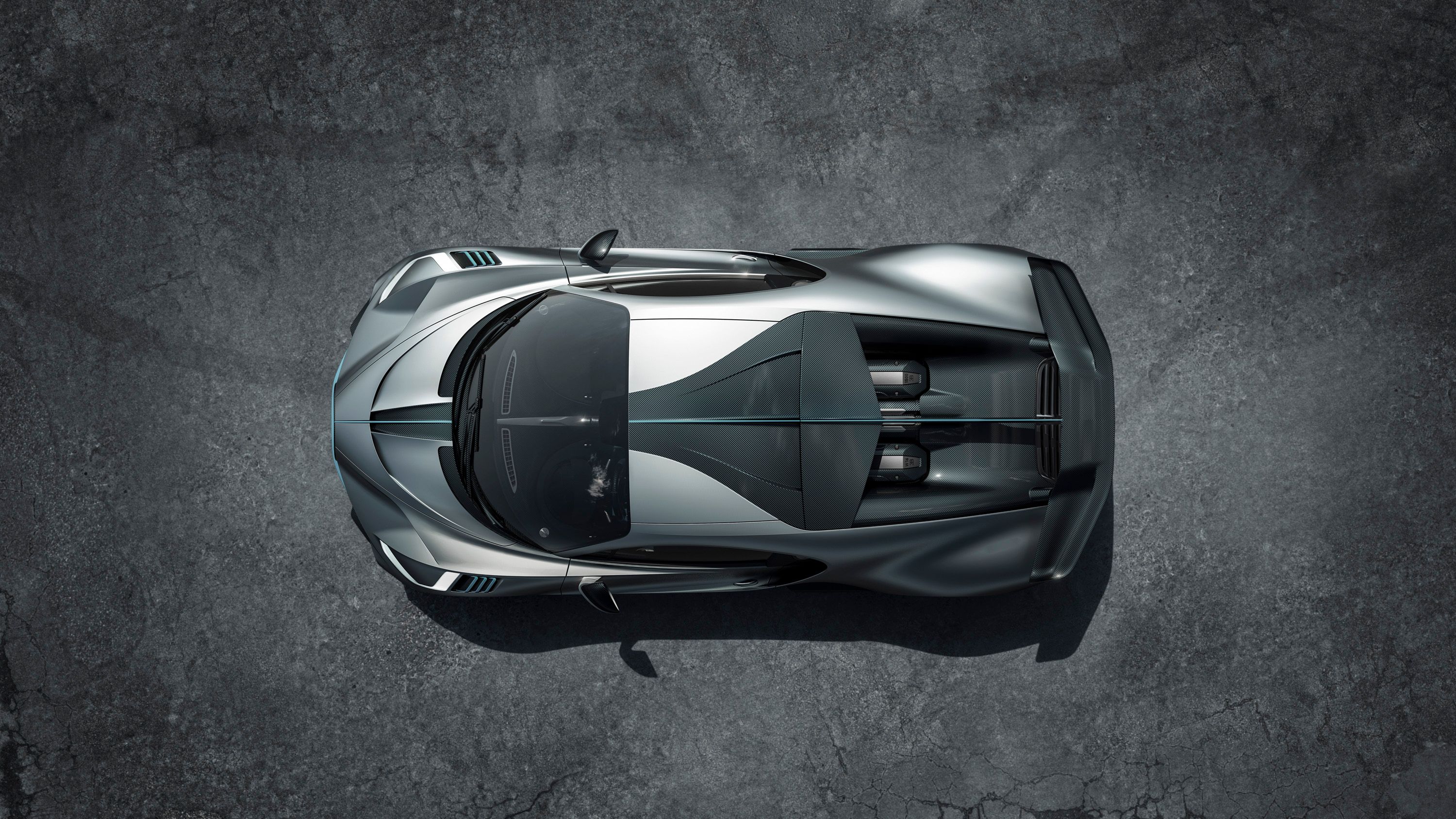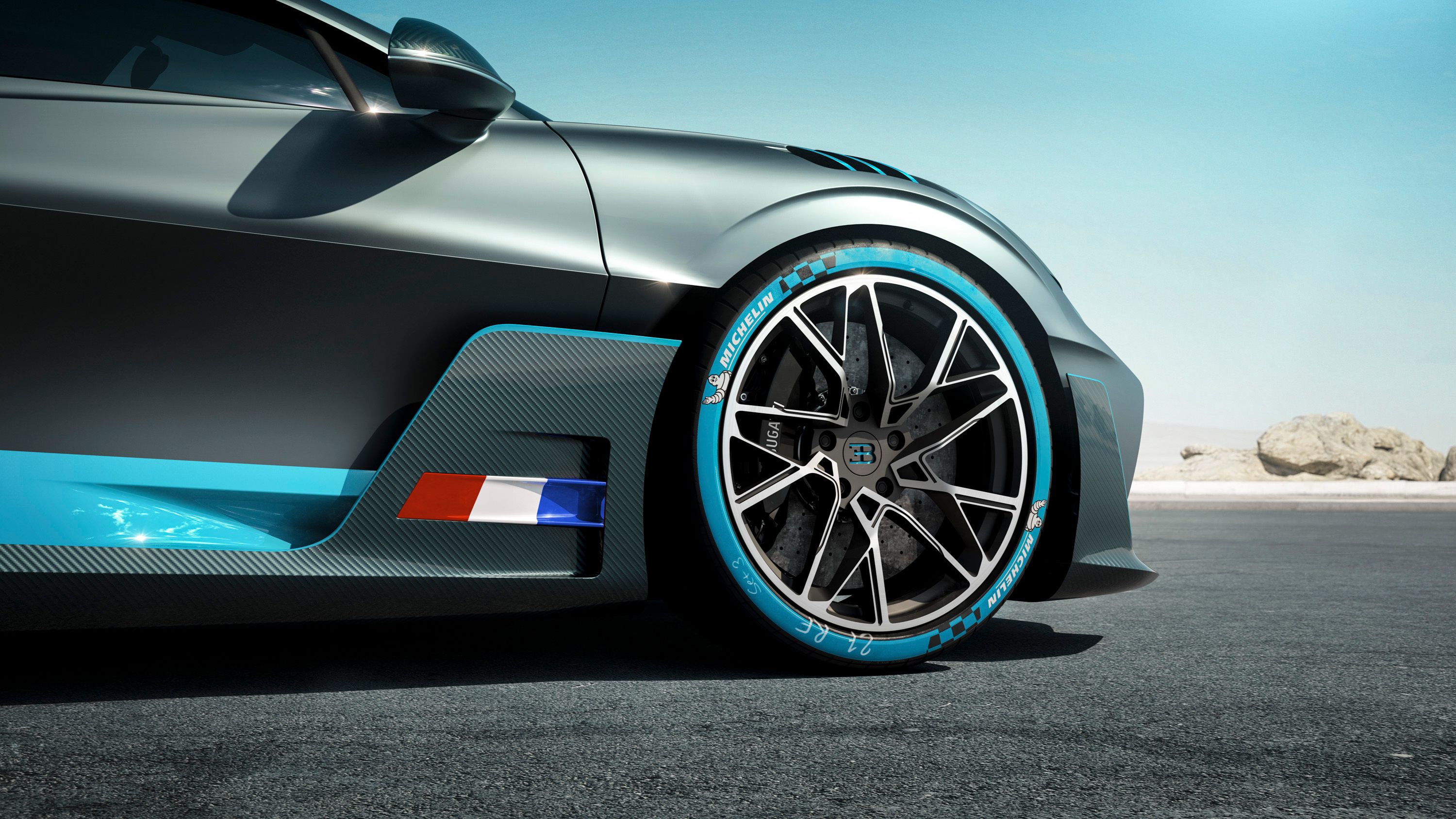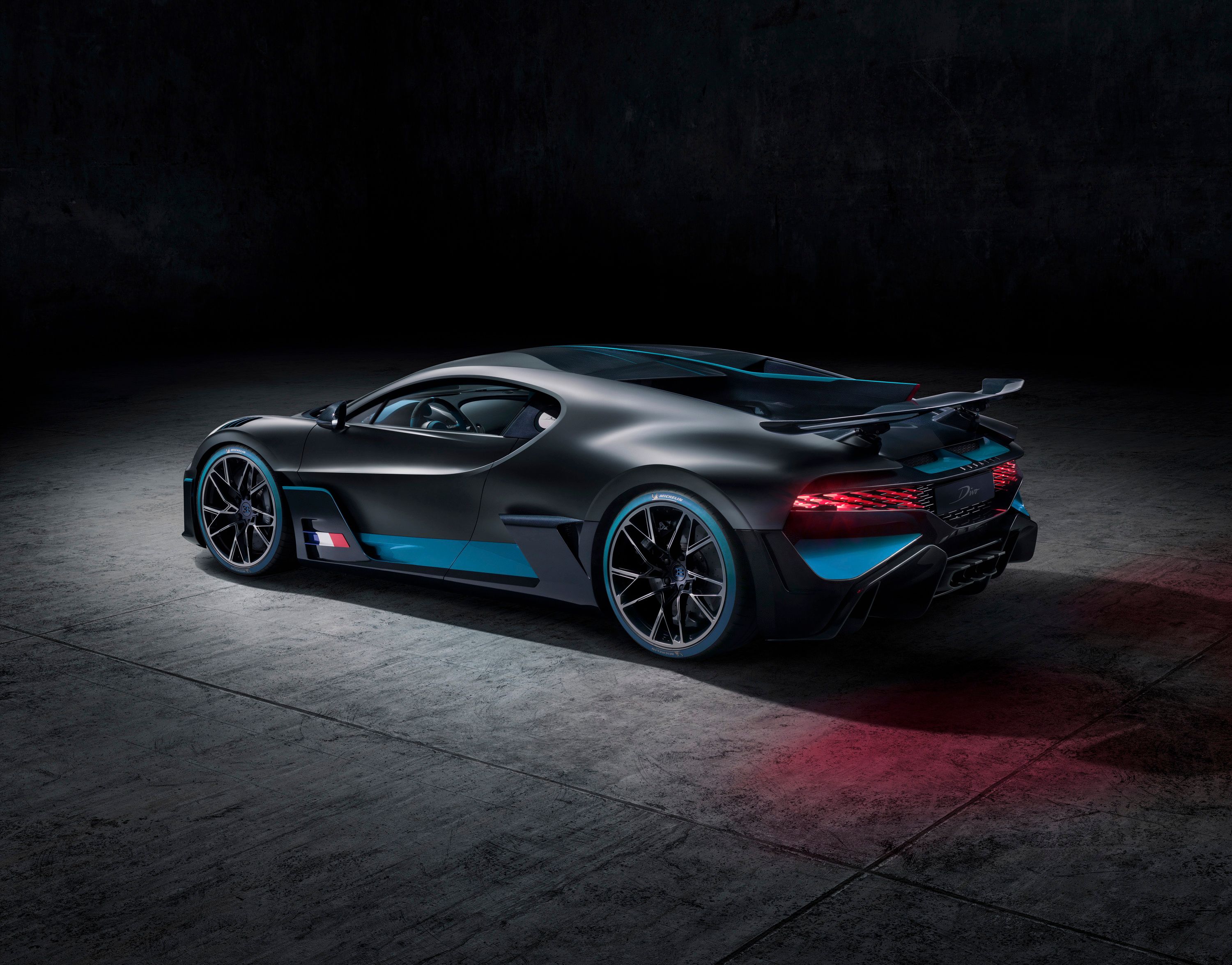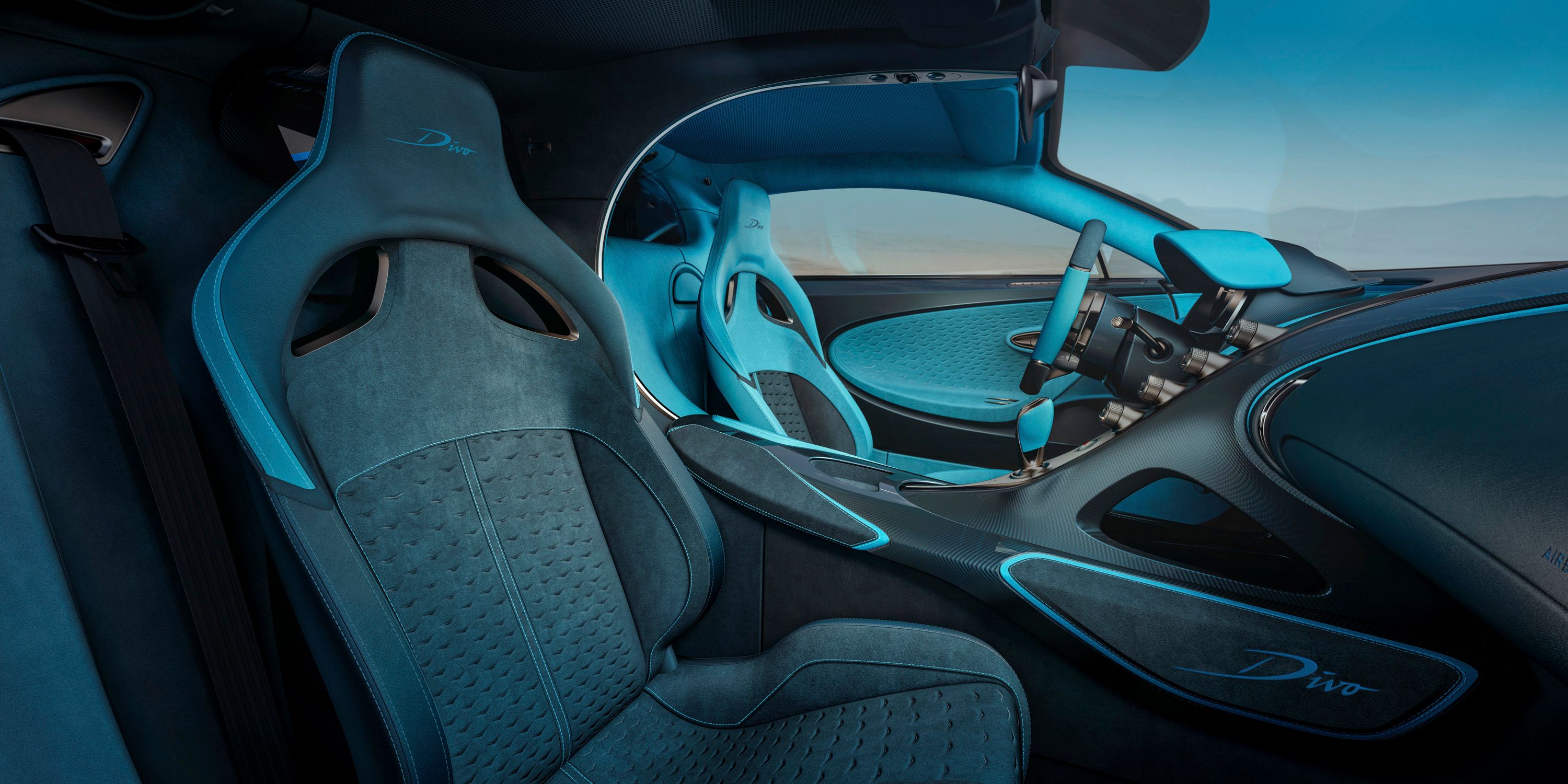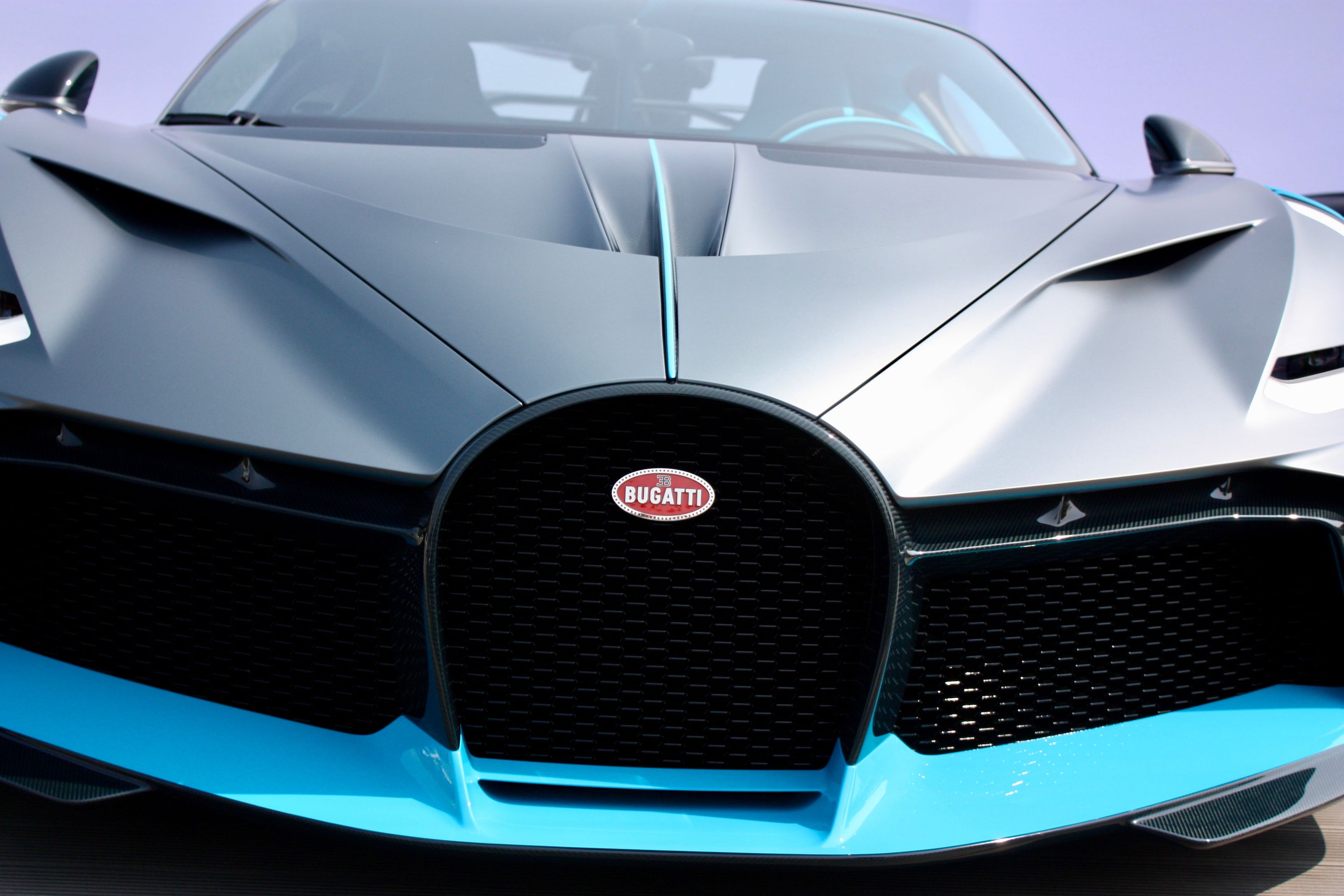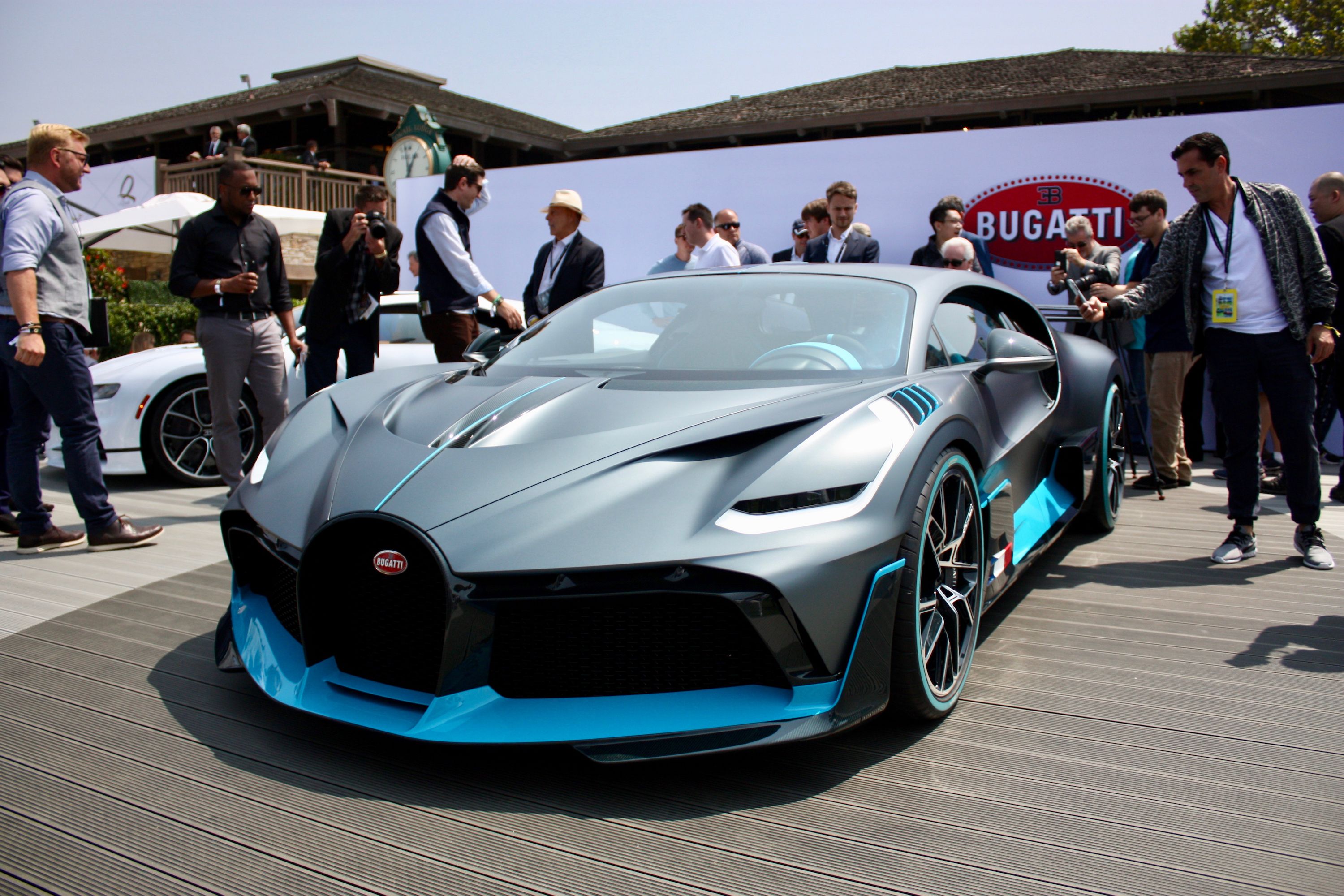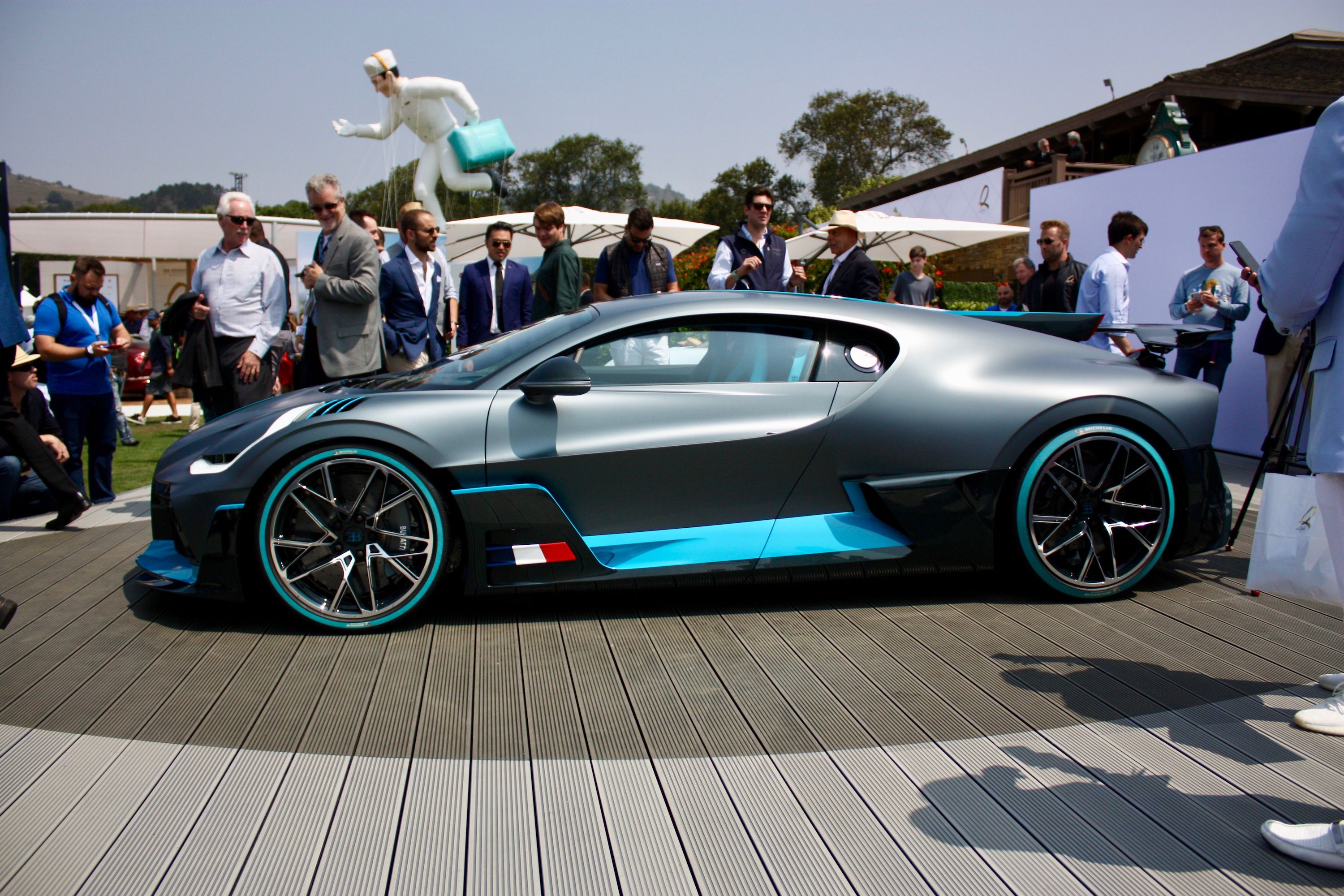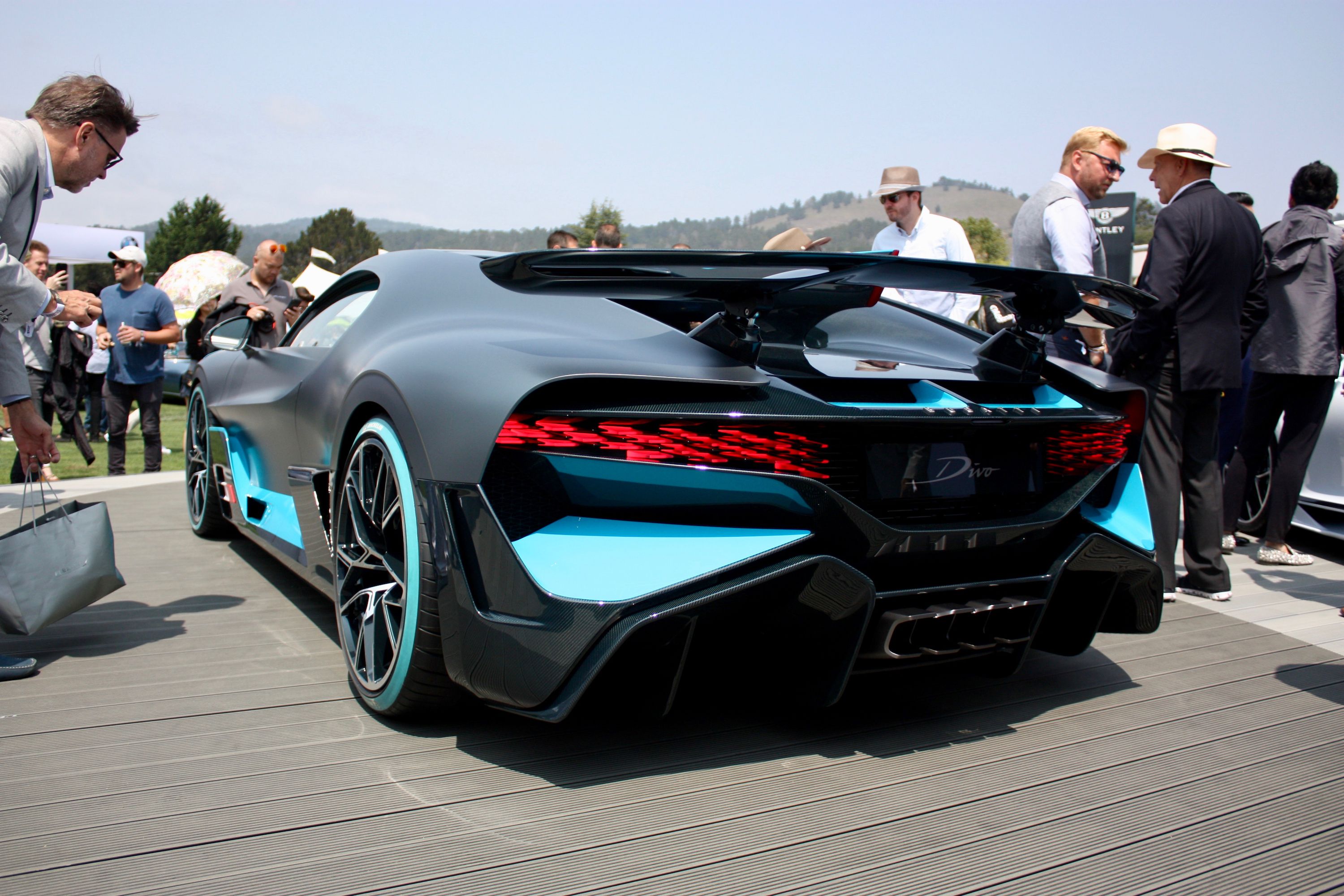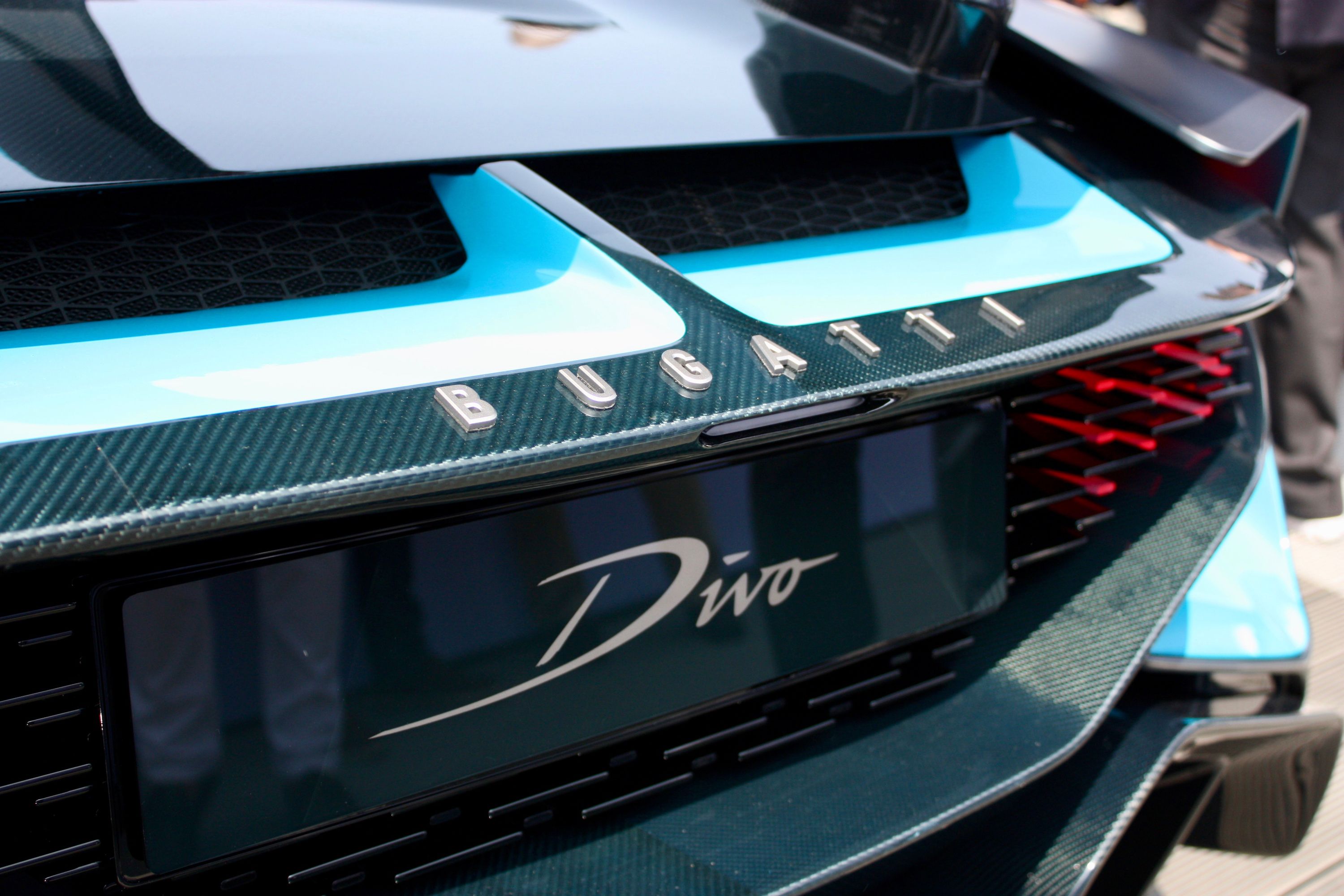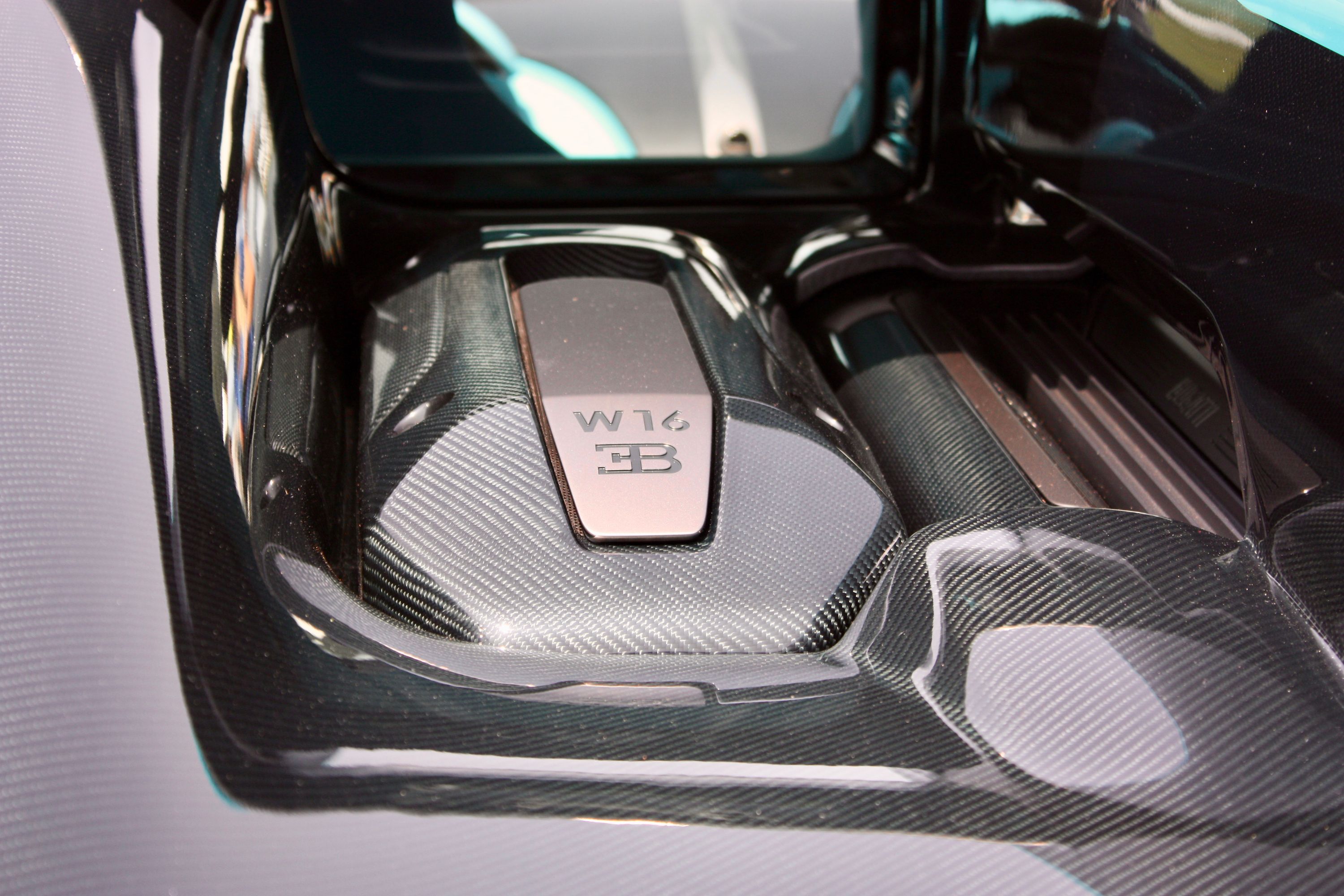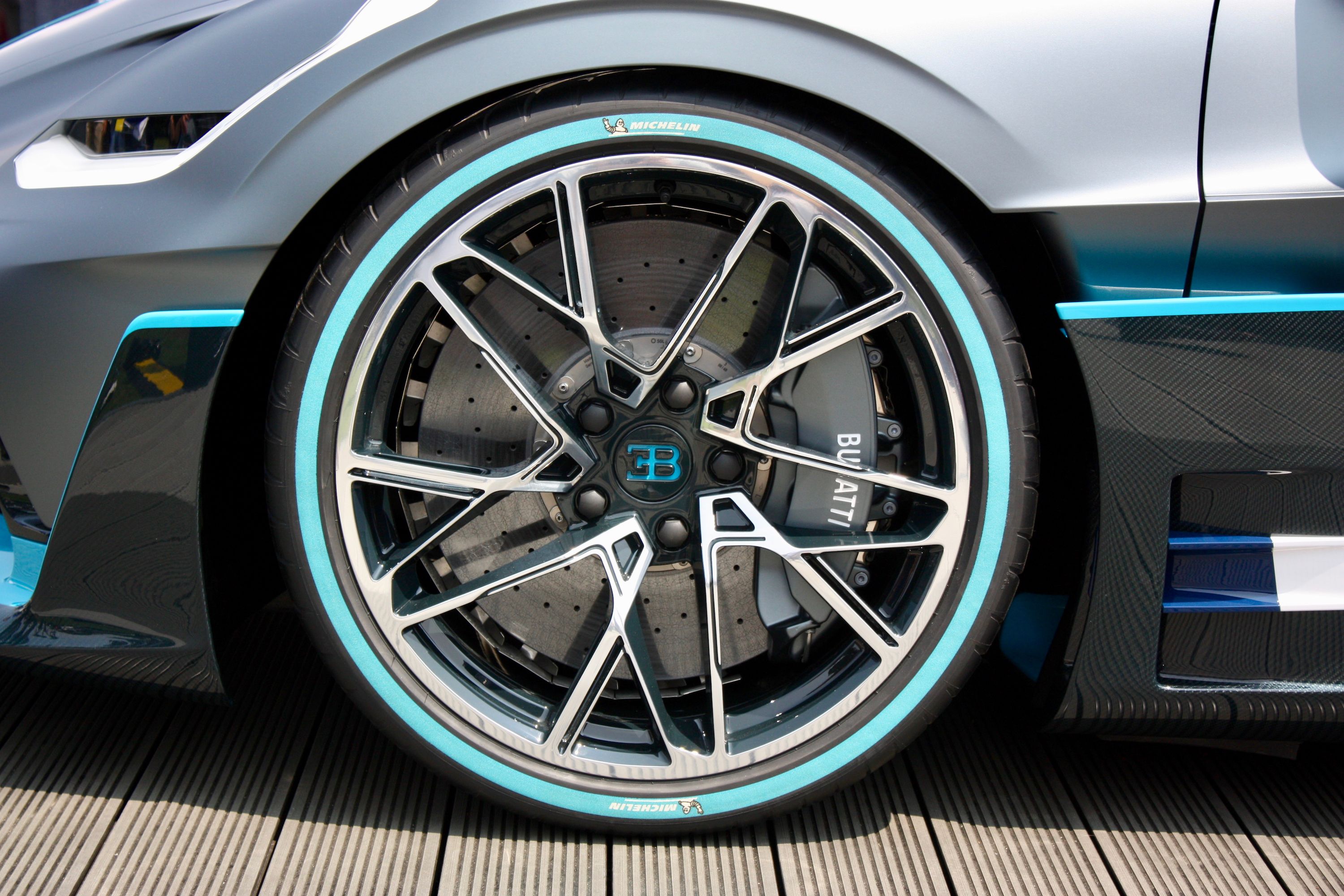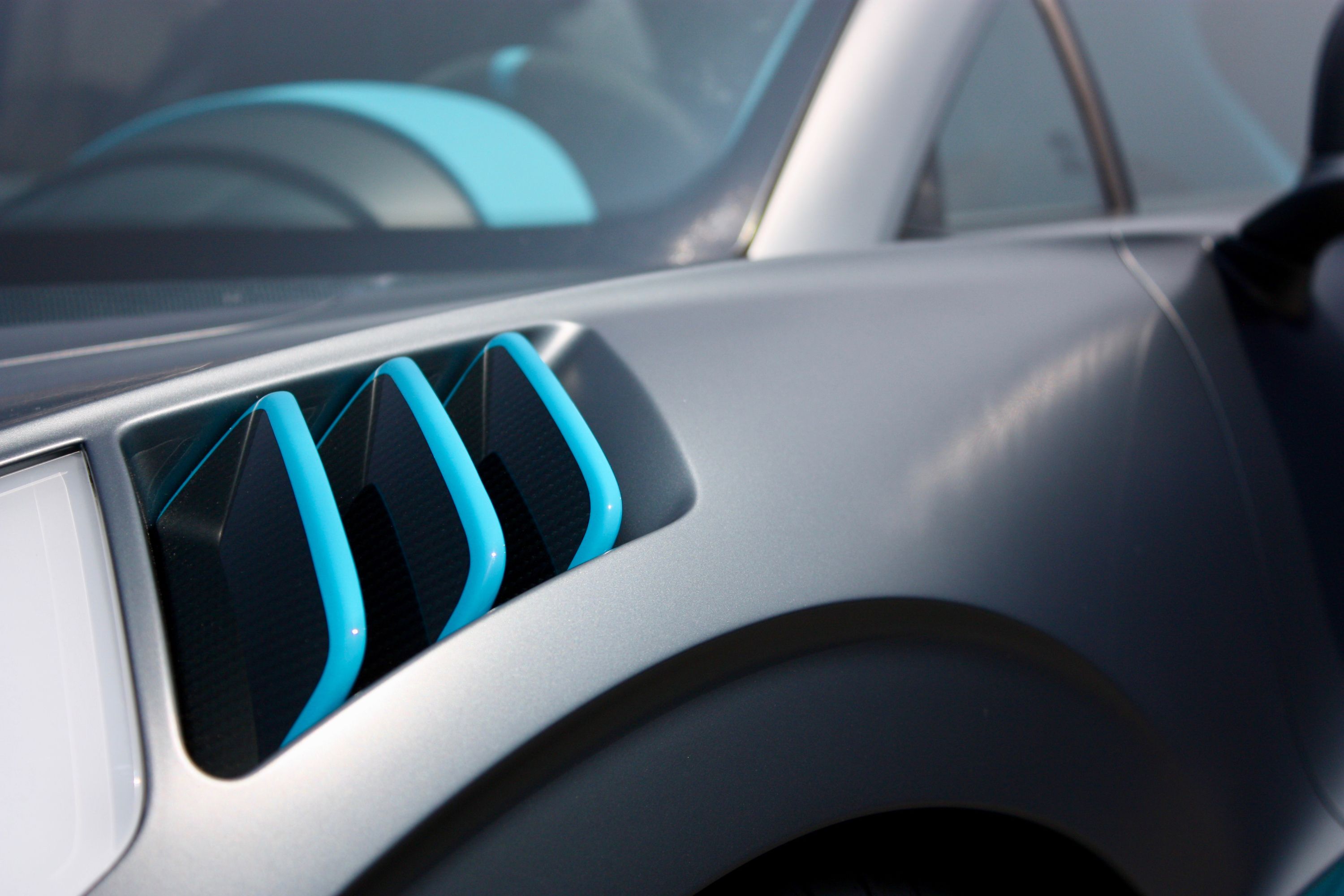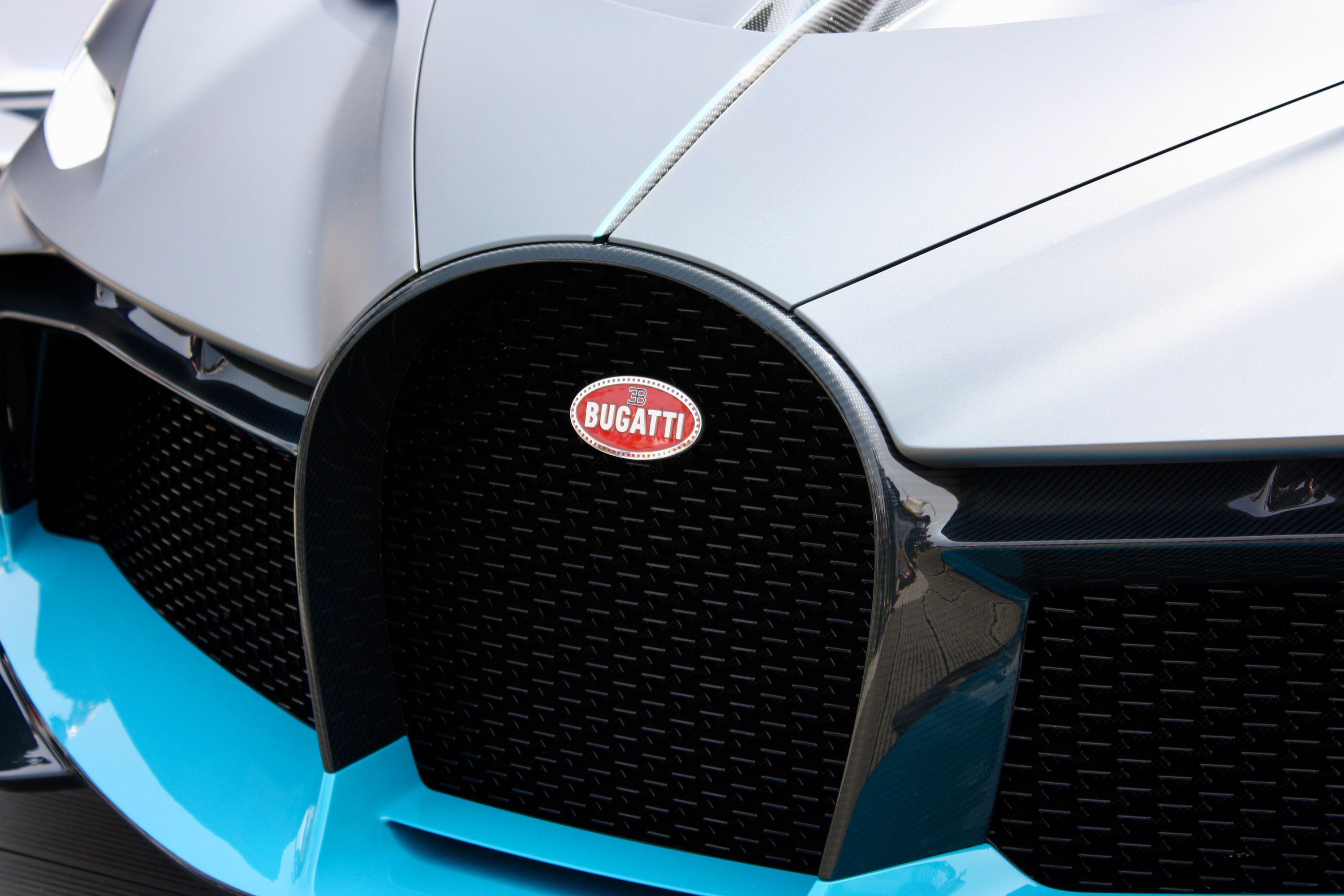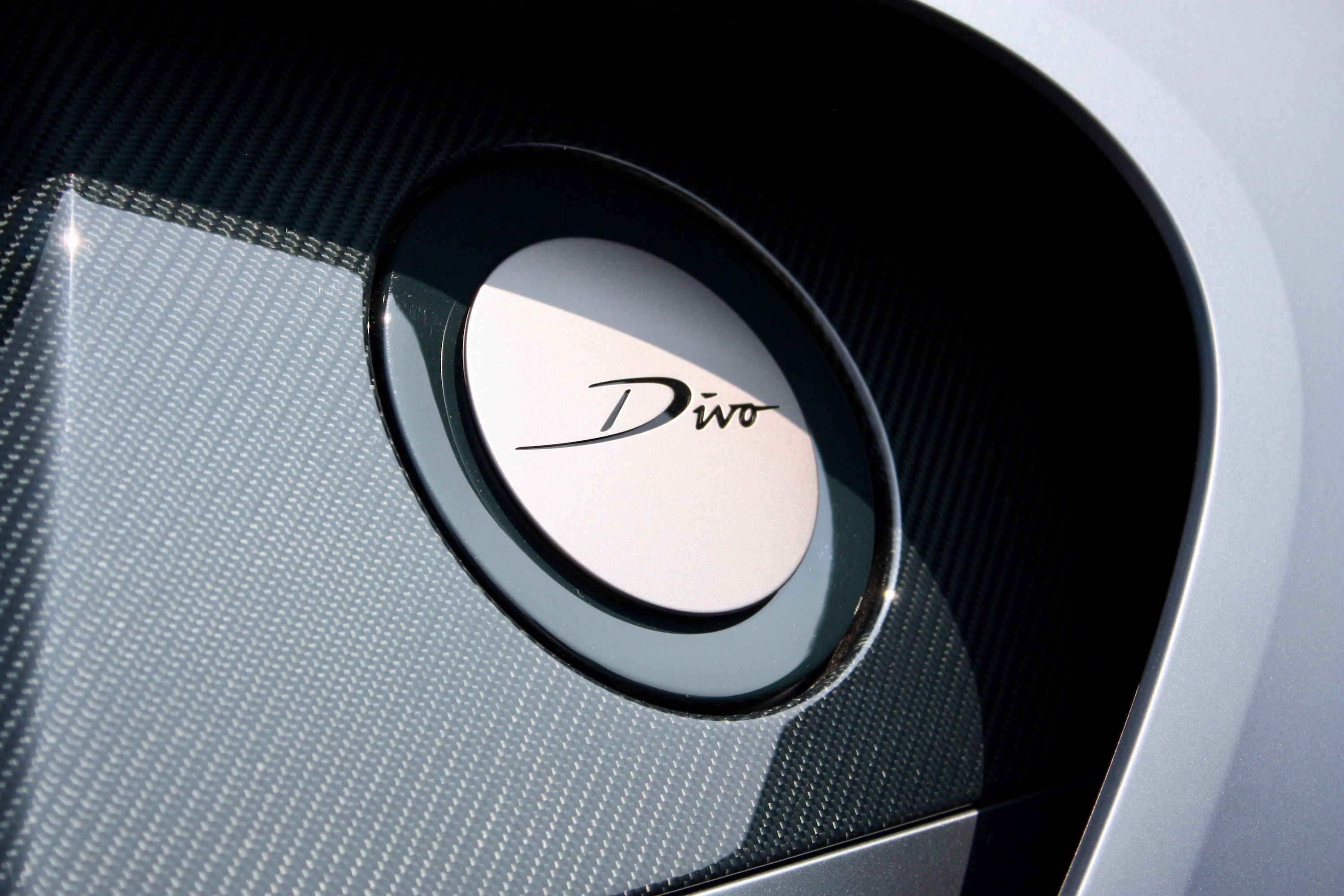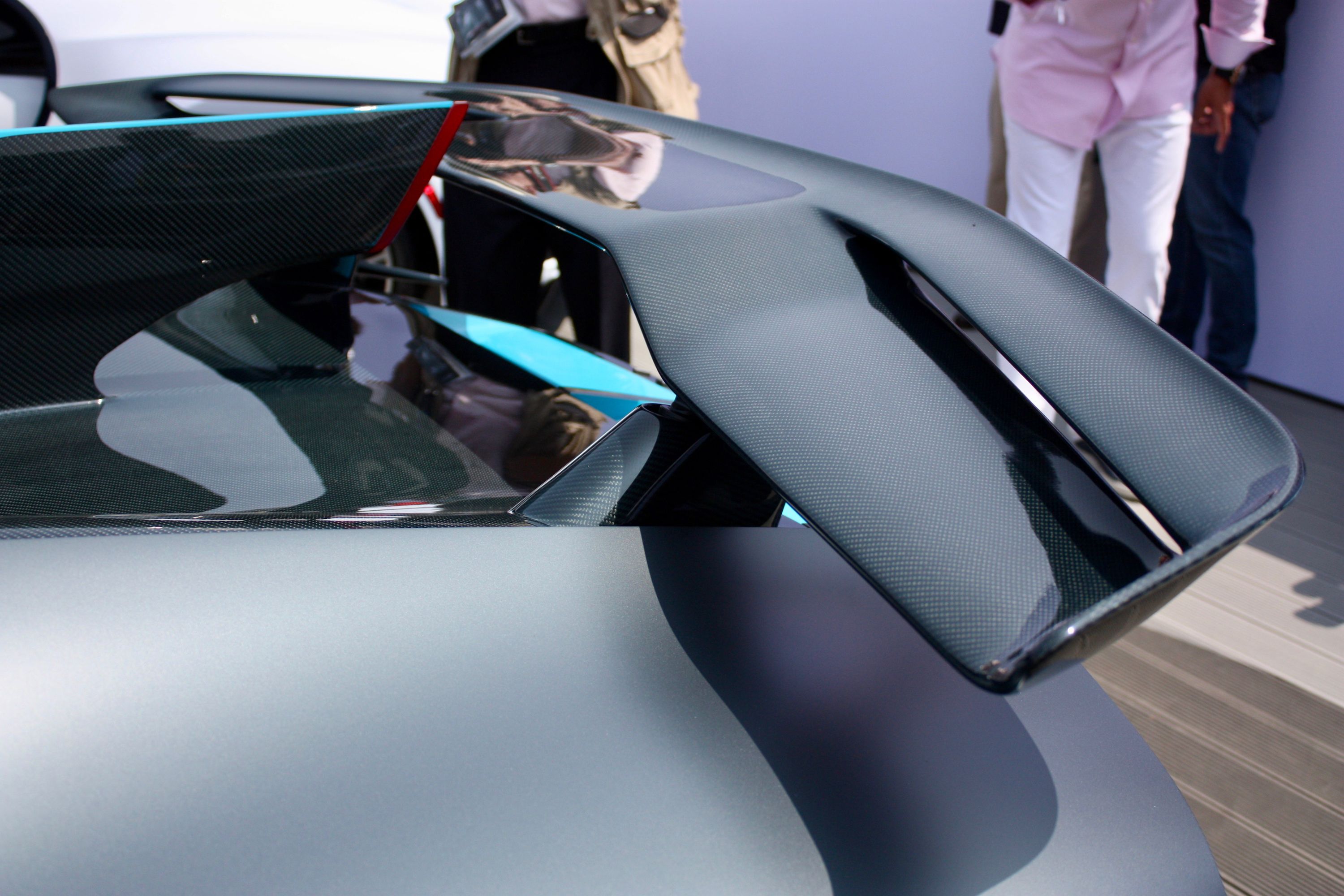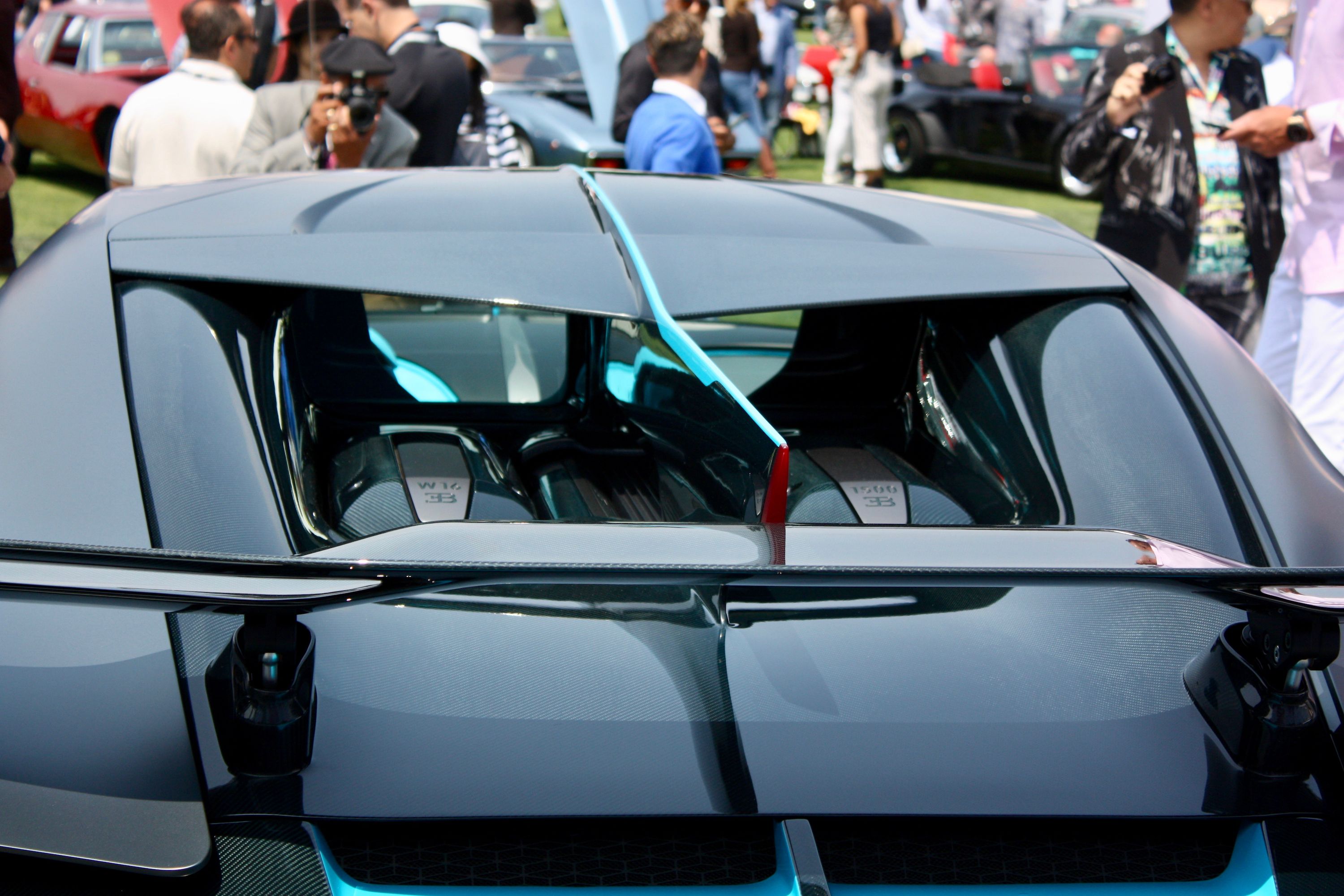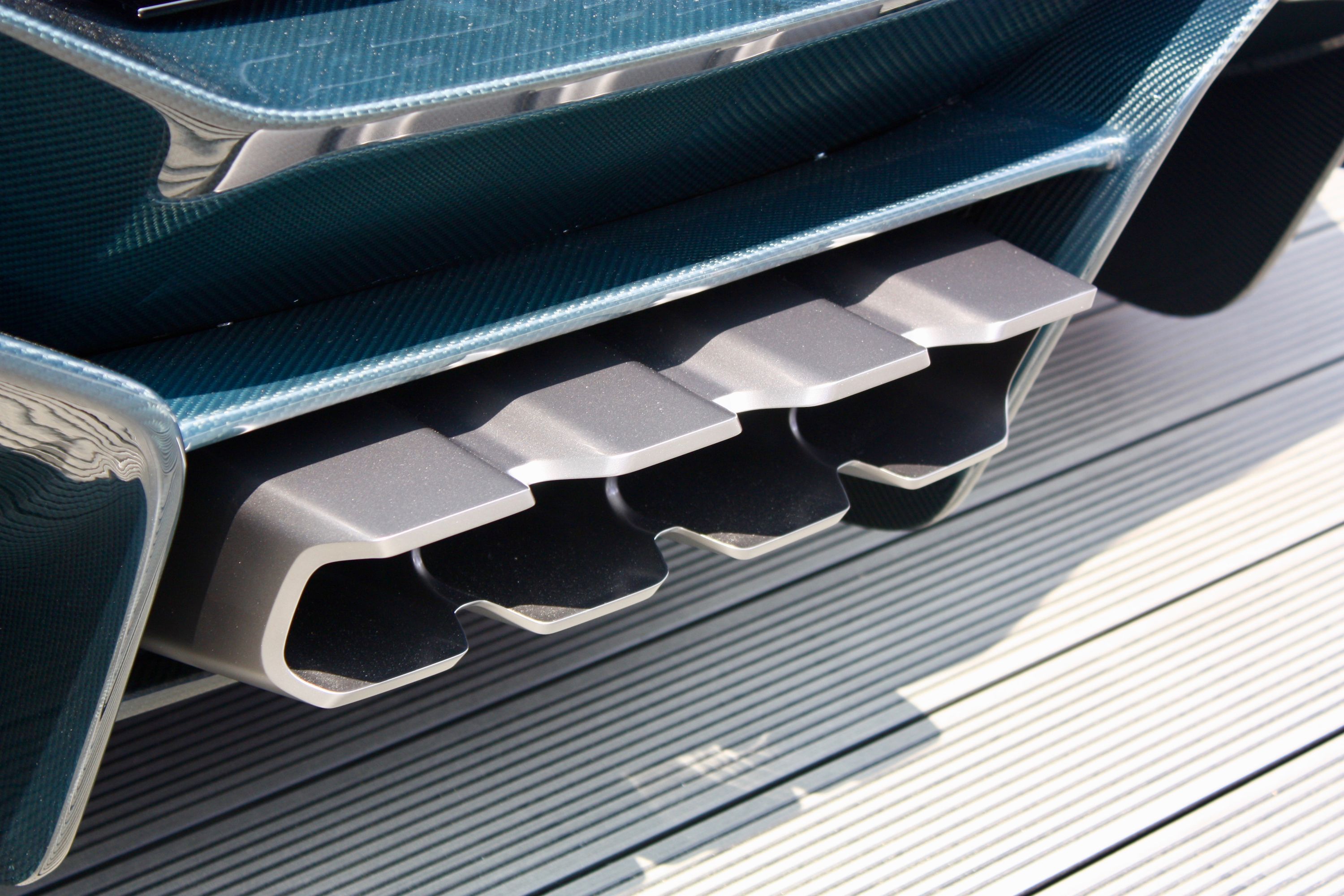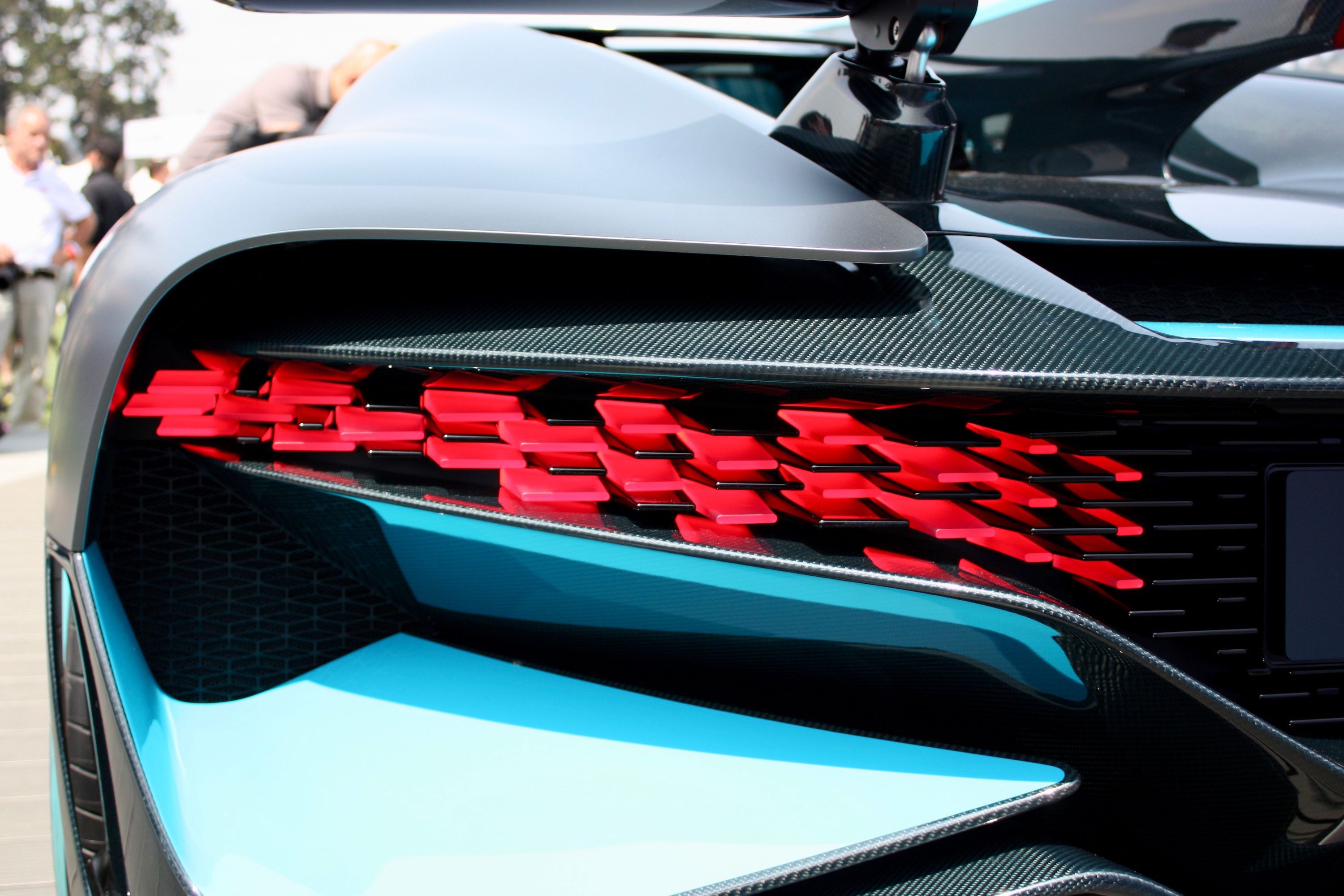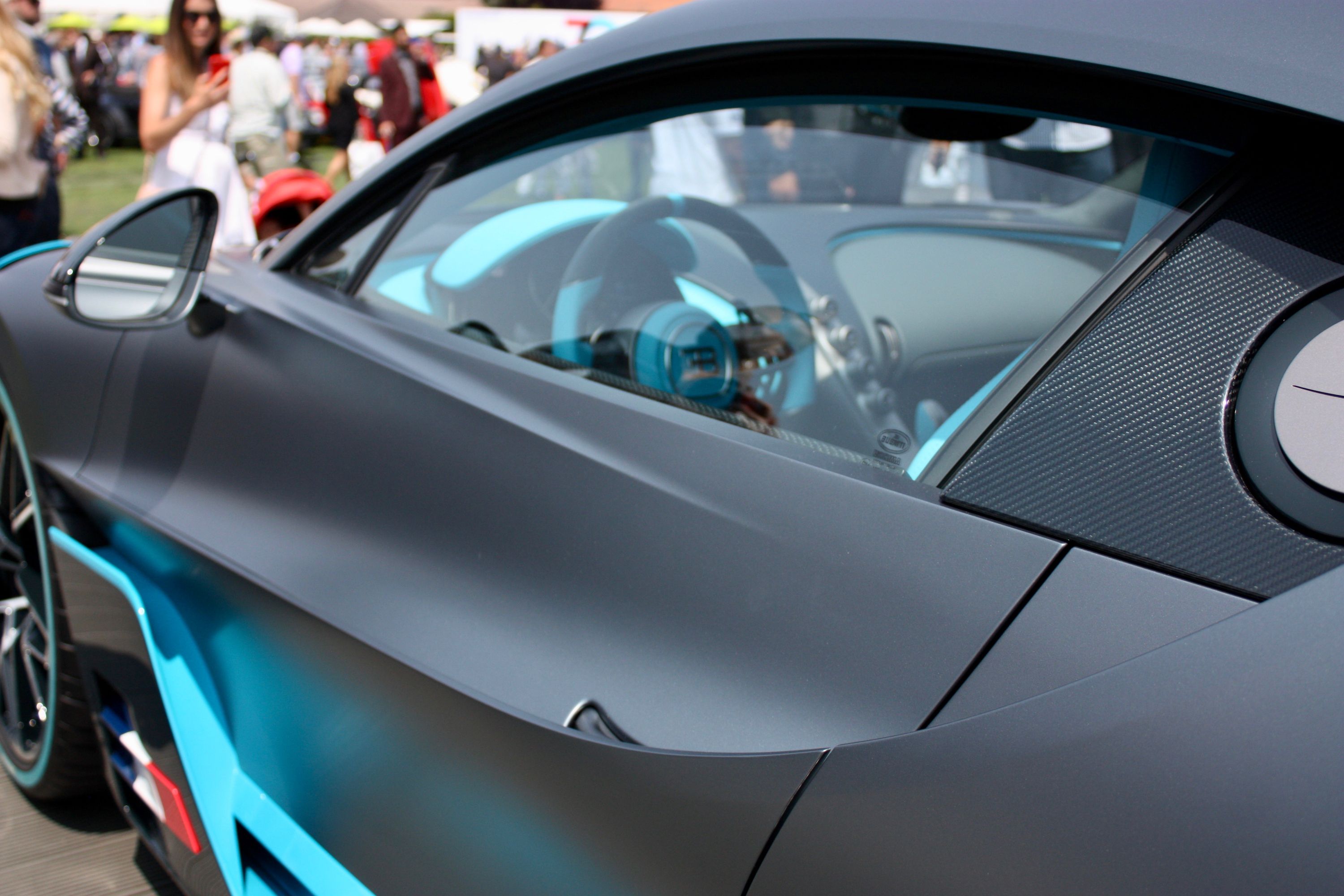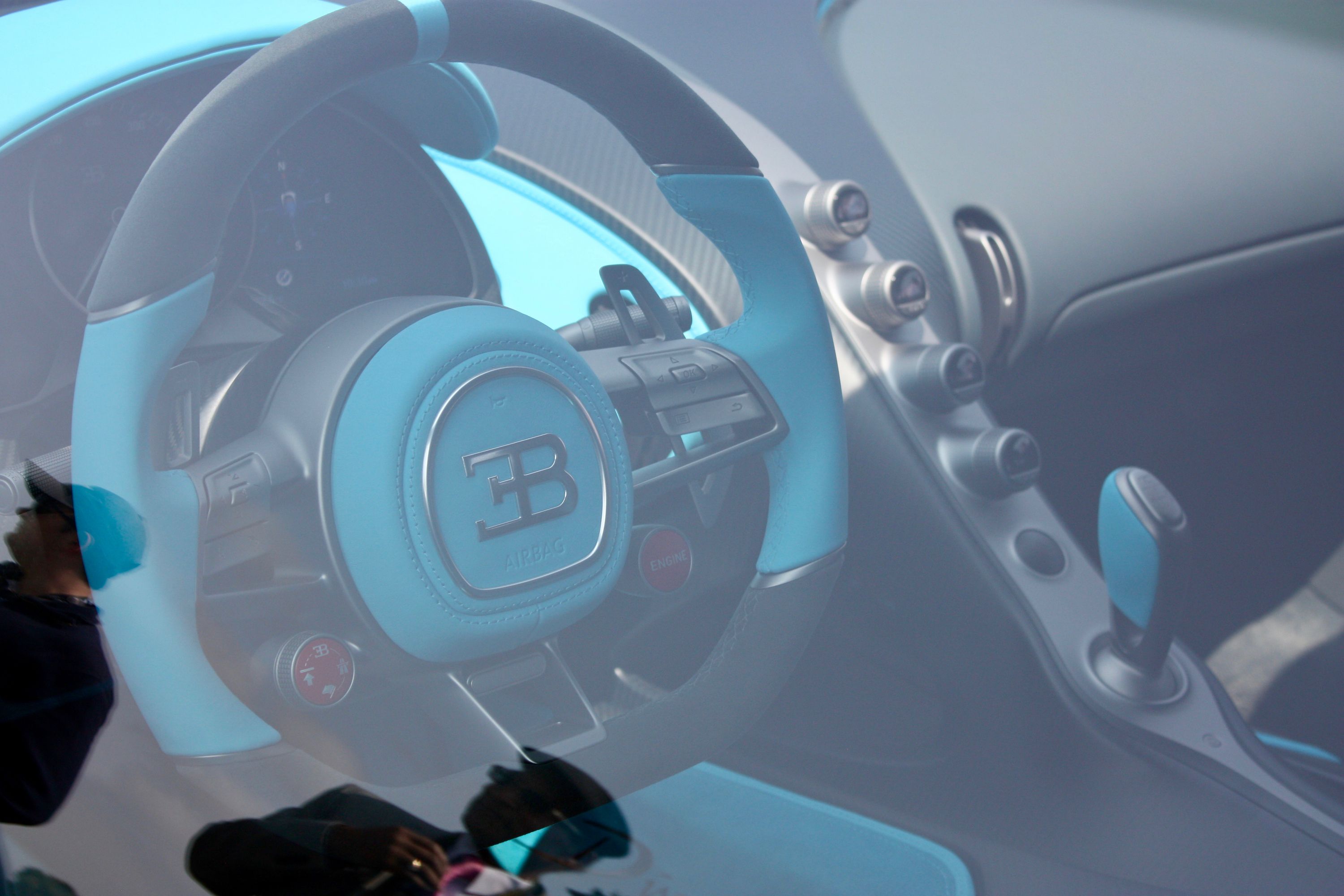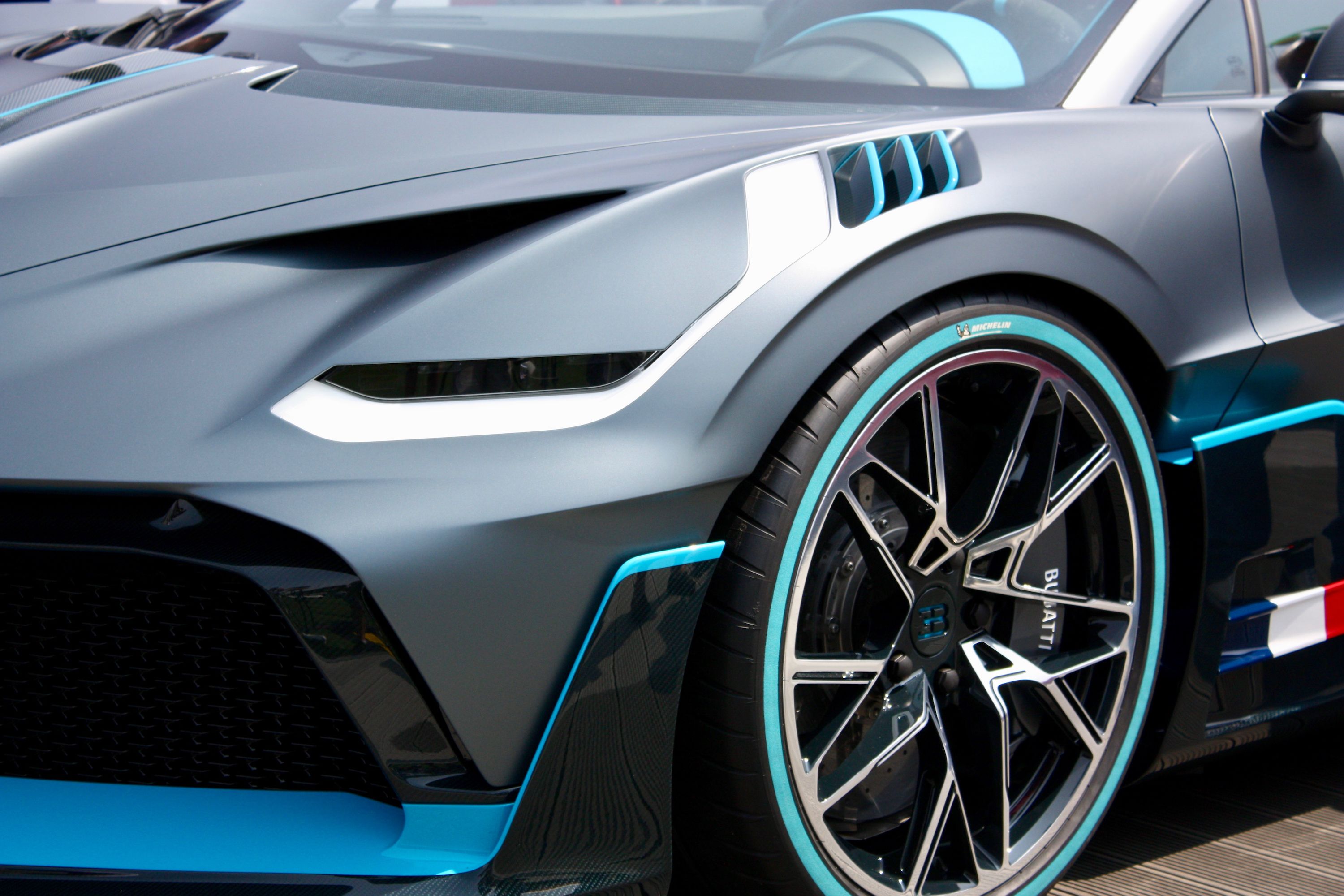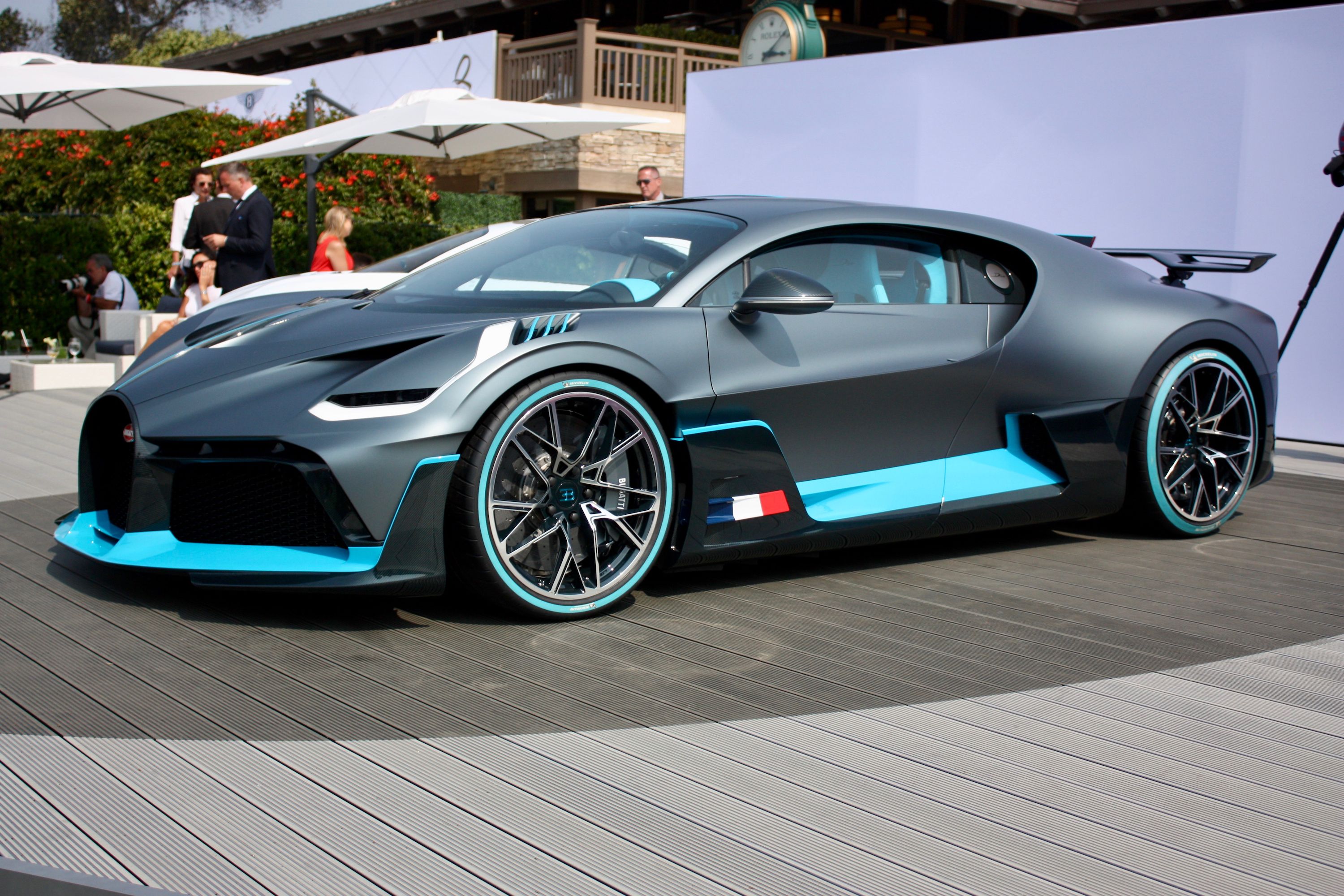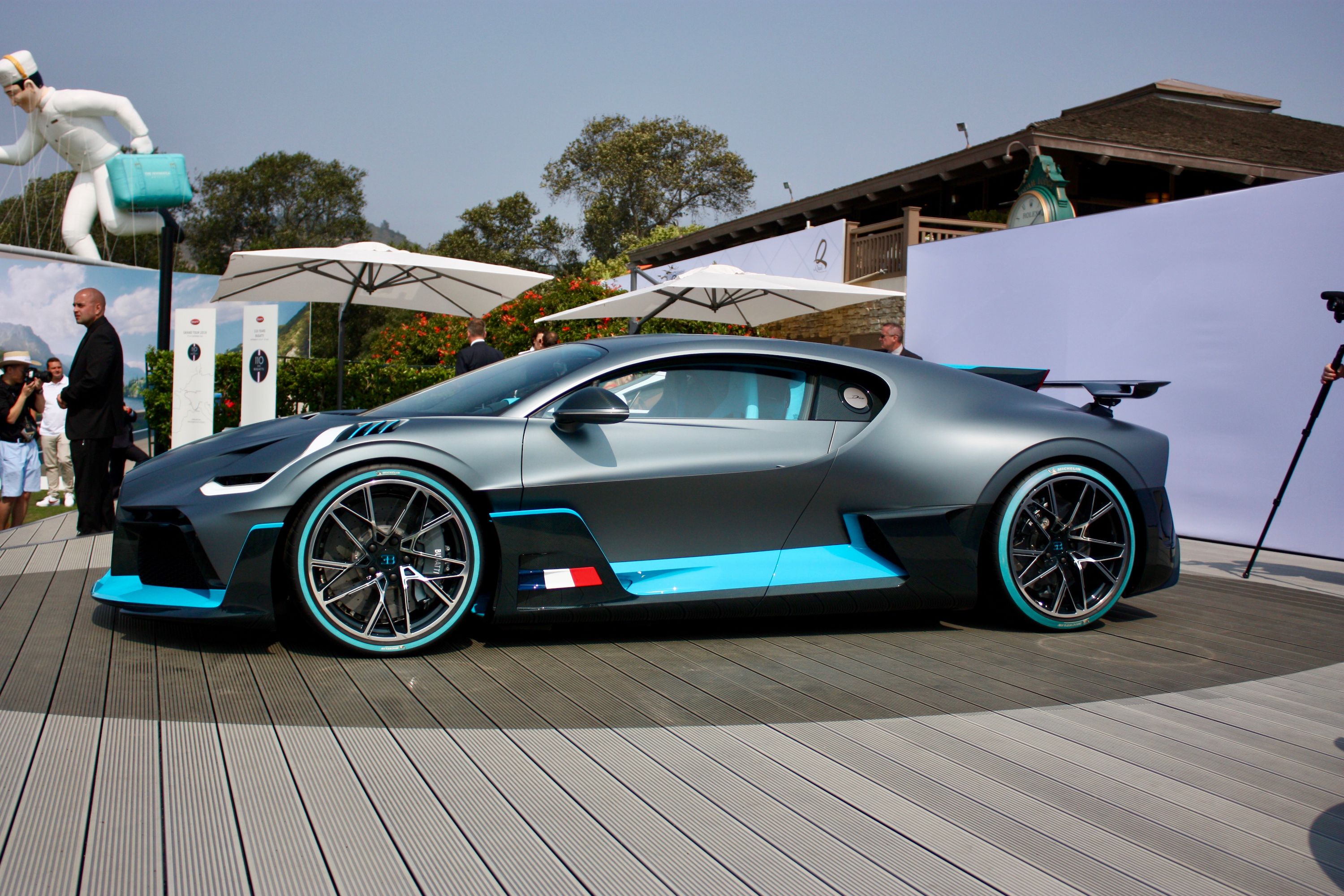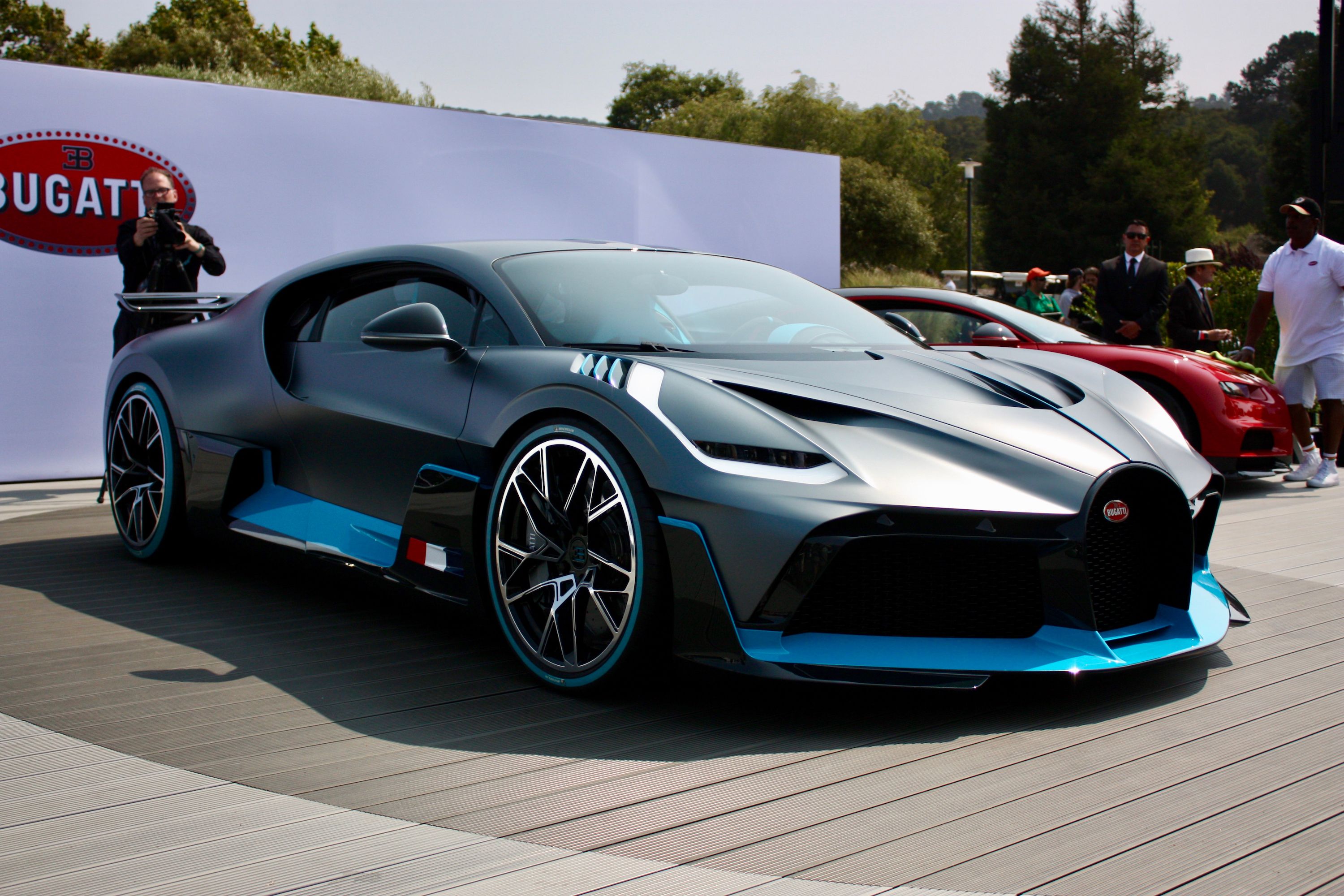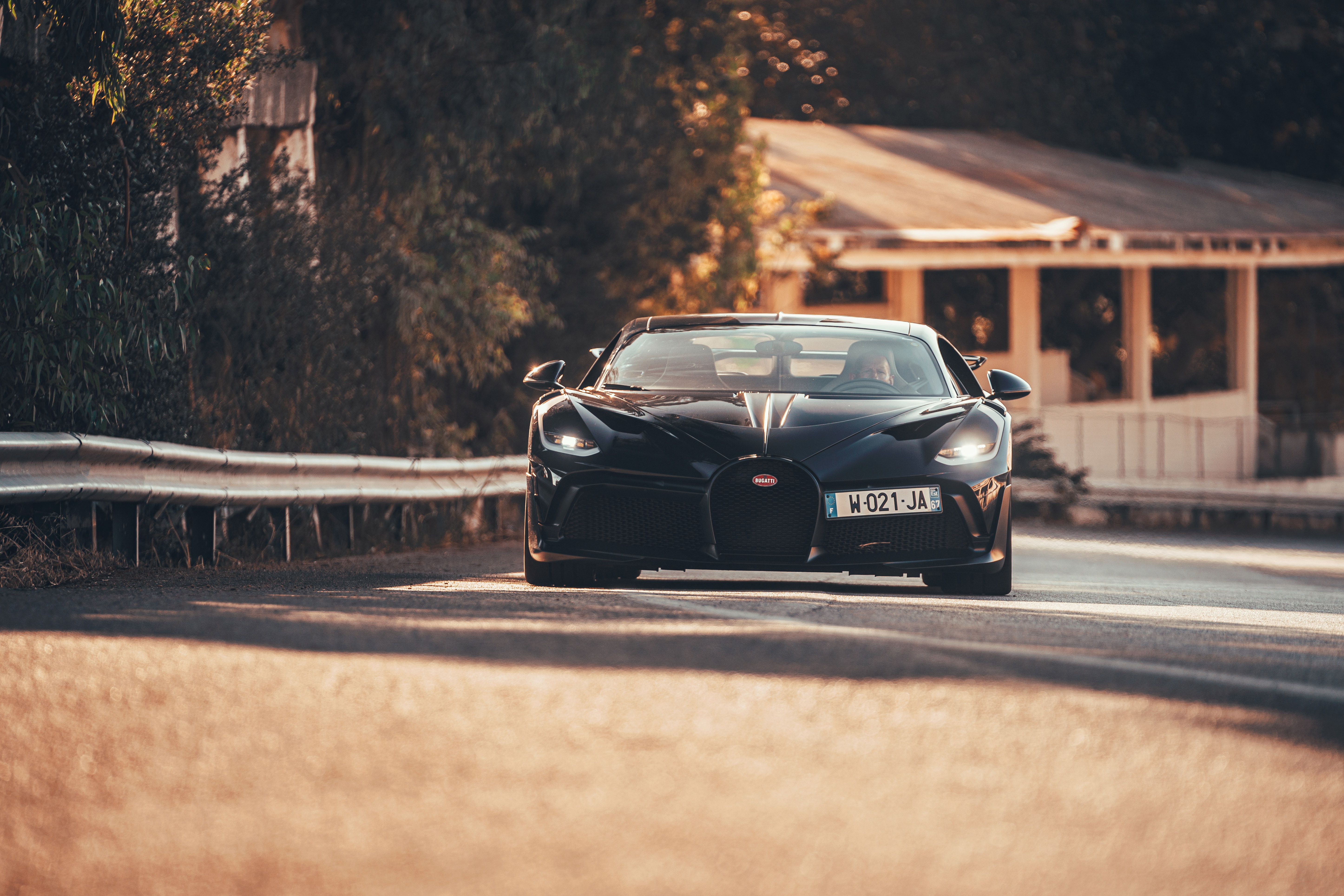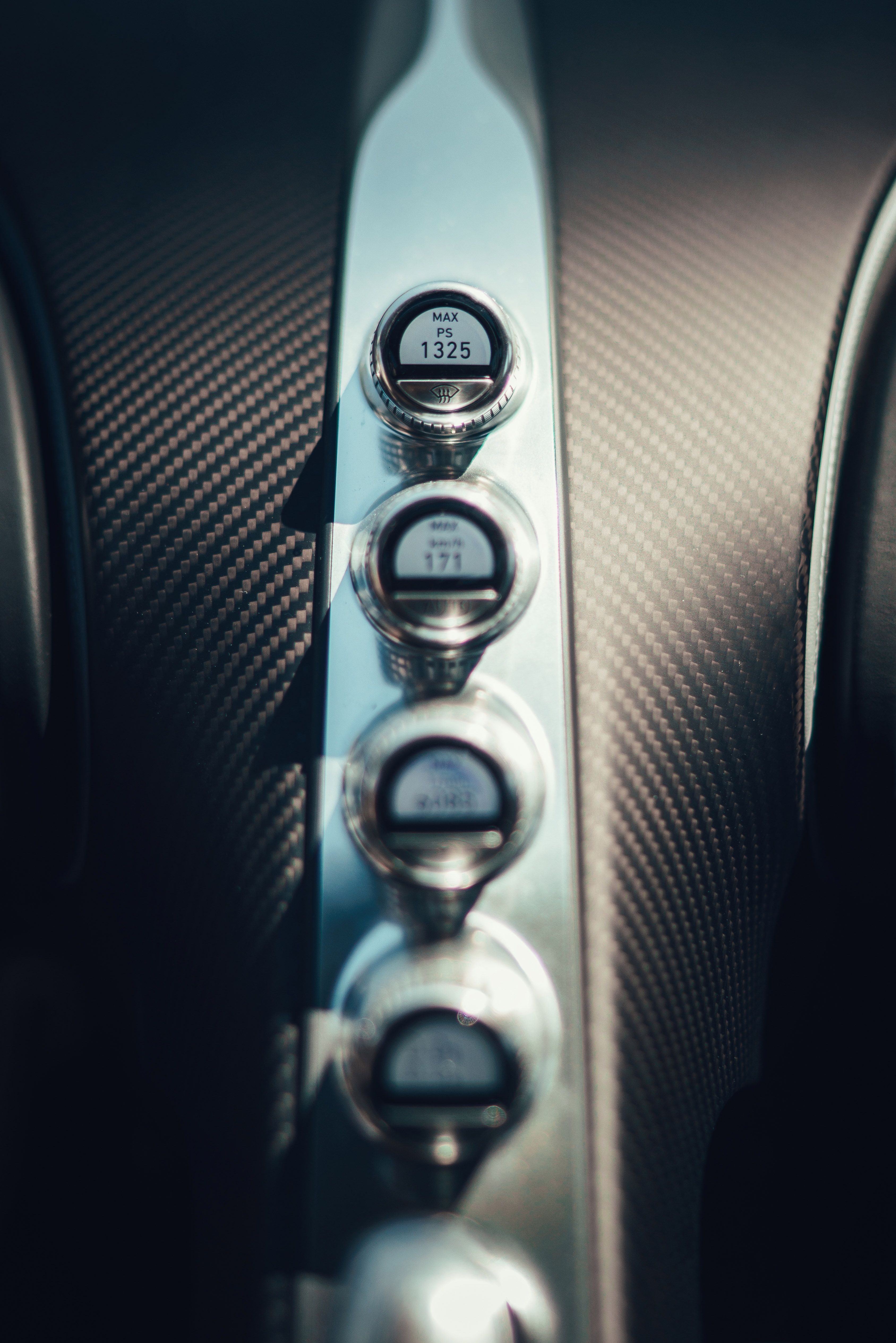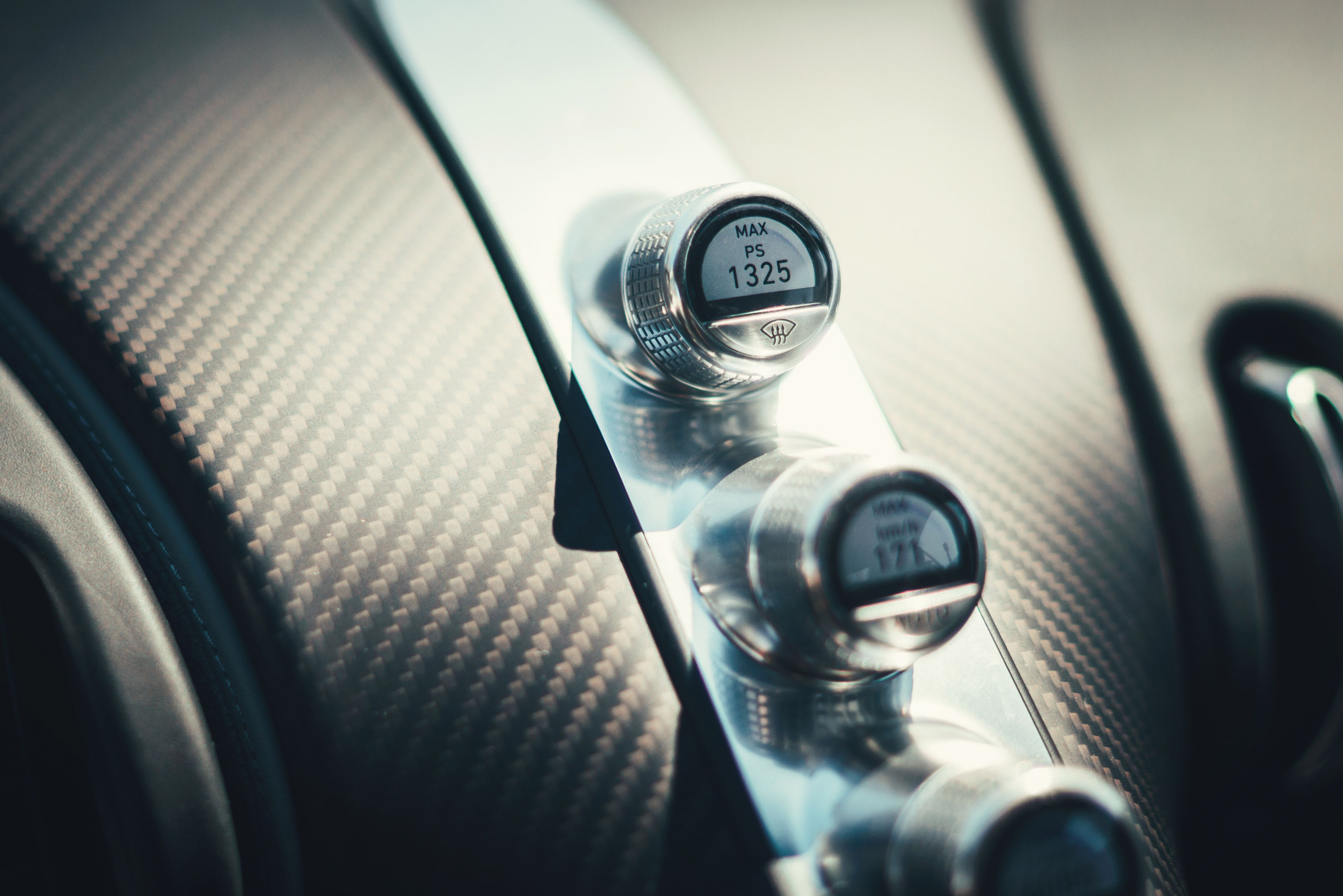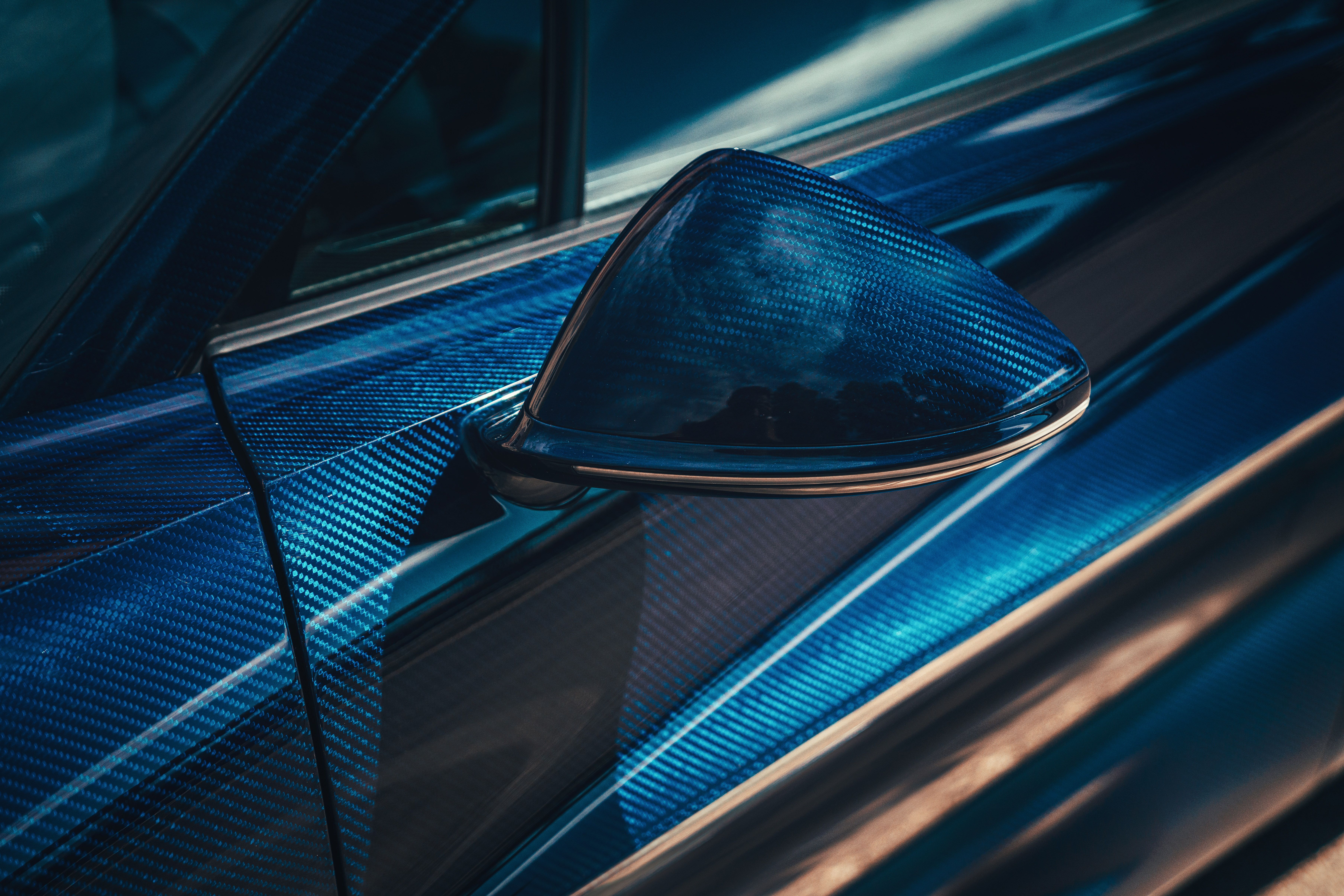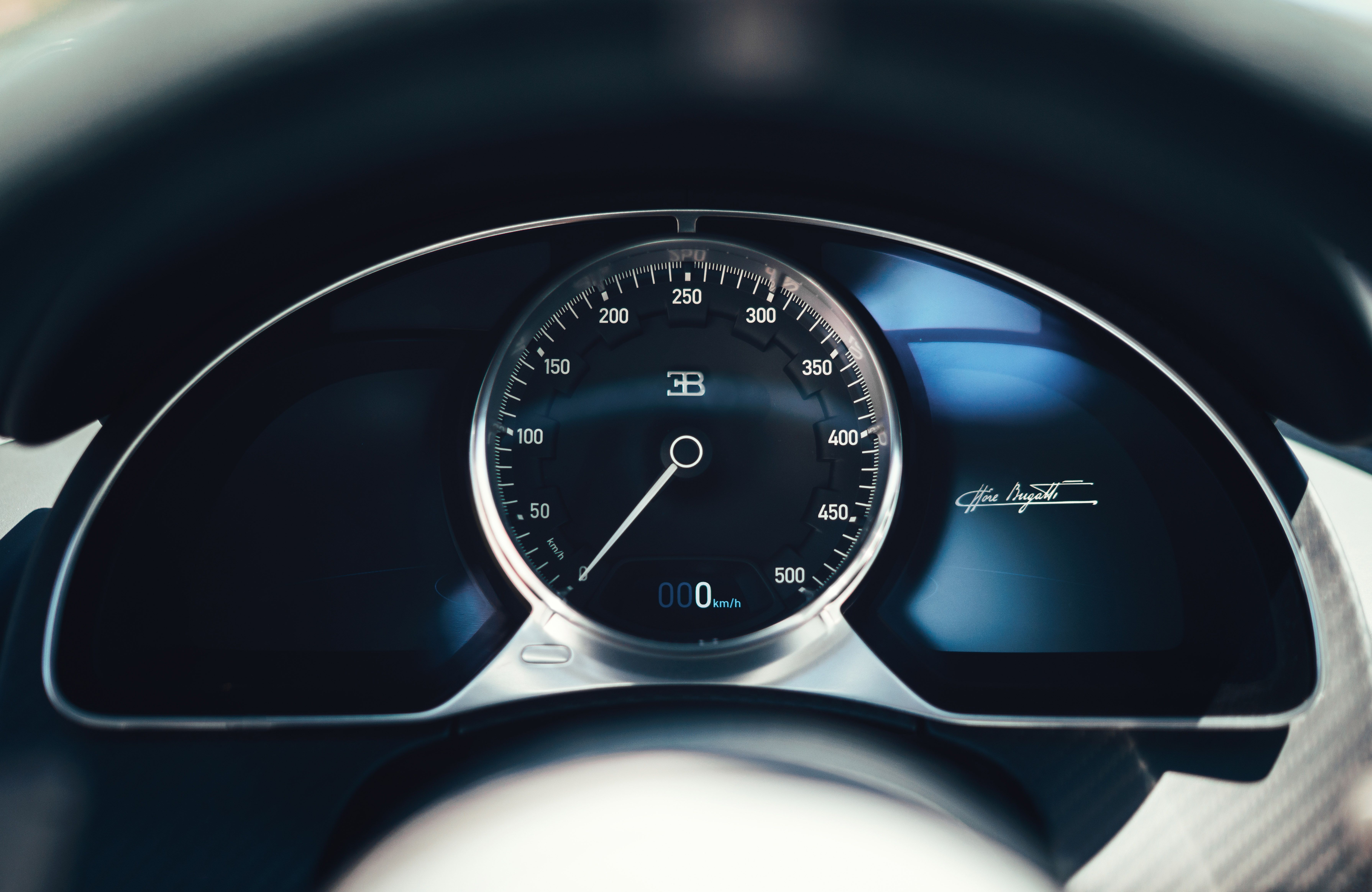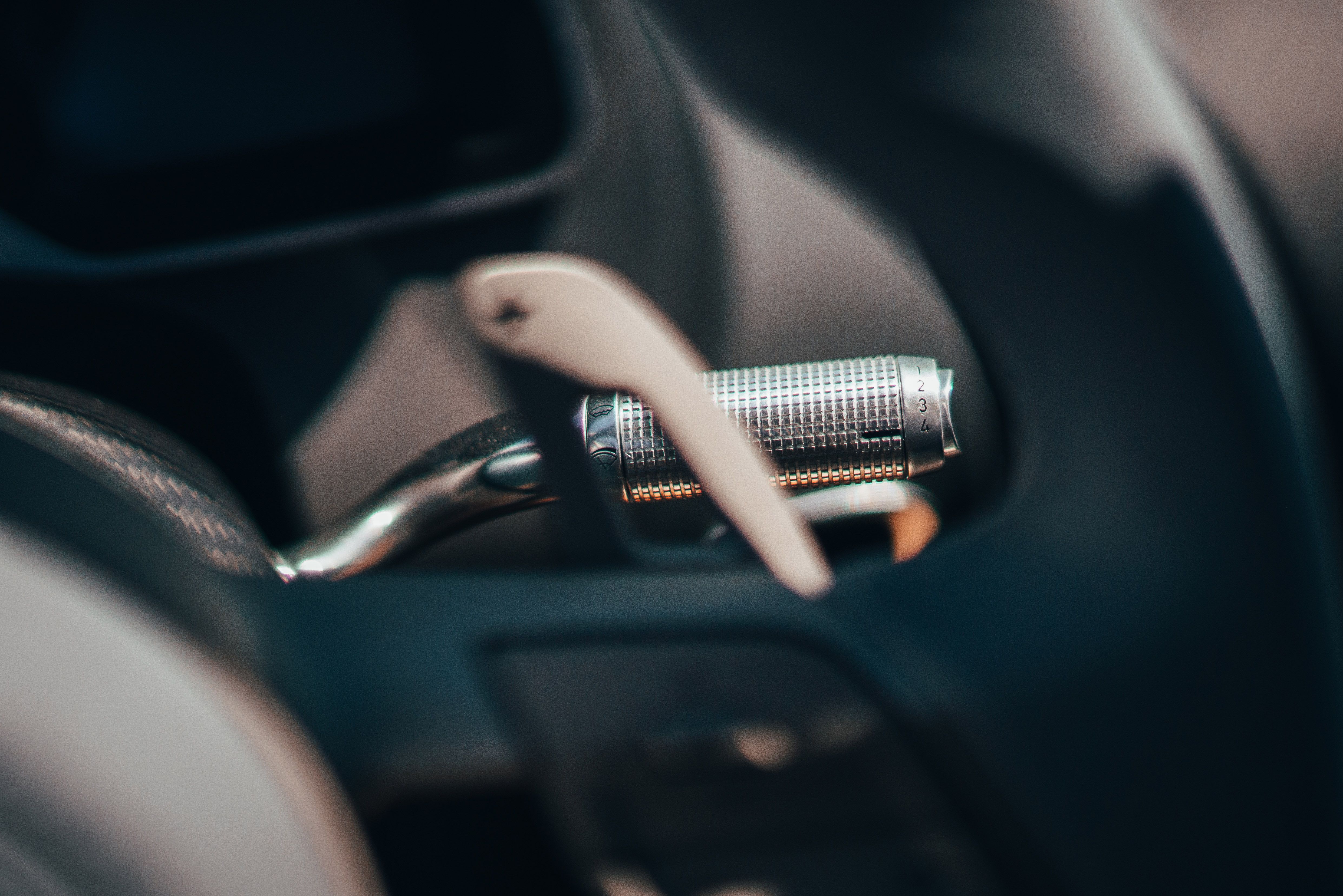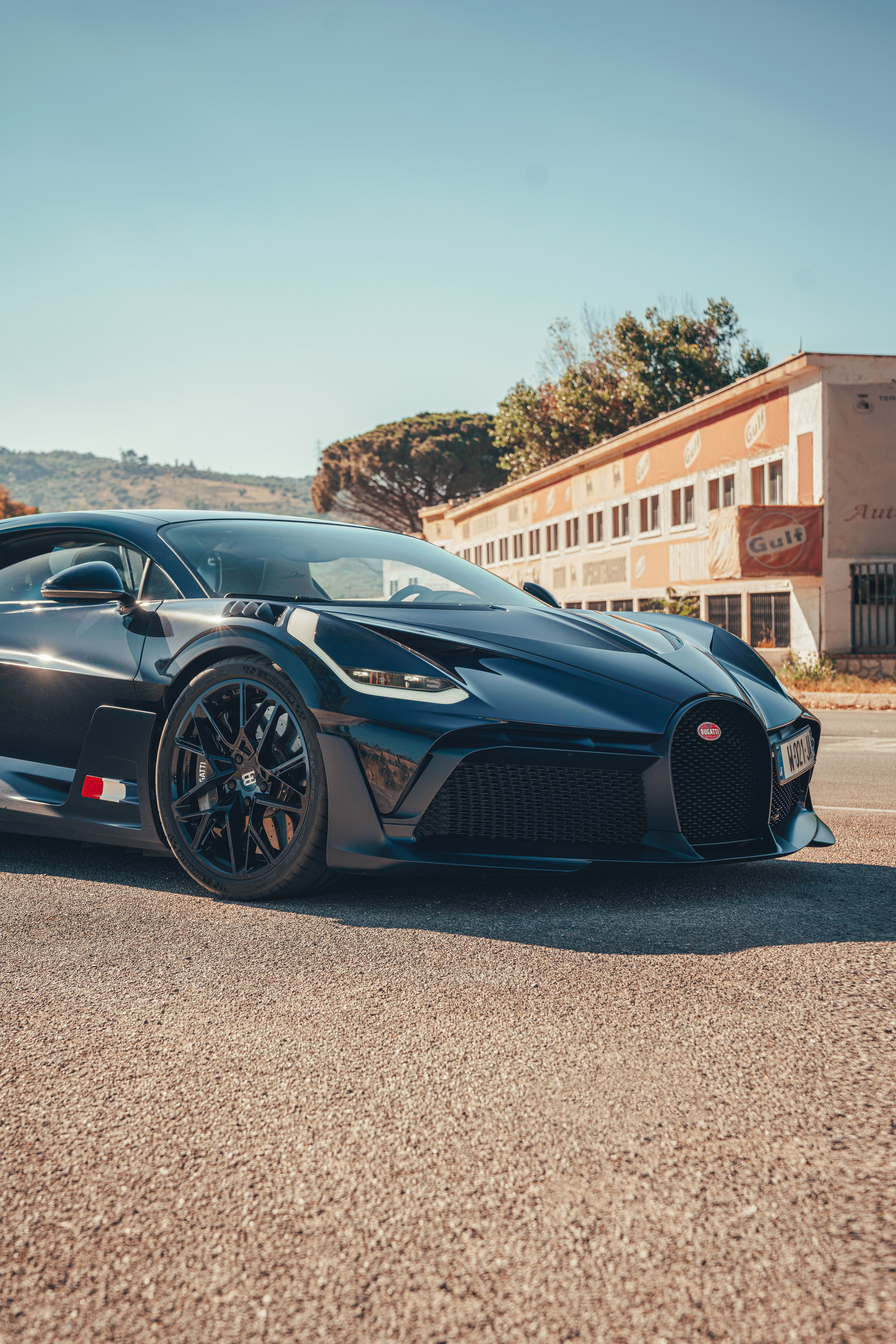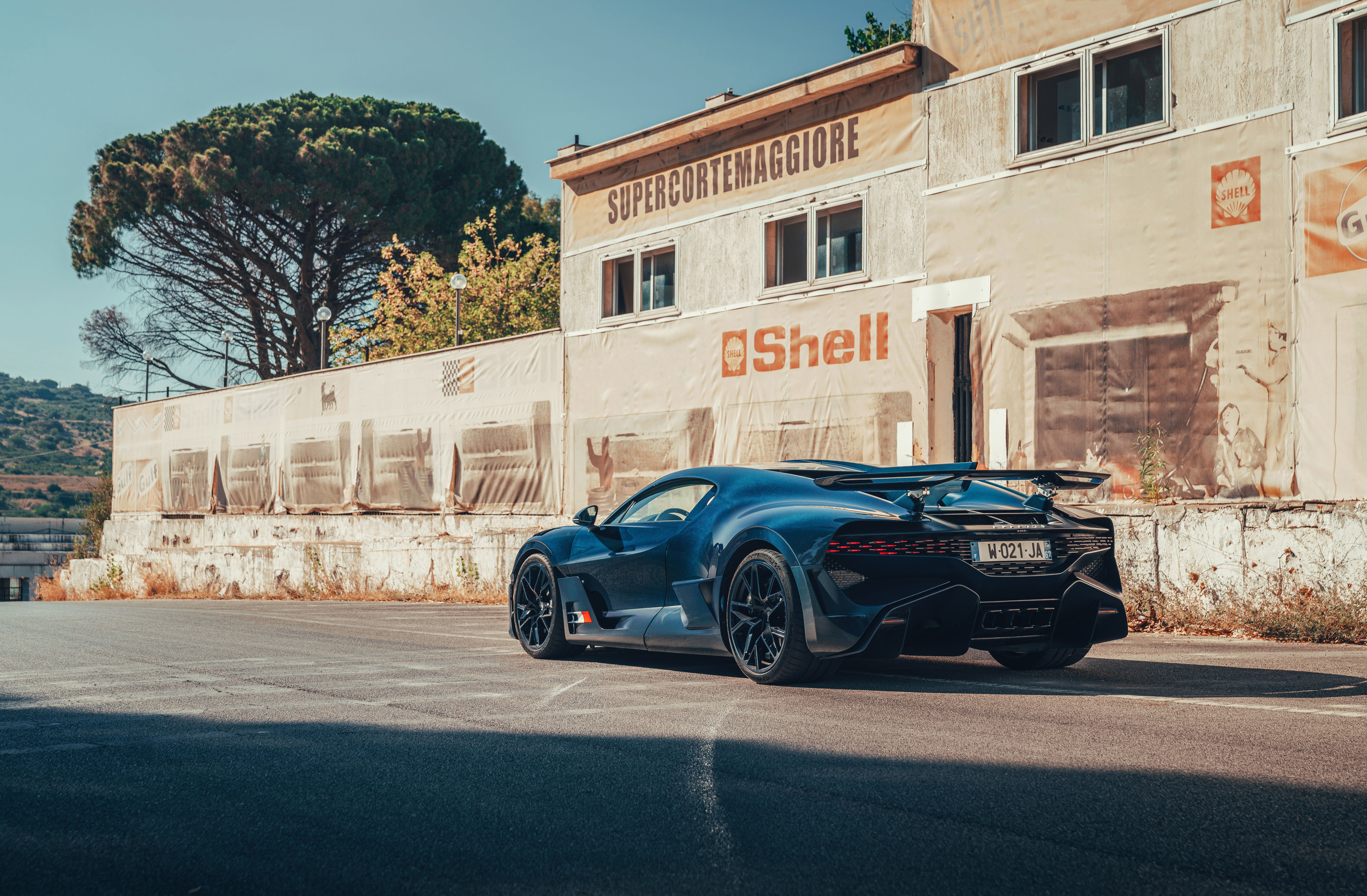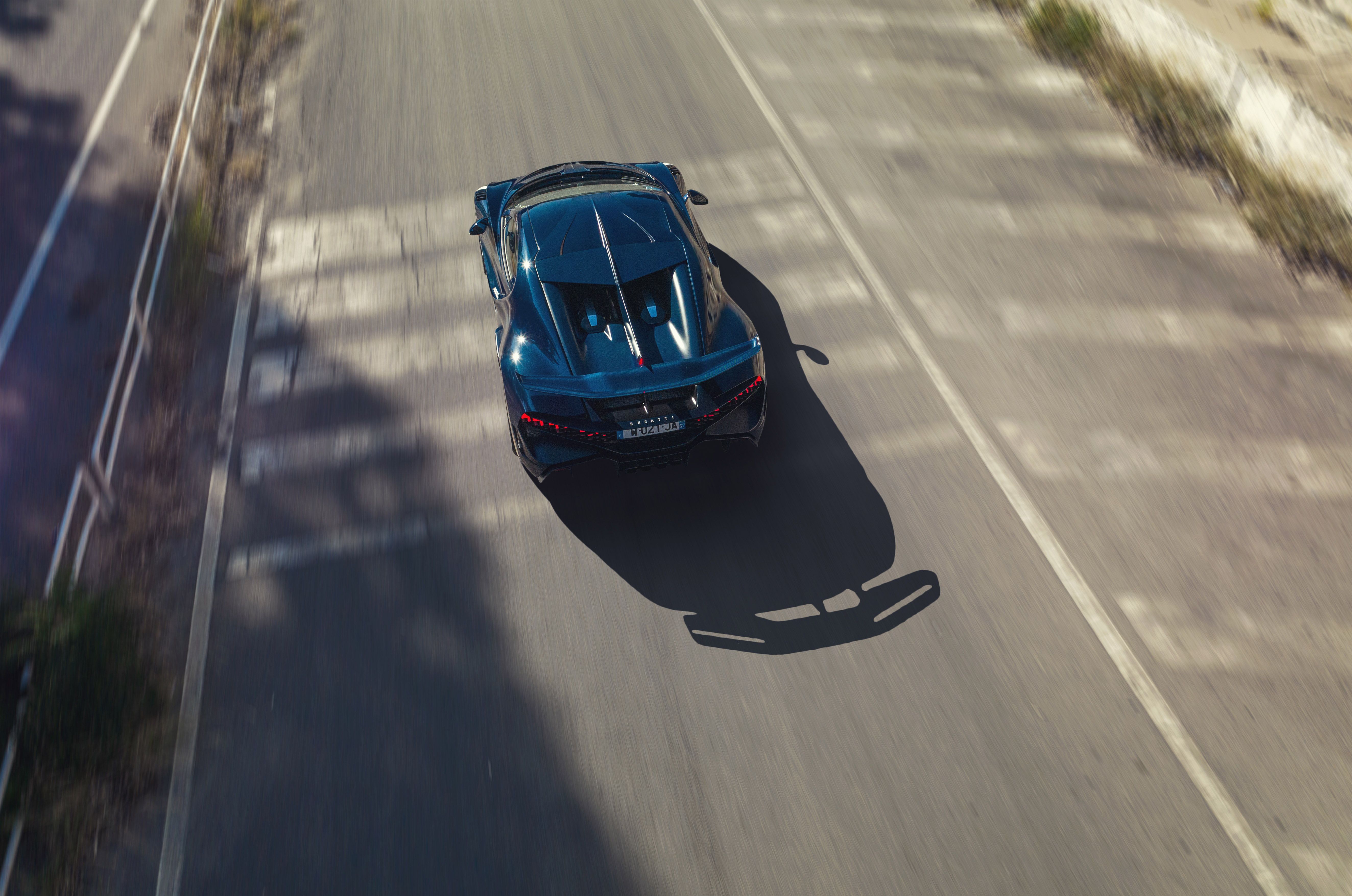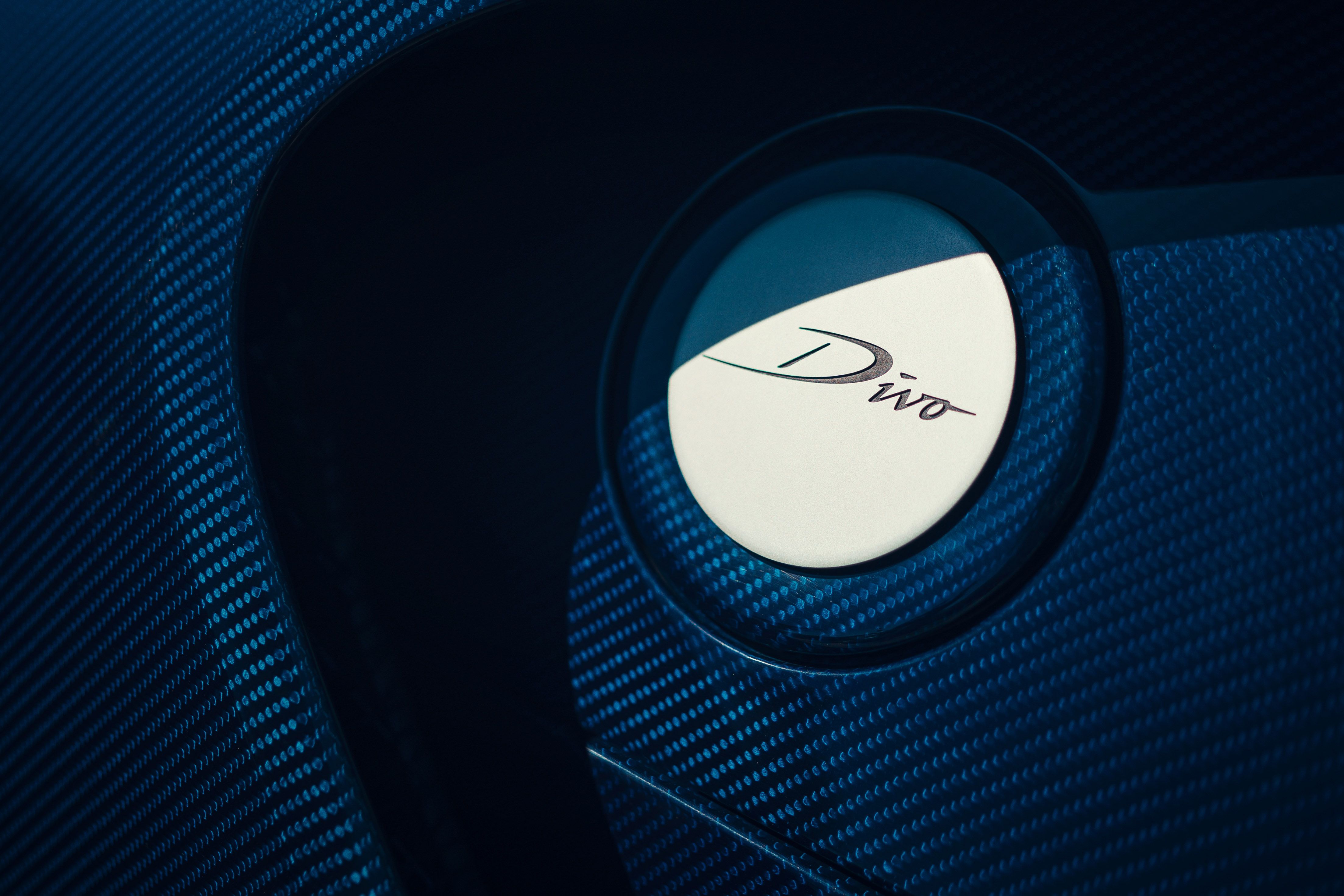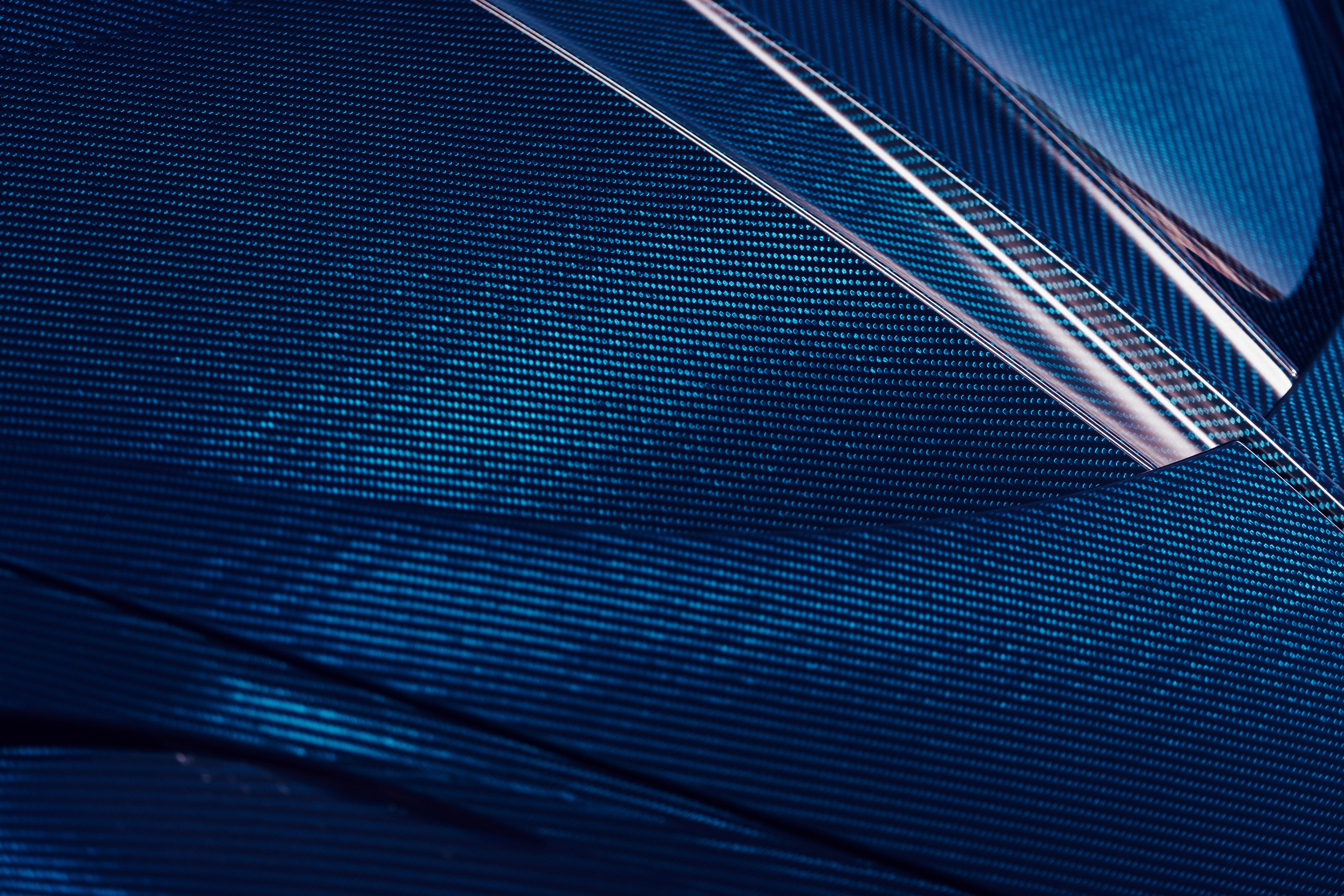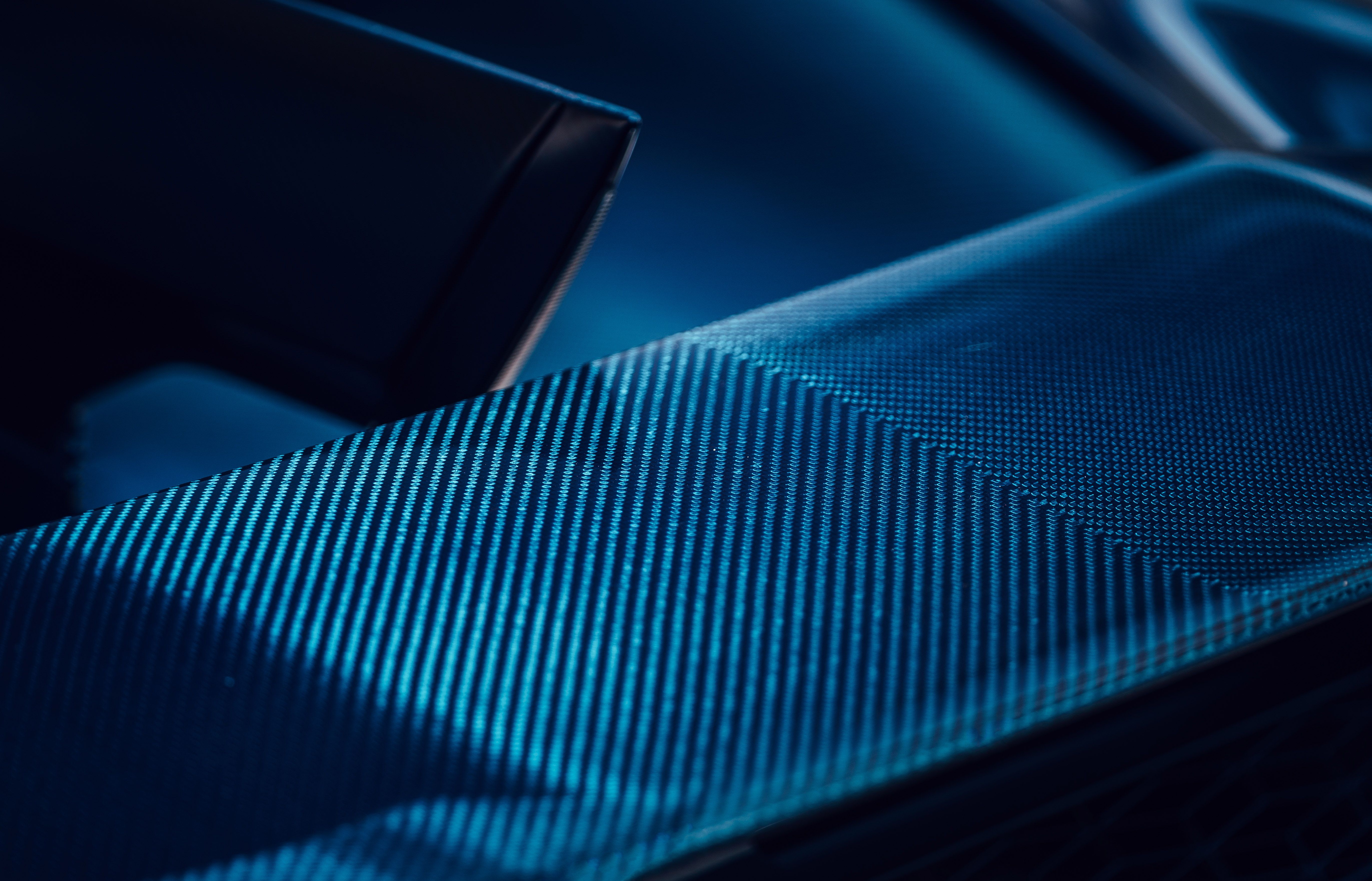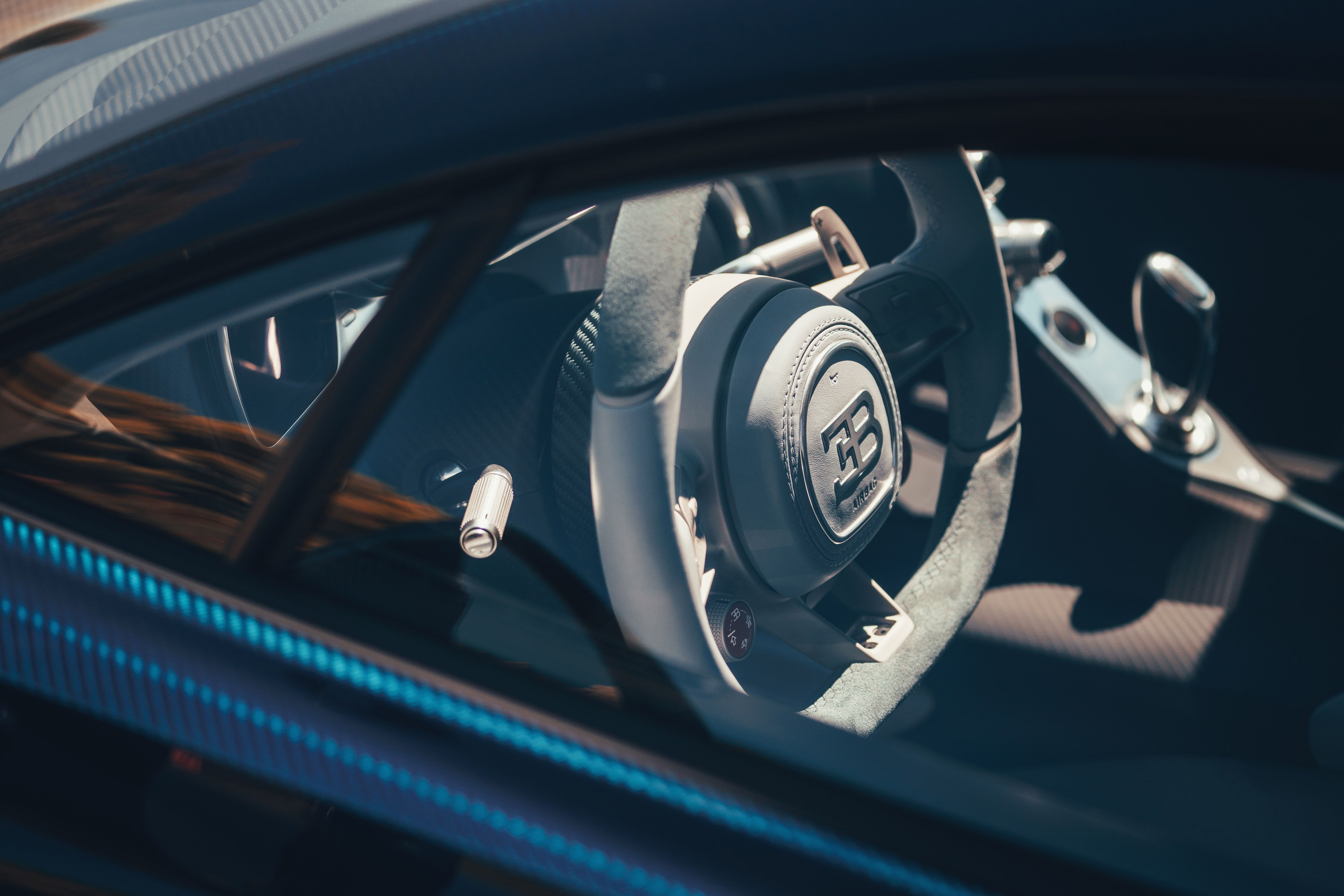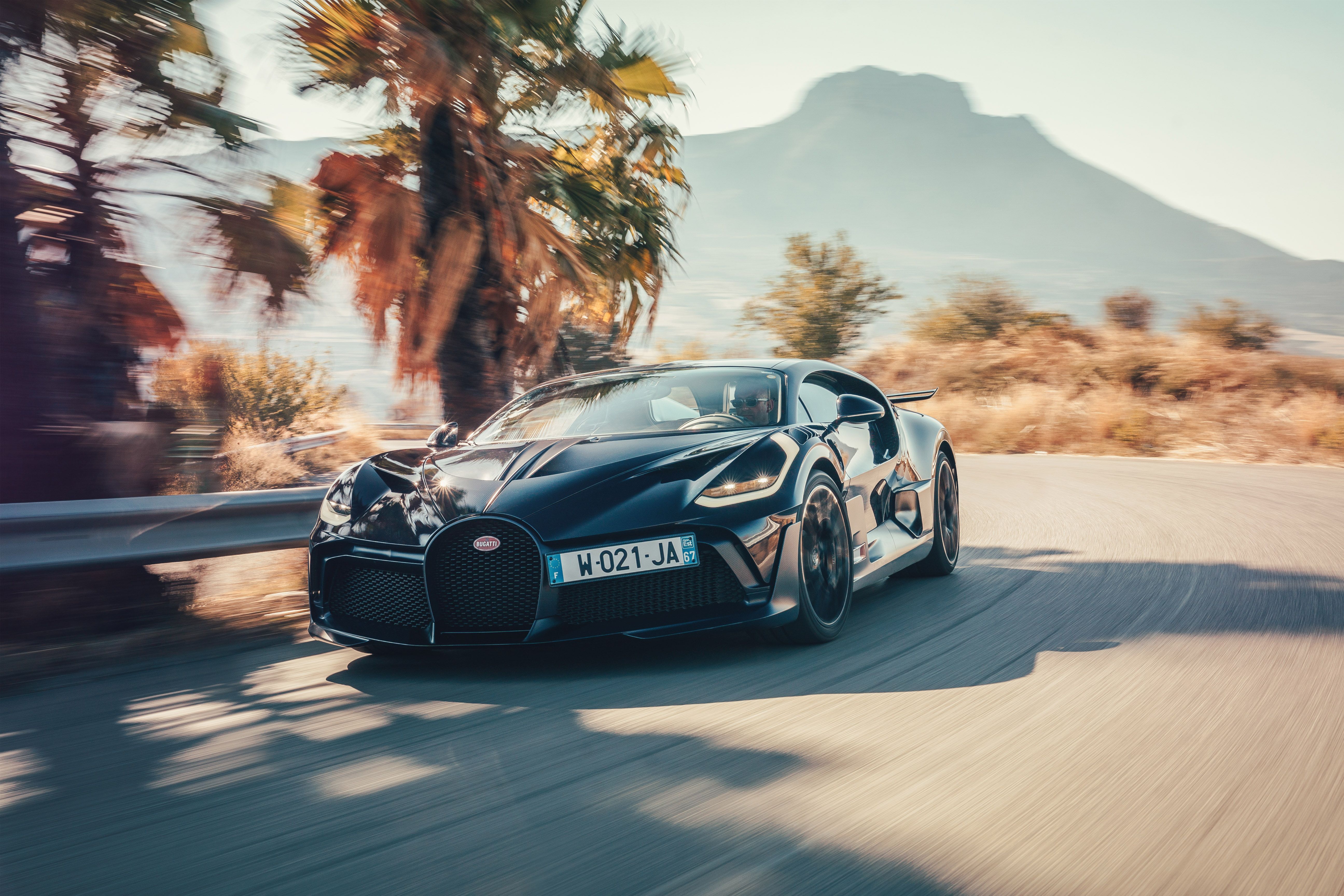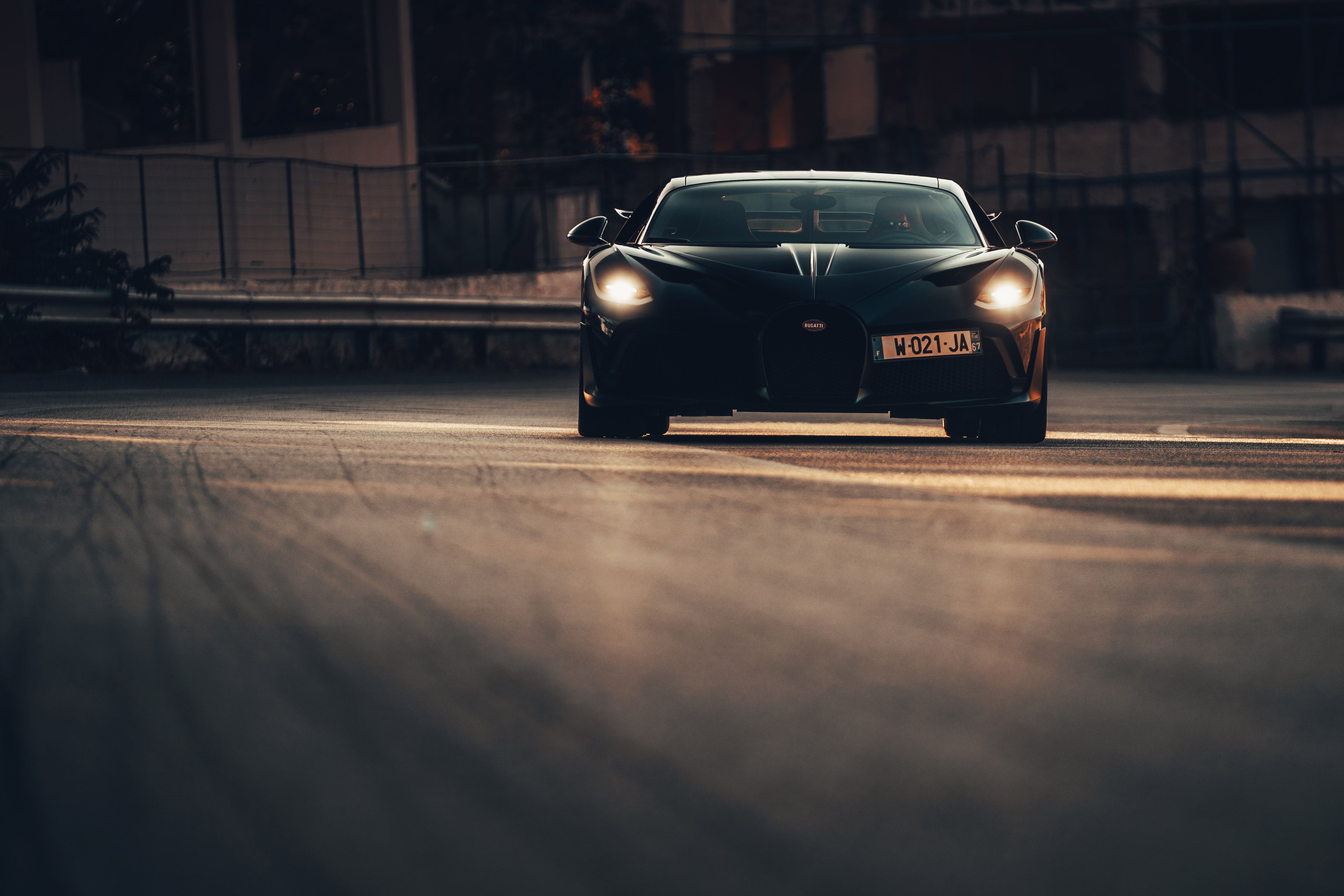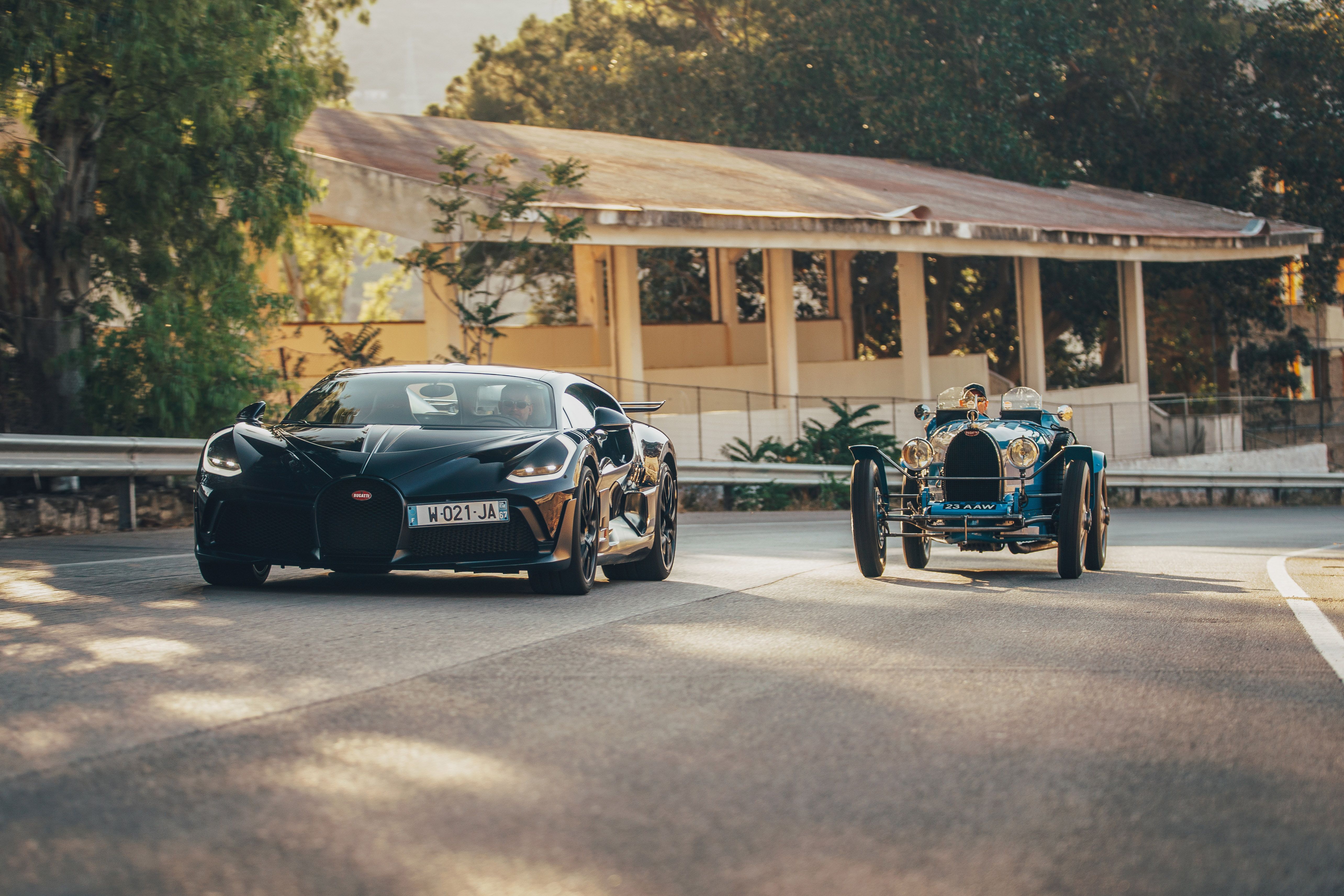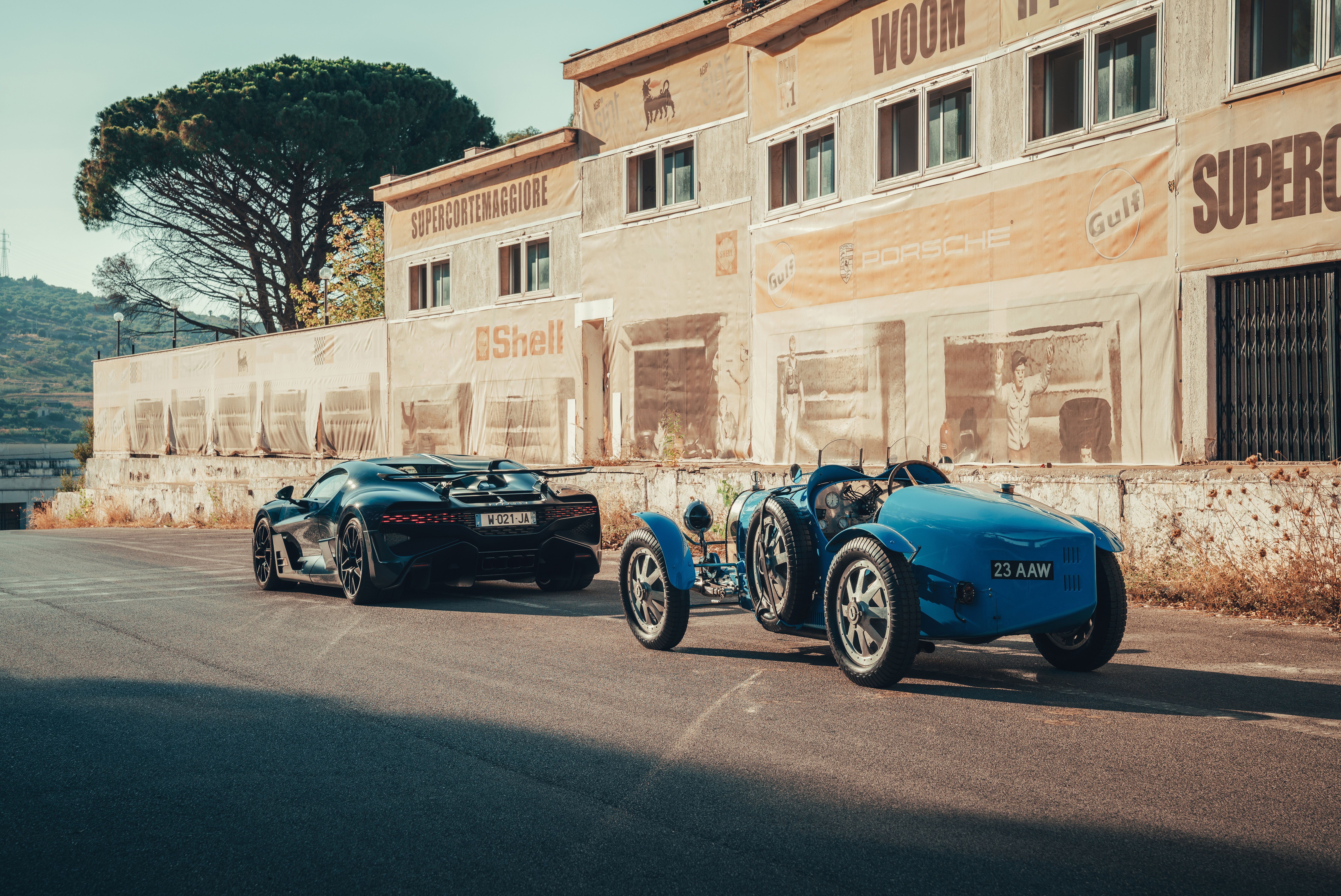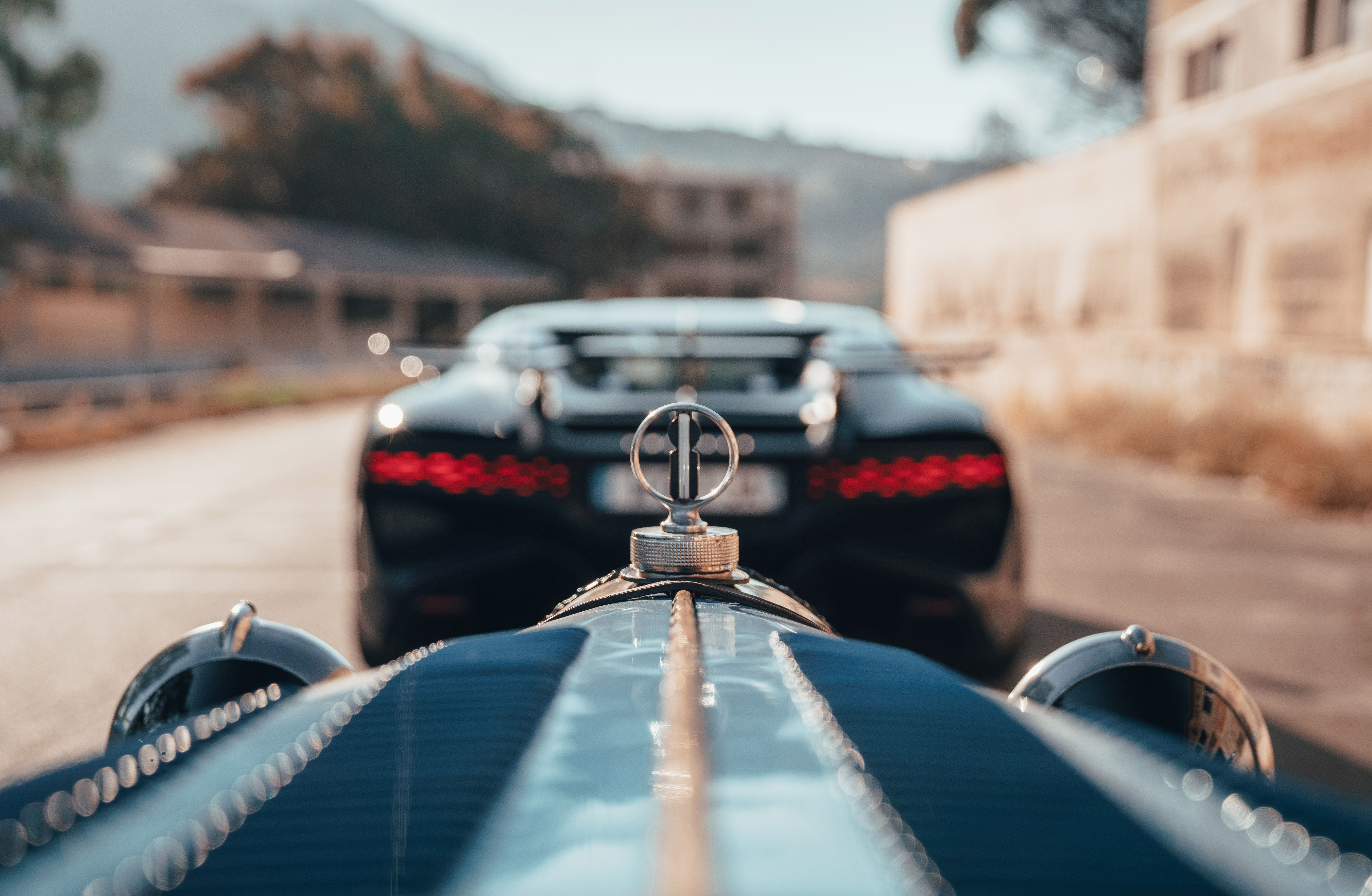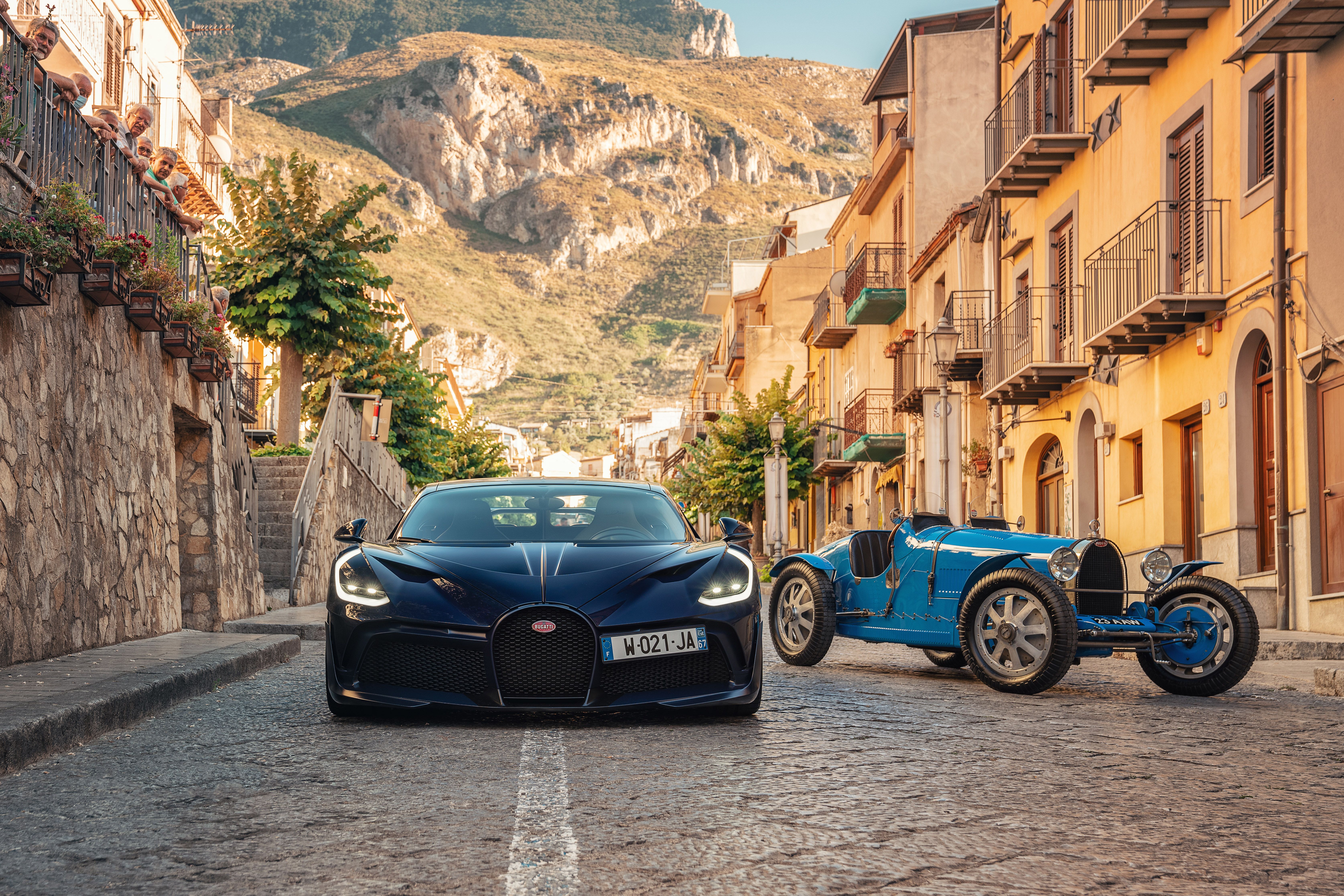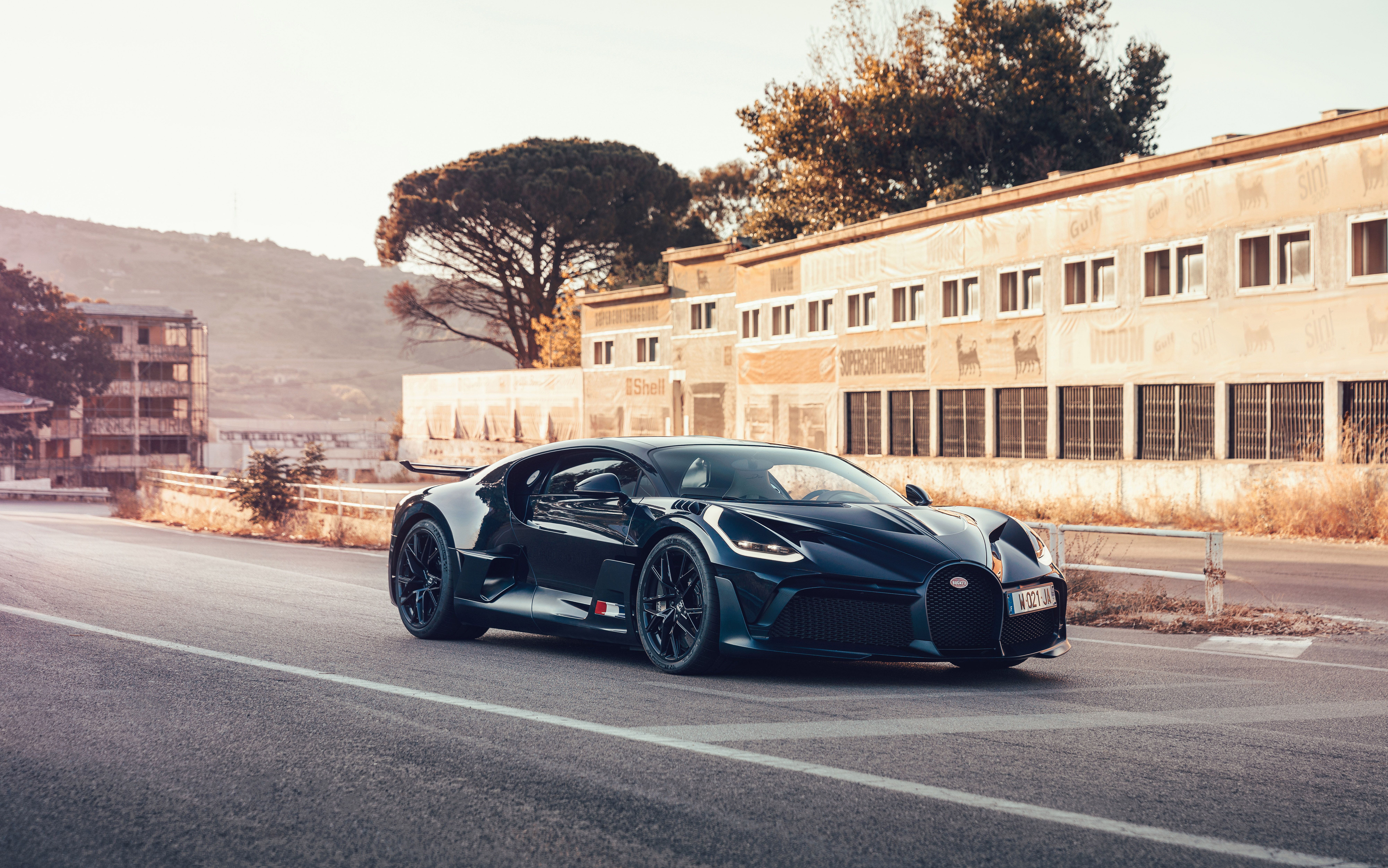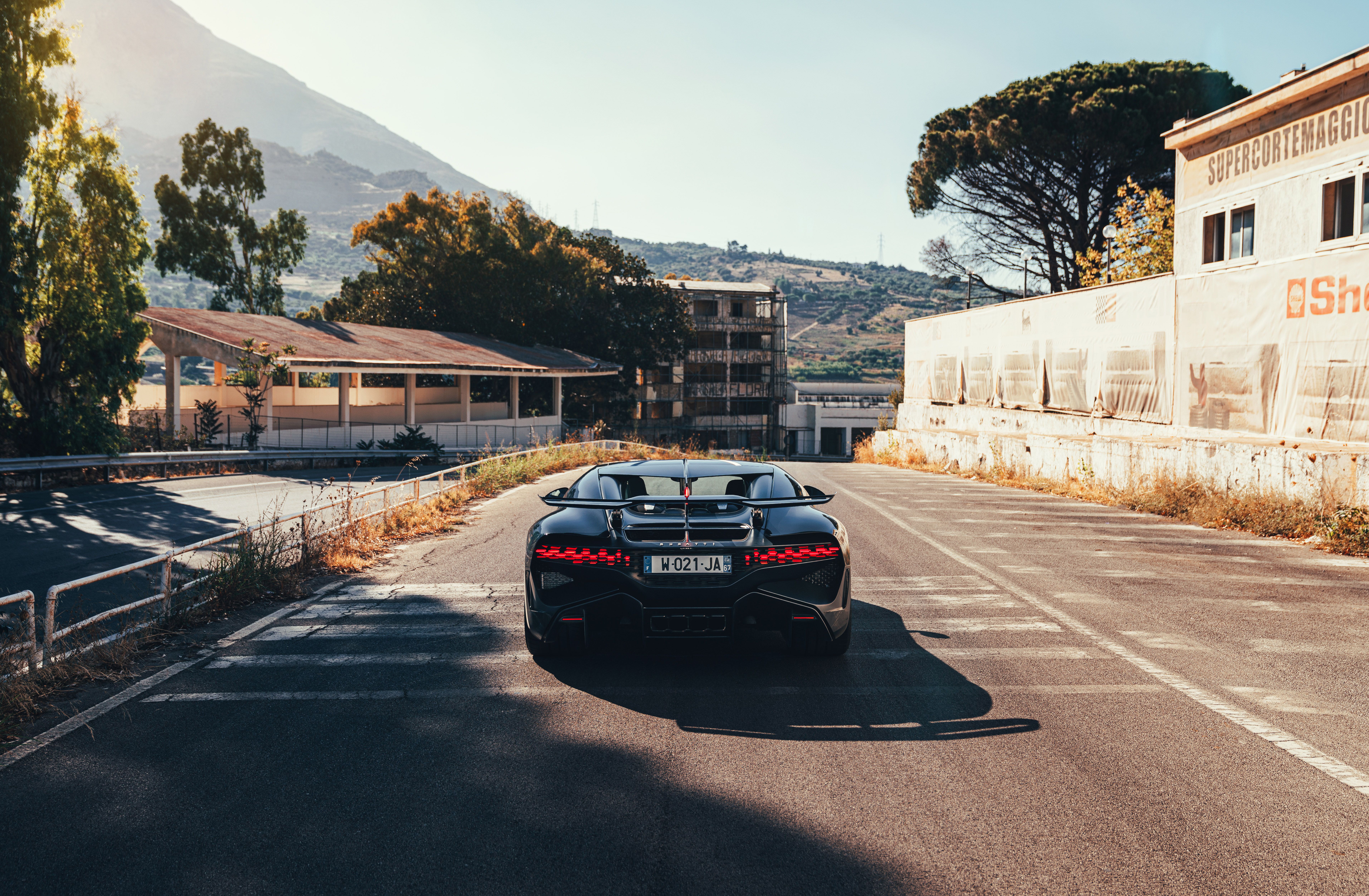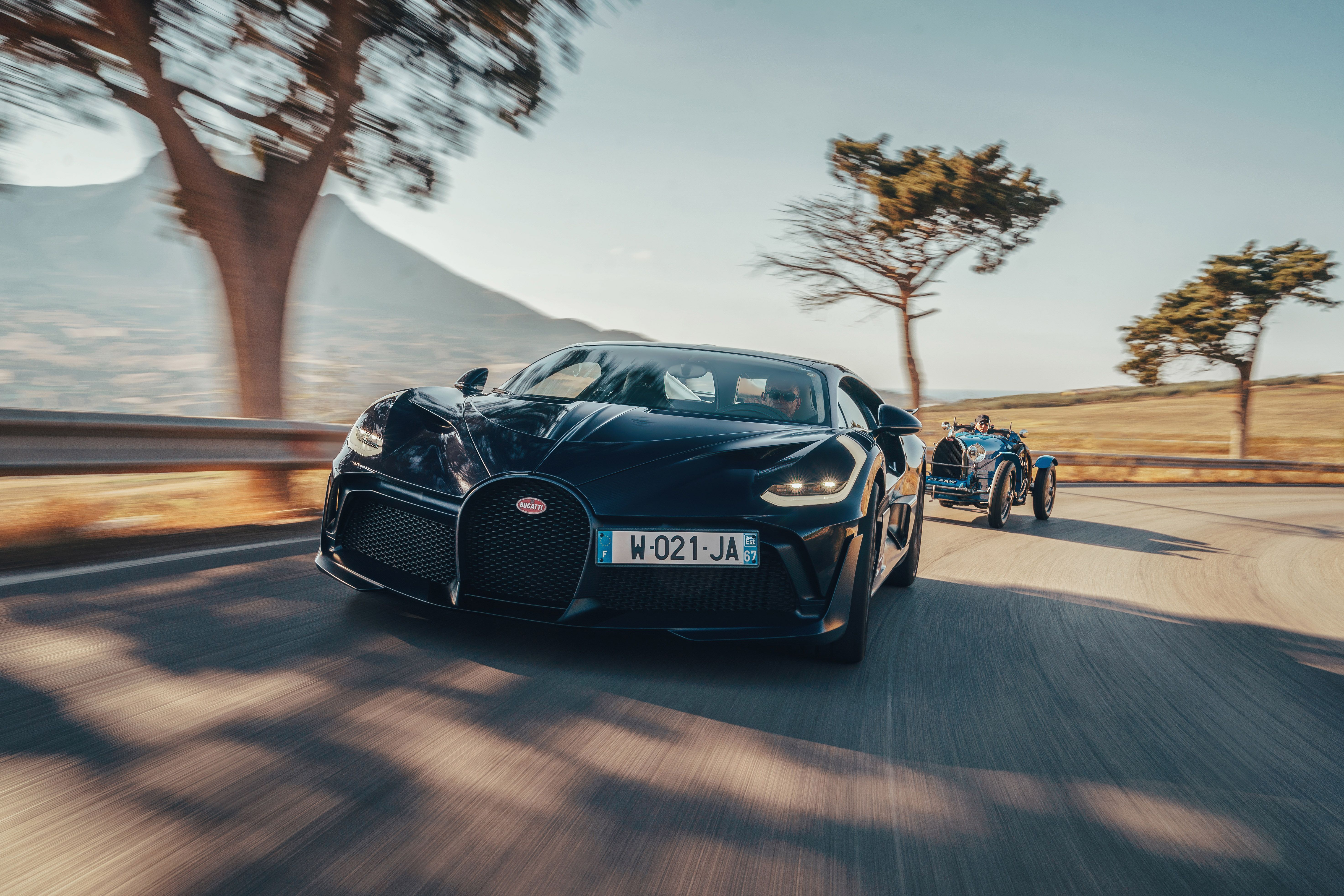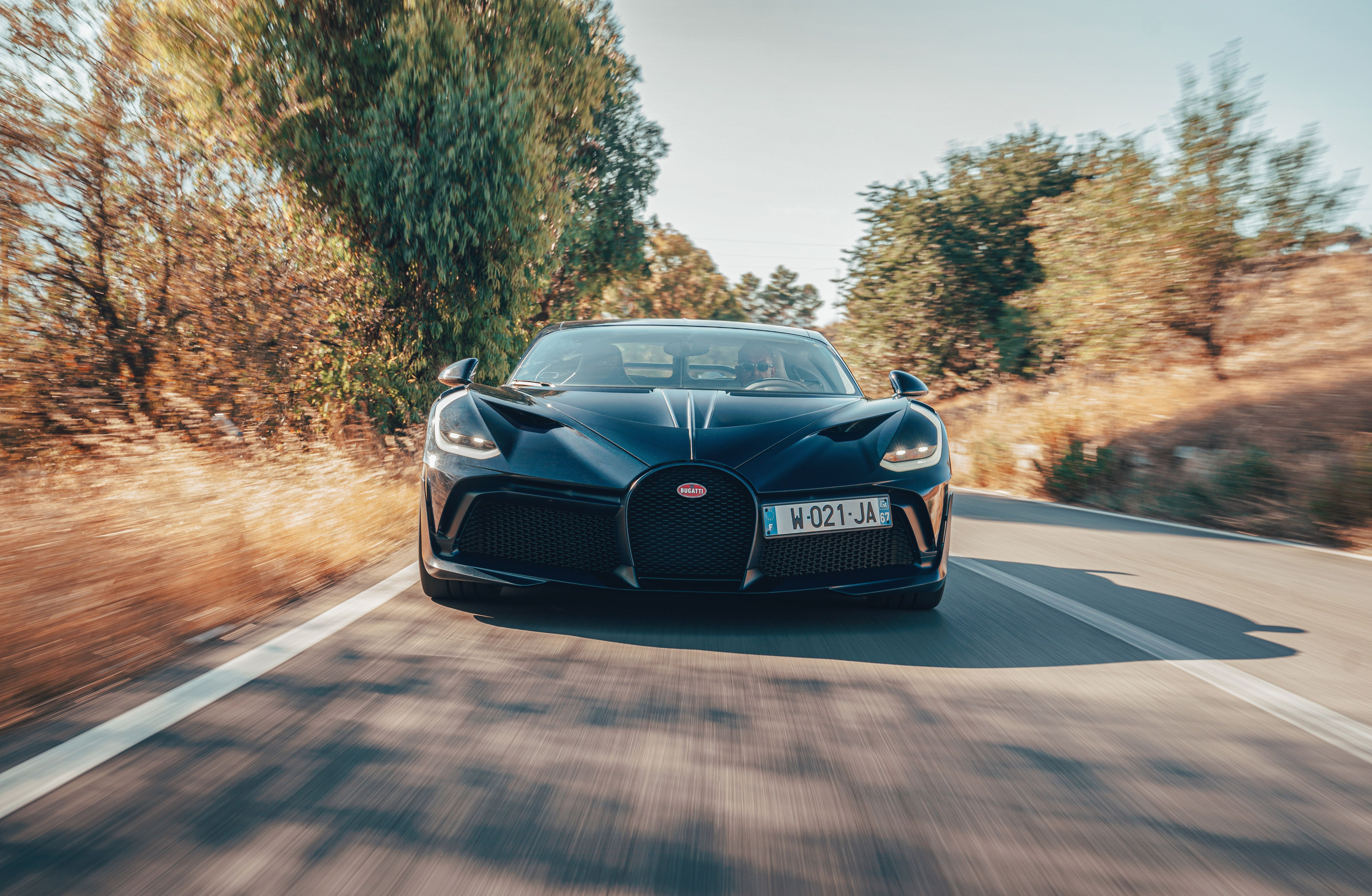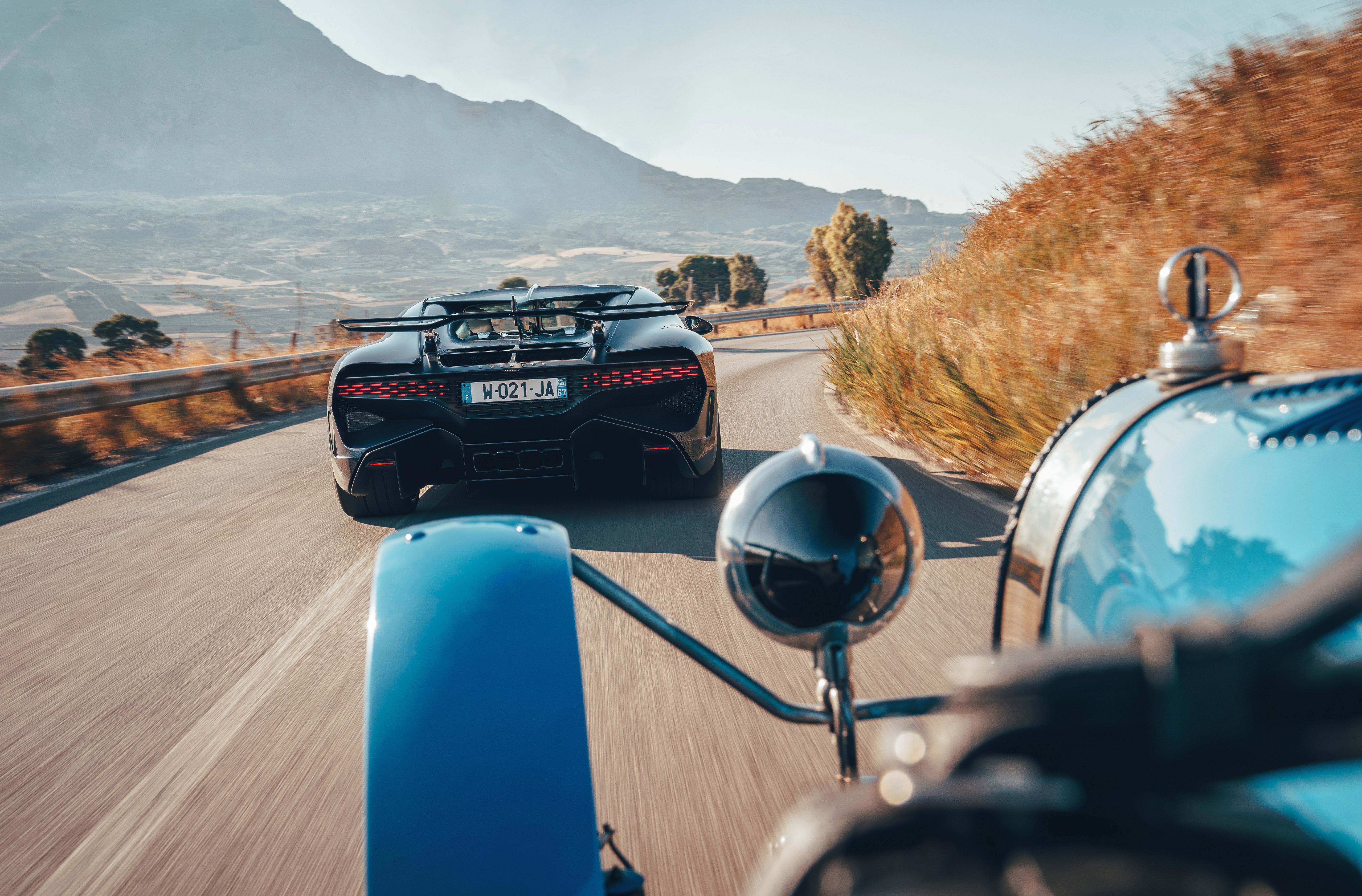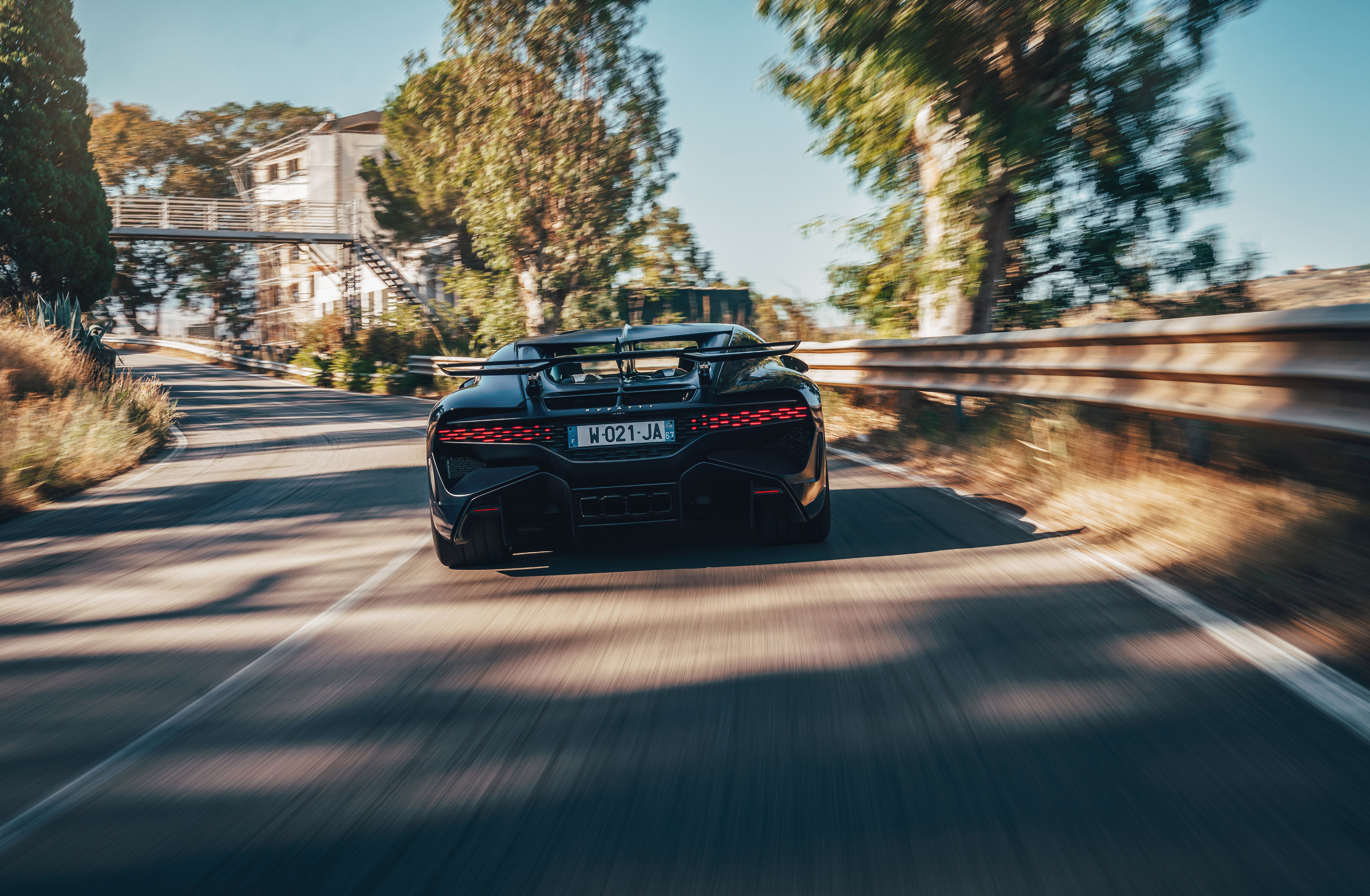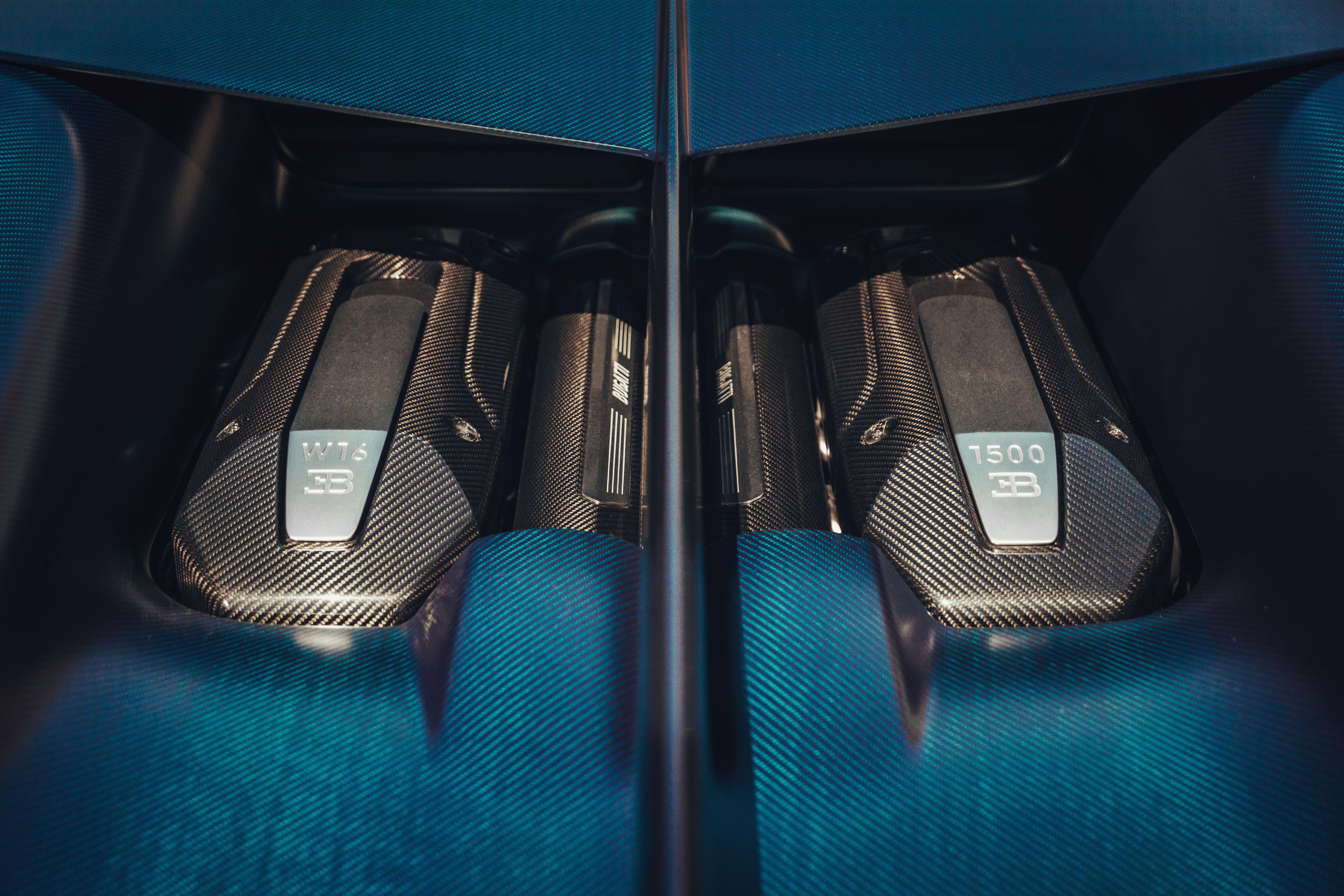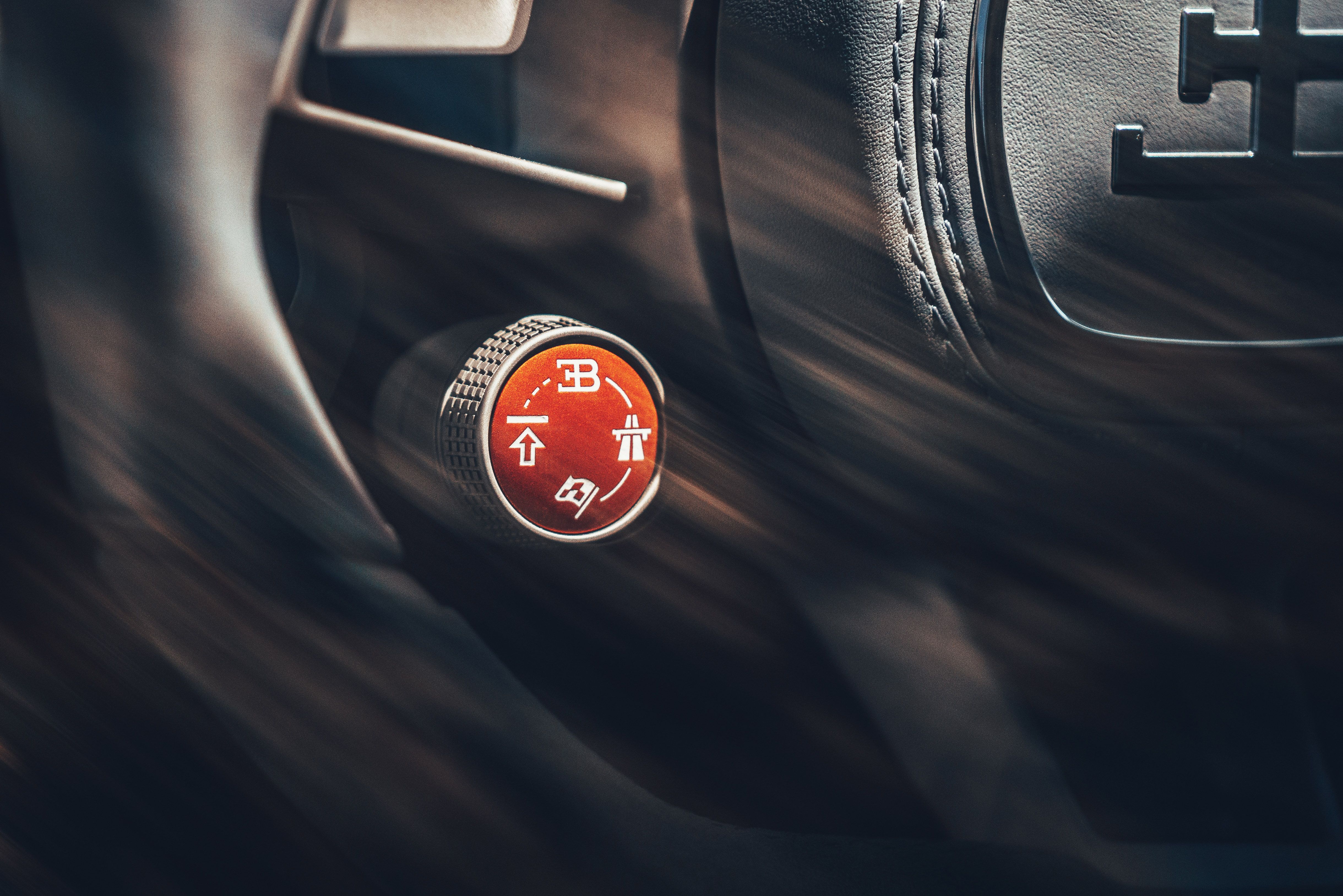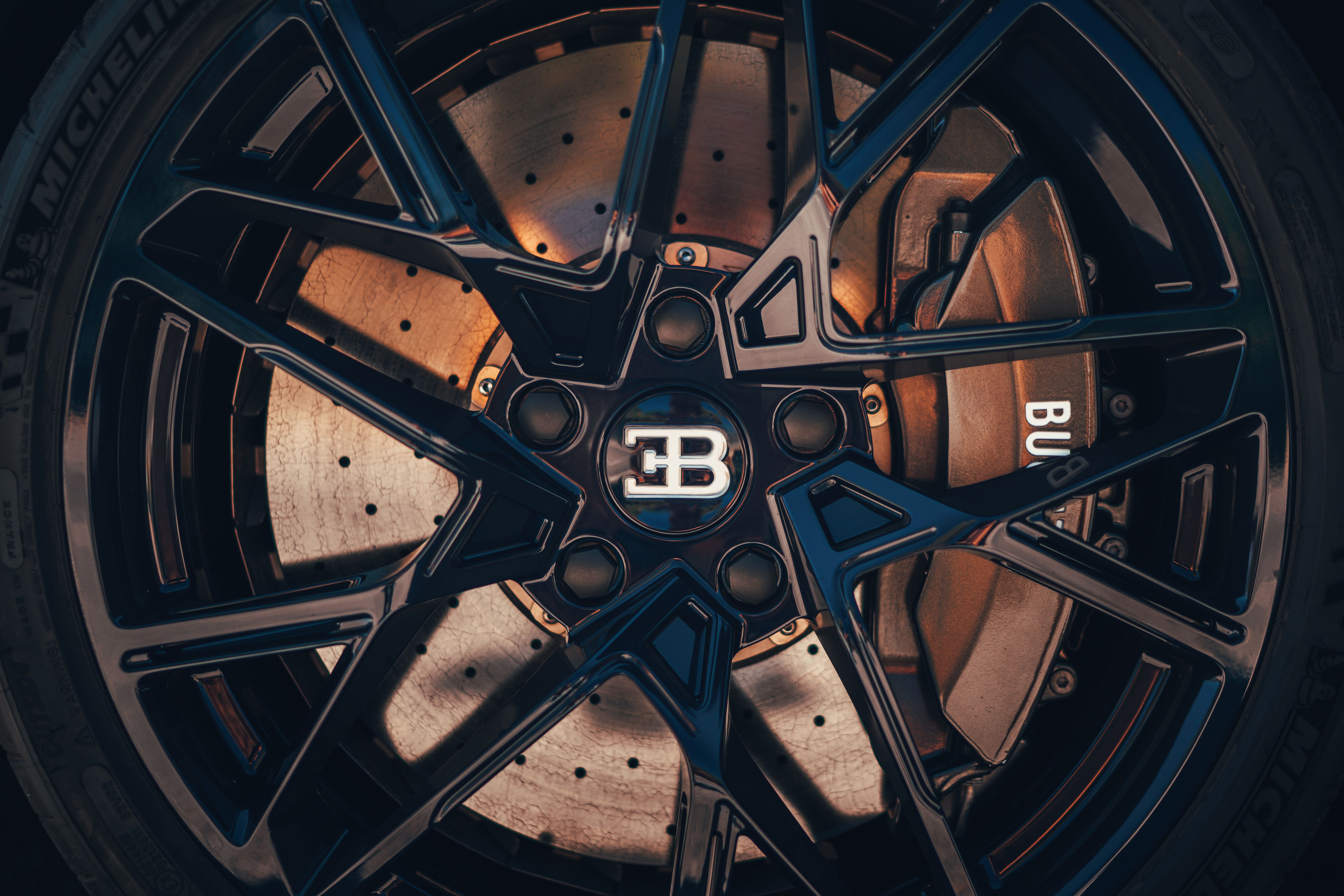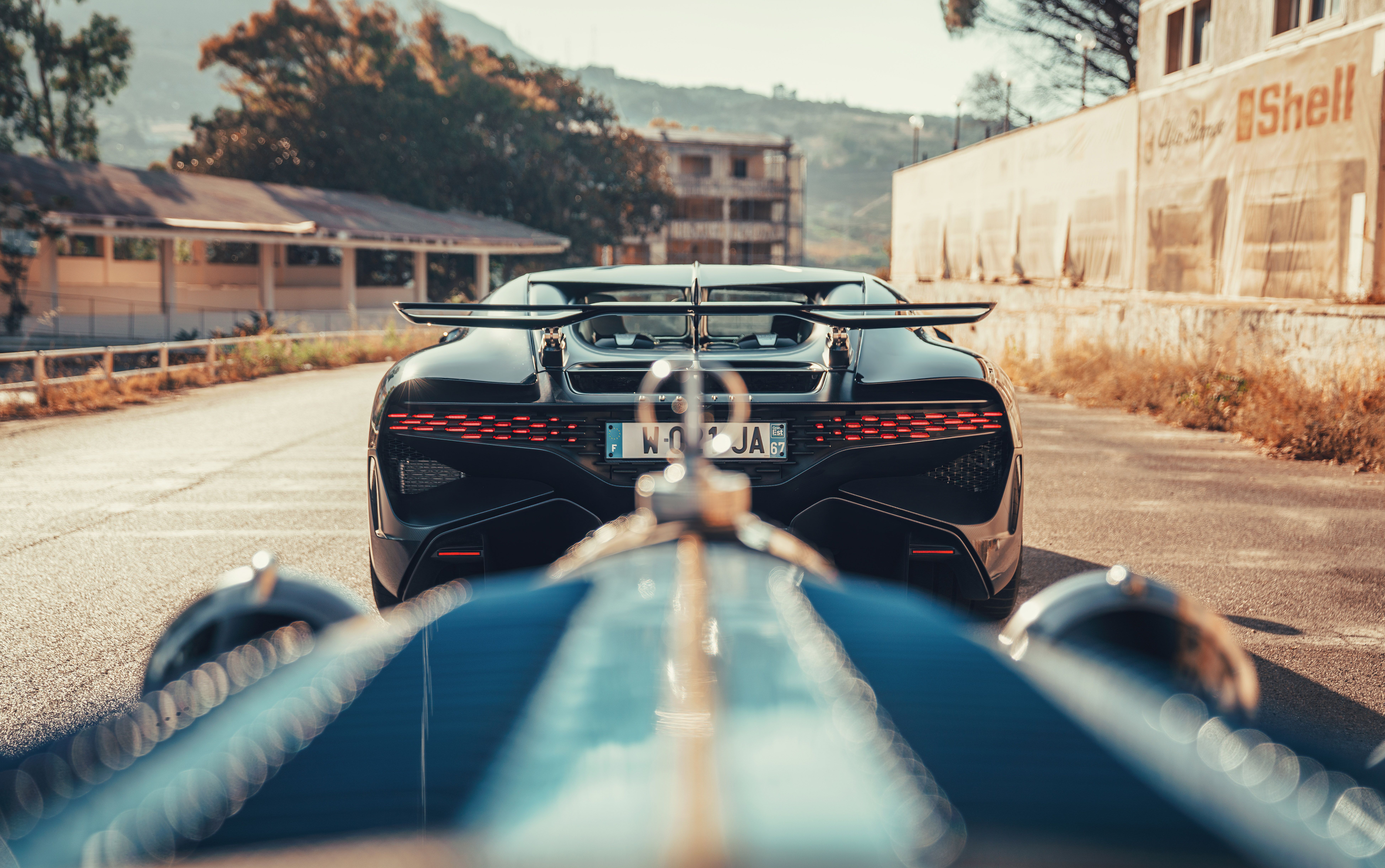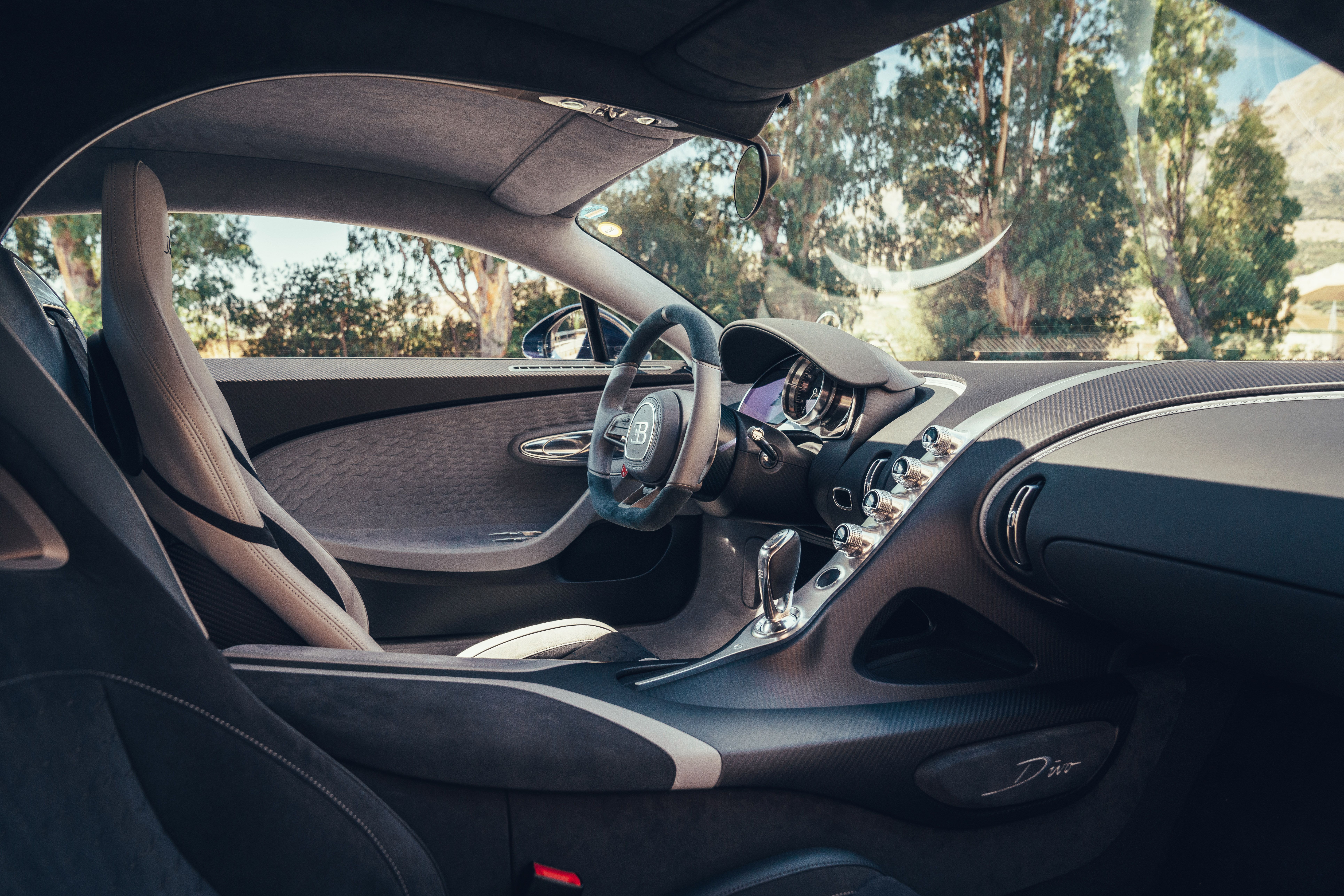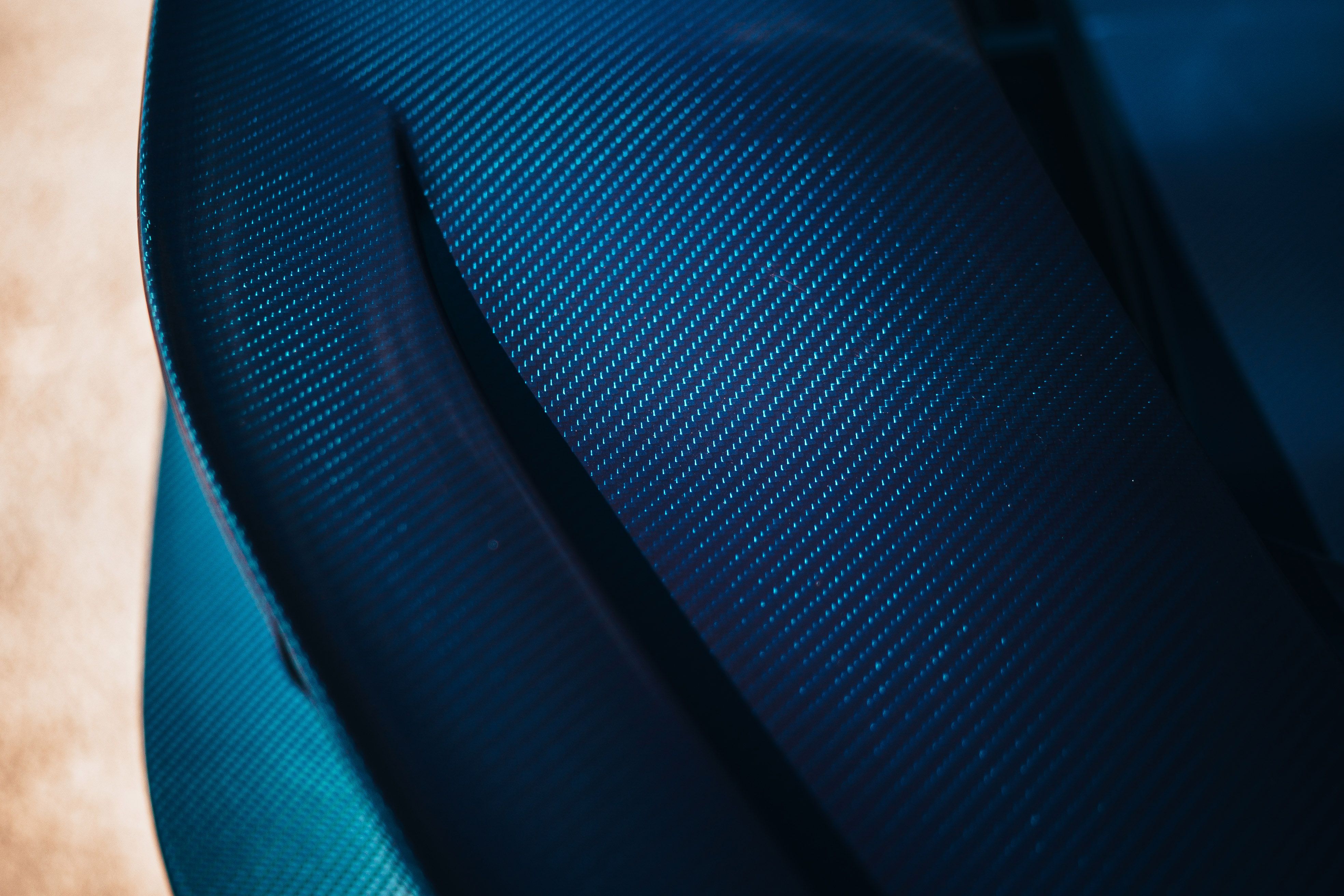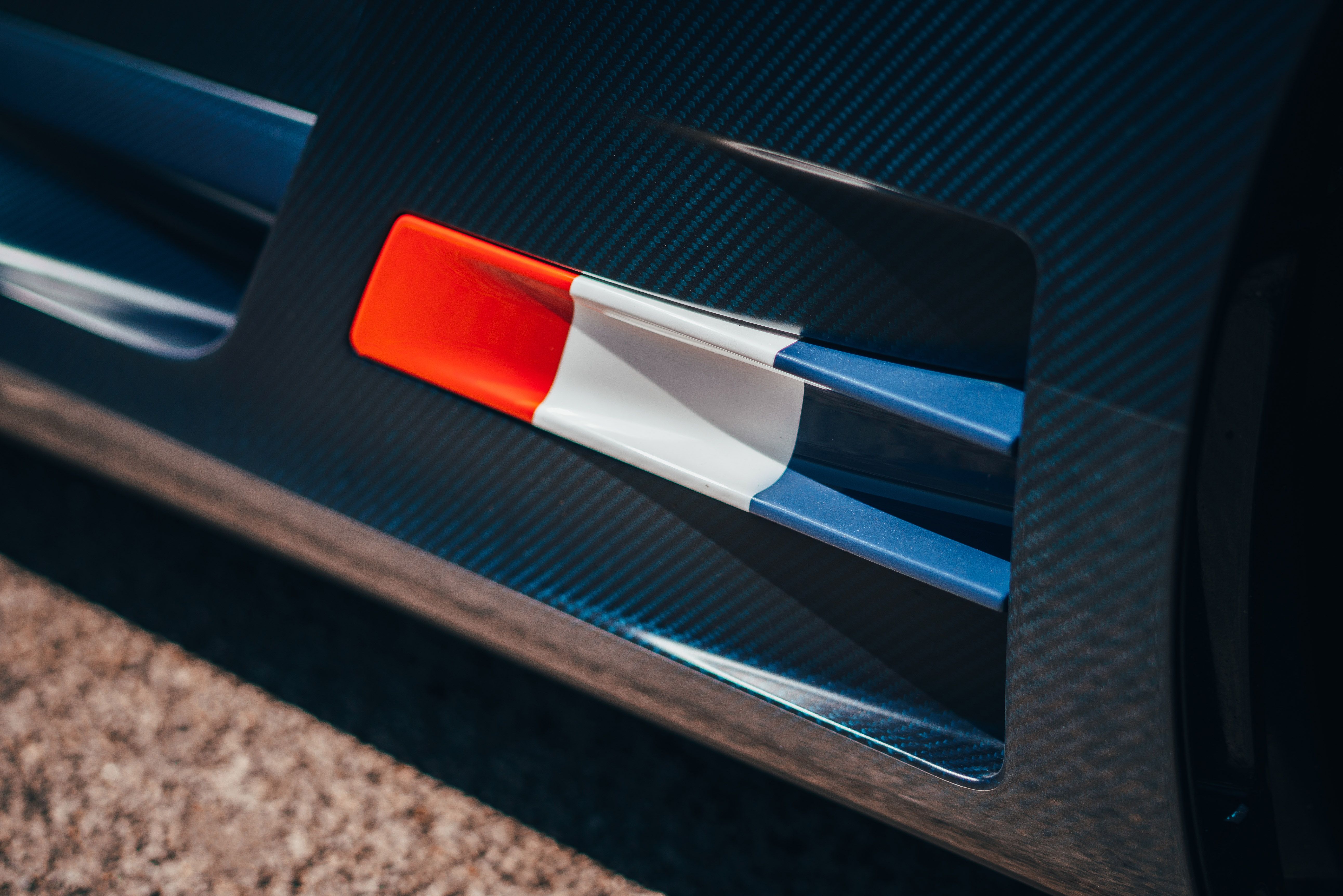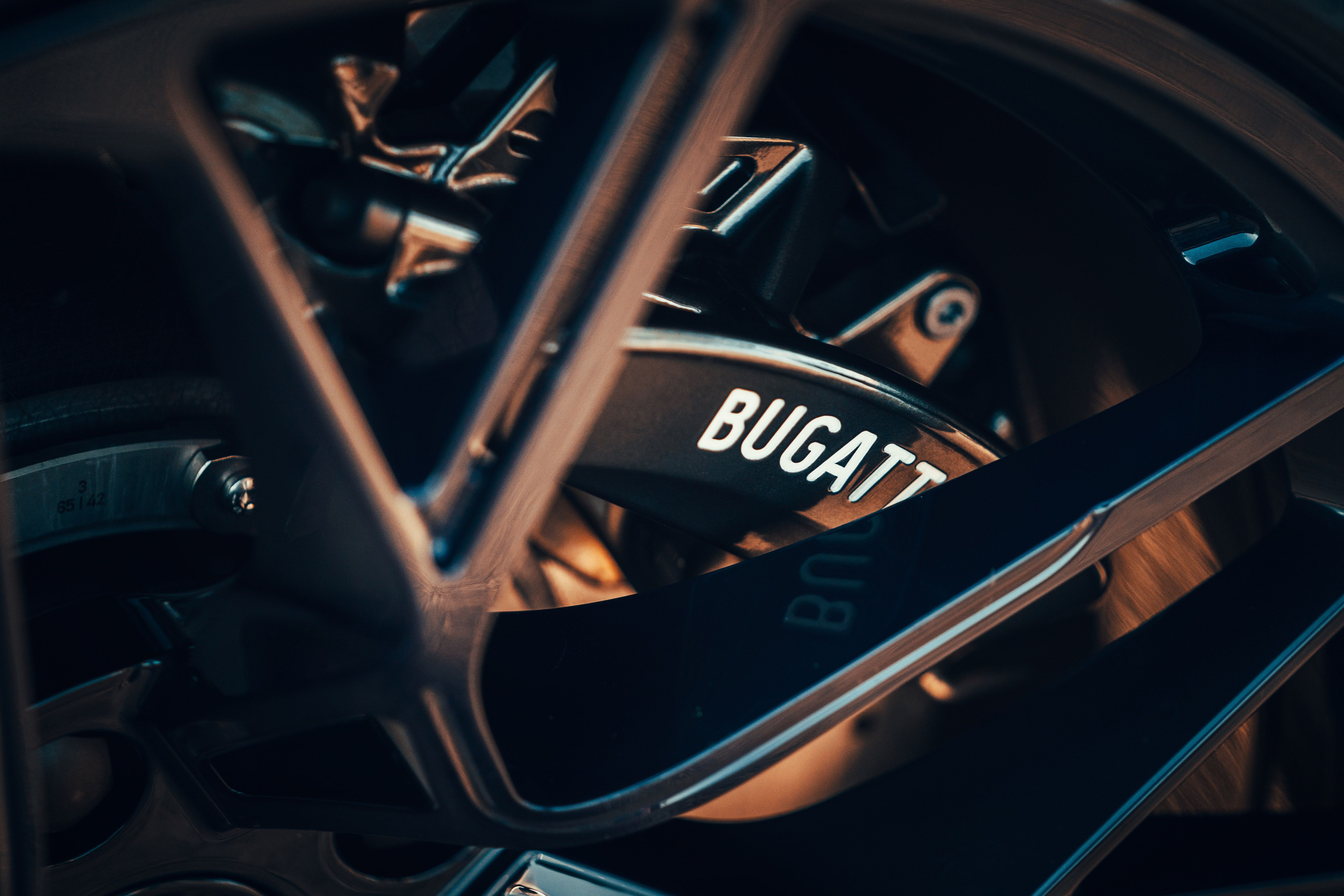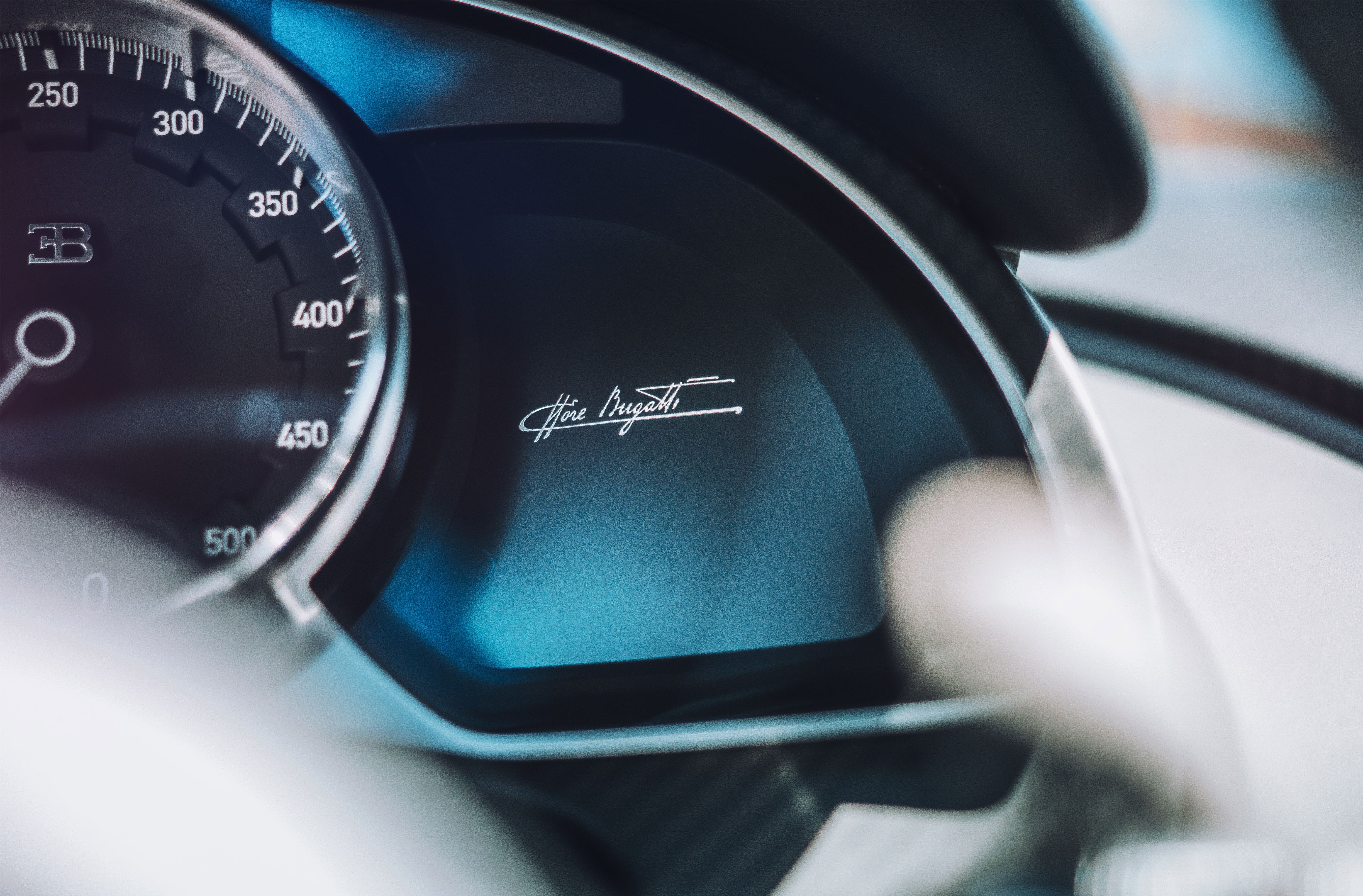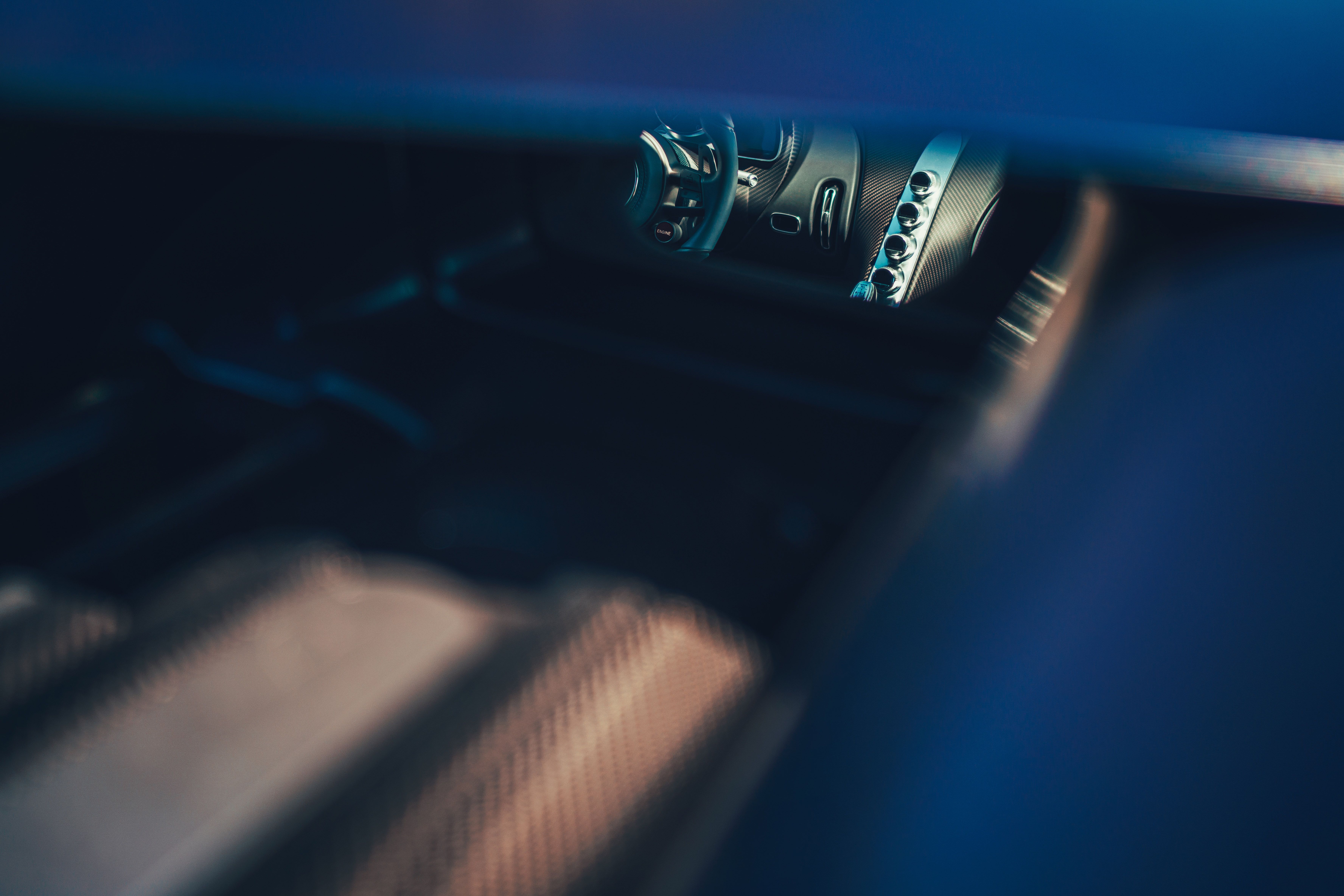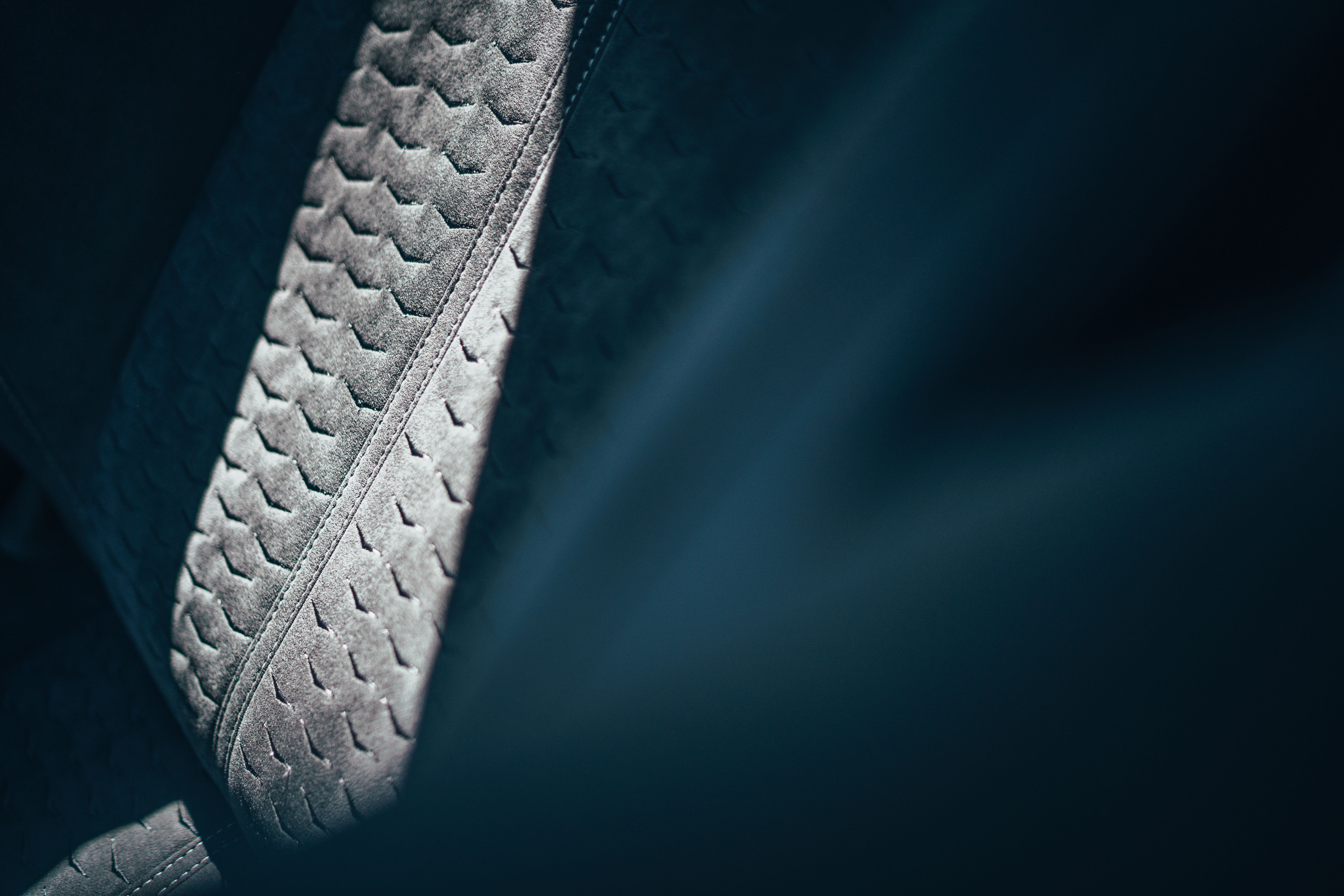The Bugatti Divo is a track-focused version of the Chiron. It's also the supercar through which Bugatti revived its coachbuilding tradition after seven decades. Although based on the Chiron, the Divo looks significantly different, boasting what appears to be a new design language.
The Divo isn't Bugatti's first attempt to turn the Chiron into a better car at the track. The Chiron Sport was the first to bring enhanced dynamics, but the Divo takes everything to a new level with significantly higher performance in terms of lateral acceleration, agility, and cornering. As Bugatti puts it, the Divo "is made for corners."
Just like the Chiron, the new supercar is named after a famous Bugatti racing driver. This time around, it's Albert Divo - a two-time winner of the Targa Florio race on the mountainous roads of Sicily in the late 1920s. Unlike the Chiron, which is limited to 500 units, the Divo will be built in only 40 examples. Let's see what makes it special.
2019 Bugatti Divo
- Make: Array
- Model: 2019 Bugatti Divo
- Engine/Motor: W16
- Horsepower: 1479
- Torque: 1180
- [do not use] Vehicle Model: Array
<
2019 Bugatti Divo Exterior
I'll be honest and admit that I expected the Divo to be just a slightly more aggressive version of the Chiron. More like the Vision Gran Turismo, but with less aggressive aerodynamics. I was wrong. The Divo is a significant departure from the Chiron.
Granted, you can still tell that it's based on the Chiron, but Bugatti obviously spent a lot of time designing the Divo. The front looks brand-new, with only the V-shaped hood somewhat similar to the Chiron. Everything else is different, starting with the headlamps that ditched the quad-lamp design. Instead, Bugatti mounted extremely thin lights at the edges of the fascia. The horseshoe grille is wider and goes all the way down to the splitter, which is also bigger and spawns two vertical fins to the sides.
The Chiron's boring side vents, which are rather small and have a rectangular shape, were replaced by much bigger openings. This new bumper provides higher downforce and sends more air to the brakes. More vents can be seen in the front hood, as well as between the V-shaped lid and the front fenders. The latter also sports louvers above the wheels, just like a full-fledged race car.
The Divo's profile has very little in common with the Chiron.
The roof of the Divo has been designed to form a NACA air duct. In combination with the engine hood, the roof helps send a very high air mass flow to the drivetrain for enhanced cooling. Which brings us to the rear, where Bugatti redesigned every since inch of the fascia. Arguably the biggest upgrade is the height-adjustable wing that functions as an air brake when turned forwards and is set to different angles for the individual driving modes. The new wing is 23 percent wider than the Chiron's at 72 inches.
Further below we can see a new taillights design. Integrated into the rear grille, it's made from several 3D-printed fins. A total of 44 of these fins light up, forming the light pattern of the Divo. At the outer edge, the fins become wider, creating a more intensive light. Towards the center of the fascia, they are narrower, resulting in gradual fading of the light. Pretty cool!
The bumper is a radical departure from the Chiron. There are massive vents toward the sides and a wider diffuser developed with greater efficiency in mind. Four tailpipes placed in the middle complete the look.
Needless to say, the Divo looks fantastic and you can tell it's more agile at the track just by looking at it. Bugatti finally ditched the potato-on-wheels appearance that plagued both the Veyron and the Chiron. Hurray for that!
2019 Bugatti Divo Interior
Only a few features set the Divo apart. First up, the seats have a new design that offers greater lateral support. Second, the steering wheel is partly covered with Alcantara and has larger shift paddles. Third, the center console armrest is larger for improved comfort.
In order to reduce weight, Bugatti removed the stowage compartments from the center console and door panels. Finally, the French firm used thinner insulation material, also to save weight. It doesn't say whether the cabin is noisier because of this though.
2019 Bugatti Divo Drivetrain
Under the Divo's hood lurks the same quad-turbo, 8.0-liter, W-16 engine from the Chiron.
Bugatti doesn't say if the Divo is quicker from 0 to 62 thanks to its revised aerodynamics, but the chances are that it runs the sprint as quick as the Chiron, which is rated at "less than 2.5 seconds."
While it's not quicker to 62 mph and its top speed has dropped compared to the Chiron, the Divo is a much faster car on the race track. According to Bugatti, the Divo lapped the Nardo track eight seconds quicker than the Chiron. That's because Bugatti focused on improving the car's cornering dynamics by updating the chassis and increasing the camber. The extra downforce, the more aerodynamic body, the lighter curb weight, and the upgraded brakes also contribute to this. The suspension and steering have also been set to return more direct response and sportier behavior in all models.
However, we still need to see this supercar at work on a race track like the Nurburgring before drawing a proper conclusion.
2019 Bugatti Divo Prices
Pricing for the Divo starts from €5 million in Europe, which is double the amount Bugatti is asking for the standard Chiron, priced from €2.4 million. It's also a lot more expensive than the Chiron Sport, priced from €2.65 million. But despite the massive tag, all 40 units were sold the day the Divo was unveiled to "a small group of selected Chiron customers."
U.S. pricing information is not yet available, but given that the Chiron Sport retails from $3.26 million here, the Divo likely costs around $6.2 million. Not that it matters with the entire production run already sold out.
The Divo is the most exclusive iteration of the Chiron yet. The supercar will be produced in 500 units.
2019 Bugatti Divo Competition
Koenigsegg Agera RS
While the Chiron is powerful and fast and thus it can be compared with most hypercars out there, it's not exactly suited to go against Koenigsegg supercars, which are proper track-ready vehicles. The Divo finally gives Bugatti access to this niche. While the Agera RS is no longer in production, it's obviously the car Bugatti aimed the Divo at. Sure, it won't be able to beat the Agera's 277.9-mph speed record, but it will the Swedish supercar a run for its money on every track in the world. Powered by a twin-turbo, 5.0-liter V-8, the Agera RS has no less than 1,341 horsepower at its disposal. Thanks to its lightweight design, which enables a 1:1 power-to-weight ratio, the Agera RS is astoundingly fast, needing less than 2.6 seconds to hit 60 mph. Only 25 were built, but the Divo's starting price of more than $6 million should be enough to secure an Agera RS on the used car market. But you'll have to wait a bit to find one for sale.
Read our full review of the 2015 Koenigsegg Agera RS.
SSC Tuatara
Bugatti and SSC have been at it since 2007 when the Ultimate Aero stole the world speed record for production cars from the Veyron. In 2010, Bugatti recaptured the flag with the Veyron Super Sport, and SSC disappeared as it began working on the Tuatara. Come 2018, and the Tuatara made its debut in production form, with sales to begin in 2019. While not exactly a track-prepped car, the Tuatara is significantly lighter at 2,750, which recommends it for track duty. Performance is provided by a twin-turbo, 5.9-liter V-8 rated at a whopping 1,750 horsepower when using E85 fuel. Specs aren't yet available, but the Tuatara should be able to hit 60 mph in less than 2.5 seconds. At the same time, SS claims that its top speed will exceed 300 mph. Pricing info is not yet available, but it will certainly cost less than the Divo. Look for a $2 million price tag for each of the 100 examples set to be built.
Read our full story on the 2019 SSC Tuatara.
Conclusion
The idea behind the Divo is one that Bugatti should have used more than a decade ago. Specifically, around the same time that it unleashed the Veyron. While it had the immense horsepower rating and the record-breaking top speed, the Veyron sucked as a track car. It was too heavy, it lacked the aerodynamics, and it also lacked the reliability, especially regarding the tires. The Chiron isn't any different. It's still massively heavy and it's only marginally quicker and faster than its predecessor. And while it's often compared to hypercars from McLaren or Koenigsegg, the Chiron is no match for the competition on the race track.
This is where the Divo comes in to partially fix this problem. I say "partially" because while it has the aerodynamics and the agility, the Divo is still significantly heavier than the competition. A track car shouldn't weight as much as a full-size sedan, no matter how powerful it is.
But moving on to the good parts, the Divo looks entirely different and it's much more aggressive. Bugatti ditched the potato-on-wheels look of the Veyron and Chiron and it's among the best things it did since 2005. Another cool thing is that the Divo revived Bugatti's coachbuilding program. Again, this is something that should have happened decades ago, when Bugatti returned to the market in the early 1990s. Hopefully, the Divo marks the beginning of a new era. One that will bring proper track cars with Bugatti badges and more bespoke bodies.
Further Reading
Read our full review on the 2018 Bugatti Chiron.
Read our full review on the 2018 Bugatti Chiron Sport.
Read our full review on the 2016 Bugatti Vision Gran Turismo.
Read more Pebble Beach Concours d'Elegance news.
Read more Bugatti news.

